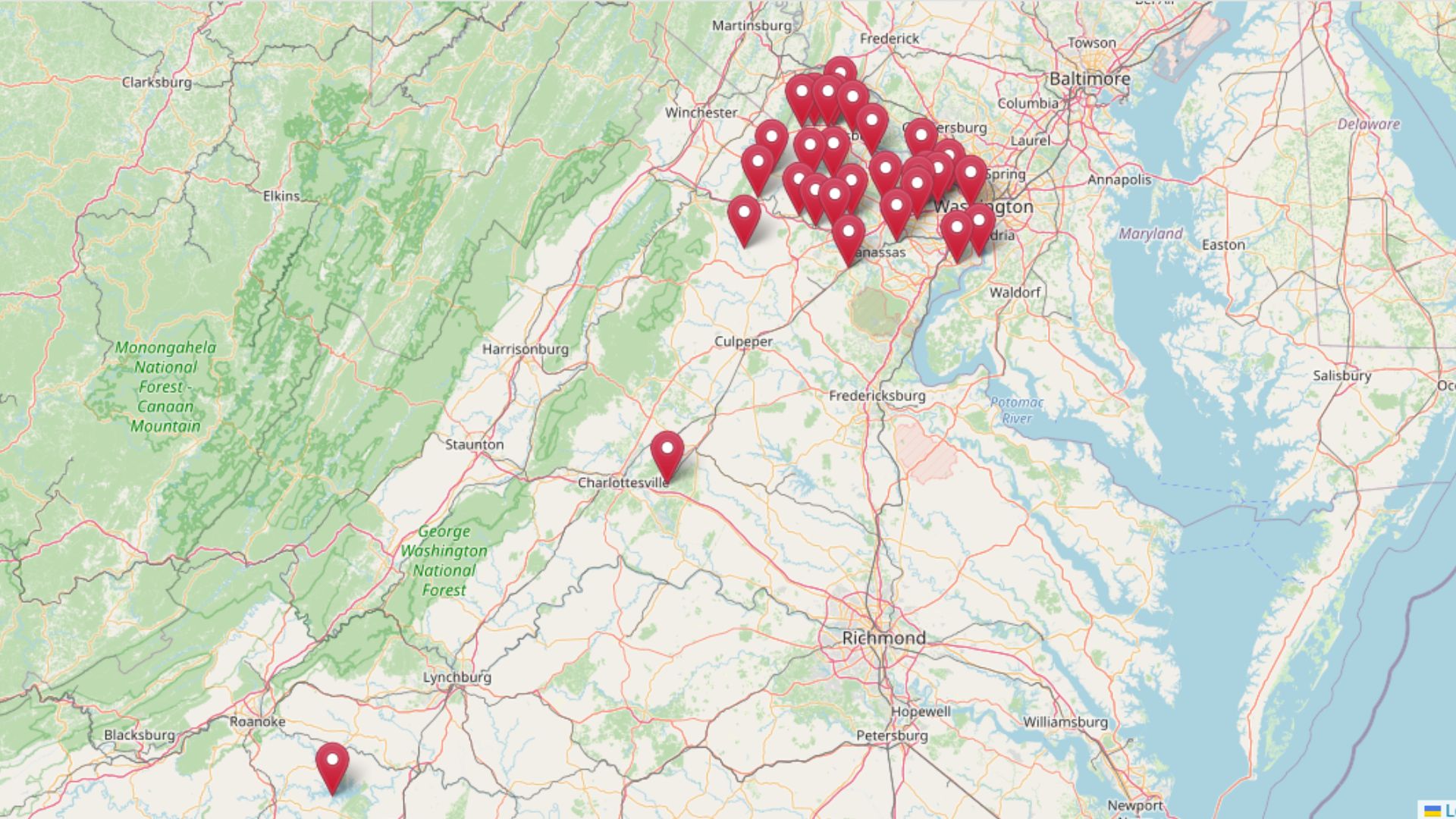
Using the latest Zillow Home Value Index data, we’ve analyzed the most expensive towns in Virginia based on current home prices. These aren’t just pricey places—they represent long-term investment potential, exclusive communities, and remarkable value appreciation over time.
From Northern Virginia’s tech corridors to Loudoun County’s horse country, each community on this list has demonstrated exceptional price growth since 2010. Whether you’re a buyer, seller, or curious about Virginia’s real estate patterns, this breakdown reveals where prices peaked—and the factors driving those numbers.
30. Fairfax – 82% Home Price Increase Since 2010
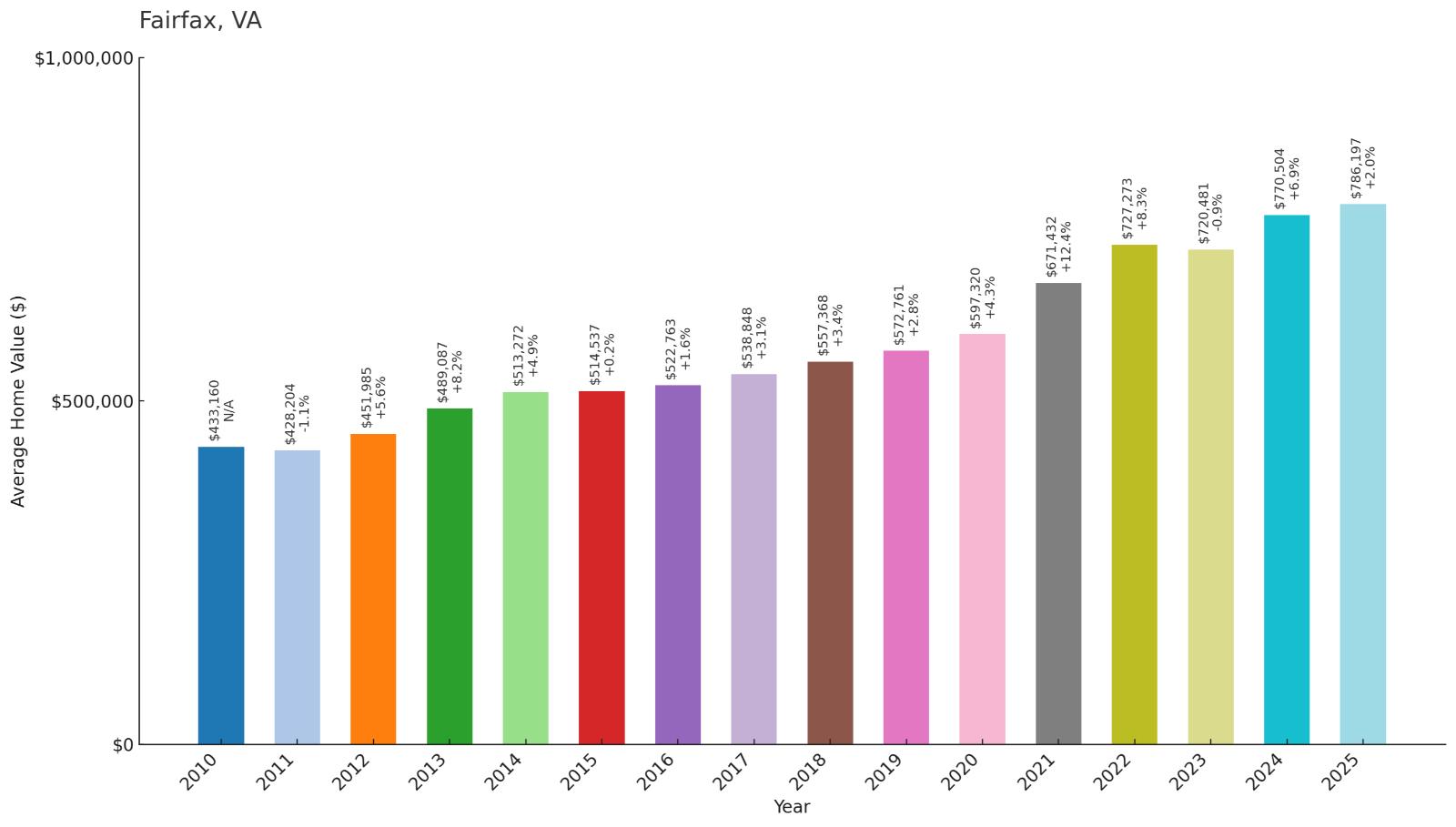
- 2010: $433,160
- 2011: $428,204
- 2012: $451,985
- 2013: $489,087
- 2014: $513,272
- 2015: $514,537
- 2016: $522,763
- 2017: $538,848
- 2018: $557,368
- 2019: $572,761
- 2020: $597,320
- 2021: $671,432
- 2022: $727,273
- 2023: $720,481
- 2024: $770,504
- 2025: $786,197
Fairfax has maintained steady growth over 15 years, with only a minor dip in 2023 before bouncing back. The 82% increase reflects the town’s appeal to government workers and tech professionals. By 2025, median home prices reached $786,197, showing consistent demand in this Northern Virginia hub.
Why Fairfax?
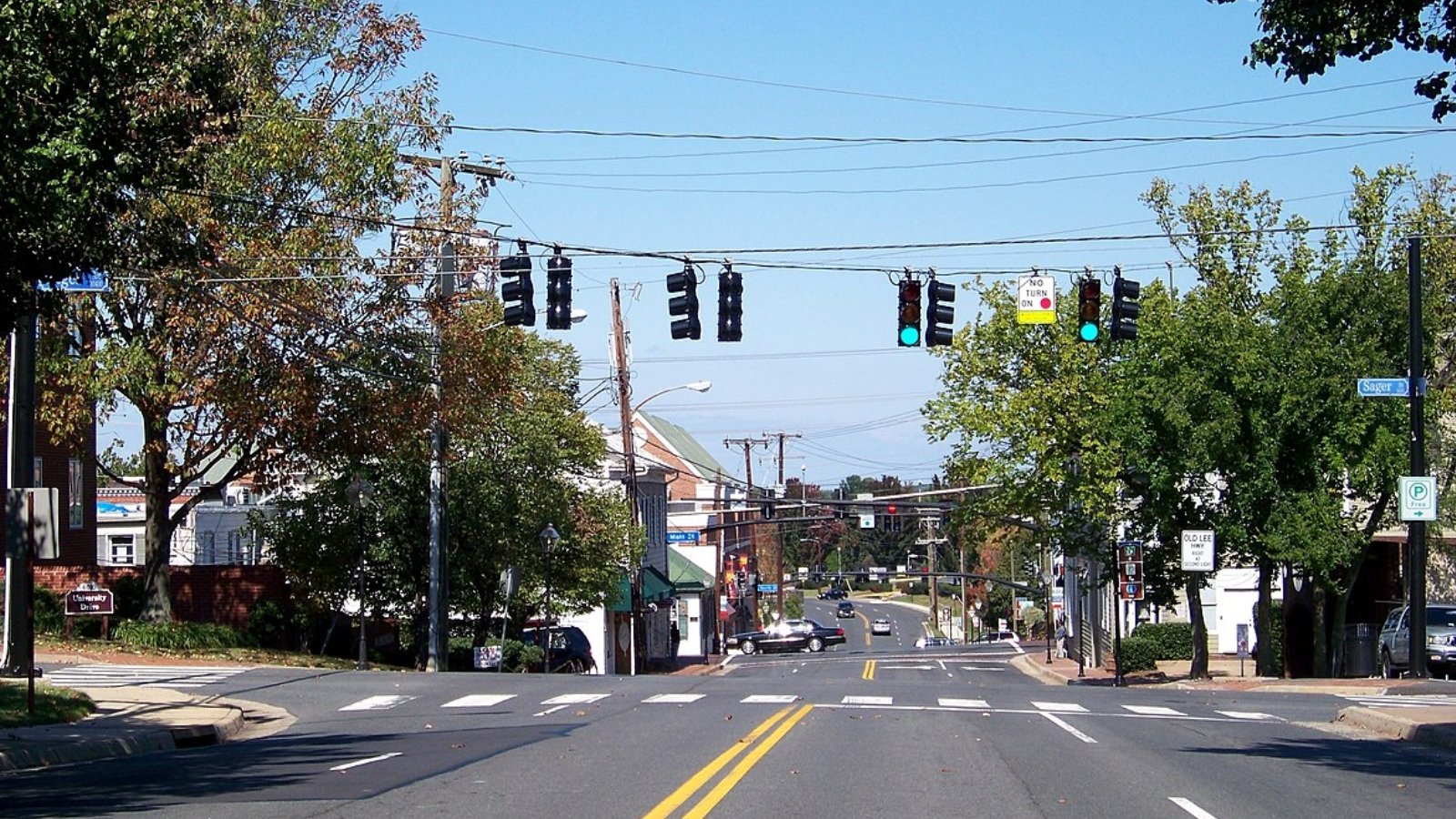
Why are people willing to pay so much to live here? What’s special about it?
Fairfax attracts families seeking top-rated schools, low crime rates, and easy access to Washington D.C. jobs. The town balances suburban convenience with urban amenities, offering shopping centers, parks, and cultural venues within minutes. Government employees and contractors appreciate the location, while families value the community feel and excellent public services.
Unlike many suburban areas, Fairfax maintains its own identity while providing Metro access and major highway connections. The George Mason University campus adds vitality and cultural activities, while established neighborhoods offer both historic charm and modern conveniences.
How Fairfax Rose to Prominence
Fairfax’s prominence grew from its role as a government center in Northern Virginia, particularly during the post-World War II suburban expansion. Originally settled in the 1740s and named after Thomas Fairfax, the area remained largely agricultural until the 20th century brought federal government growth to the region.
The city became the Fairfax County seat in 1800, establishing its administrative importance. As Washington D.C. expanded its workforce, especially during and after the Cold War, Fairfax became a prime location for federal employees seeking suburban living with city access. The arrival of George Mason University in 1972 further elevated the area’s profile and economic base.
3 Interesting Tidbits
- Civil War History – Fairfax changed hands multiple times during the Civil War, with both Union and Confederate forces occupying the town at different periods.
- University Town – George Mason University’s 30,000+ students and faculty contribute significantly to the local economy and cultural scene.
- Transportation Hub – The Vienna/Fairfax Metro station provides direct access to downtown D.C., making it a prime commuter location.
29. Nokesville – 99% Home Price Increase Since 2010

- 2010: $399,131
- 2011: $391,548
- 2012: $394,833
- 2013: $429,753
- 2014: $457,579
- 2015: $466,596
- 2016: $471,045
- 2017: $493,700
- 2018: $514,913
- 2019: $527,759
- 2020: $552,860
- 2021: $661,521
- 2022: $731,913
- 2023: $725,795
- 2024: $766,149
- 2025: $792,330
Nokesville has nearly doubled in value since 2010, showing remarkable 99% growth despite early years of modest gains. The pandemic period brought accelerated appreciation, with home values jumping from $552,860 in 2020 to over $730,000 by 2022. Current prices at $792,330 reflect strong rural demand and limited inventory.
Why Nokesville?
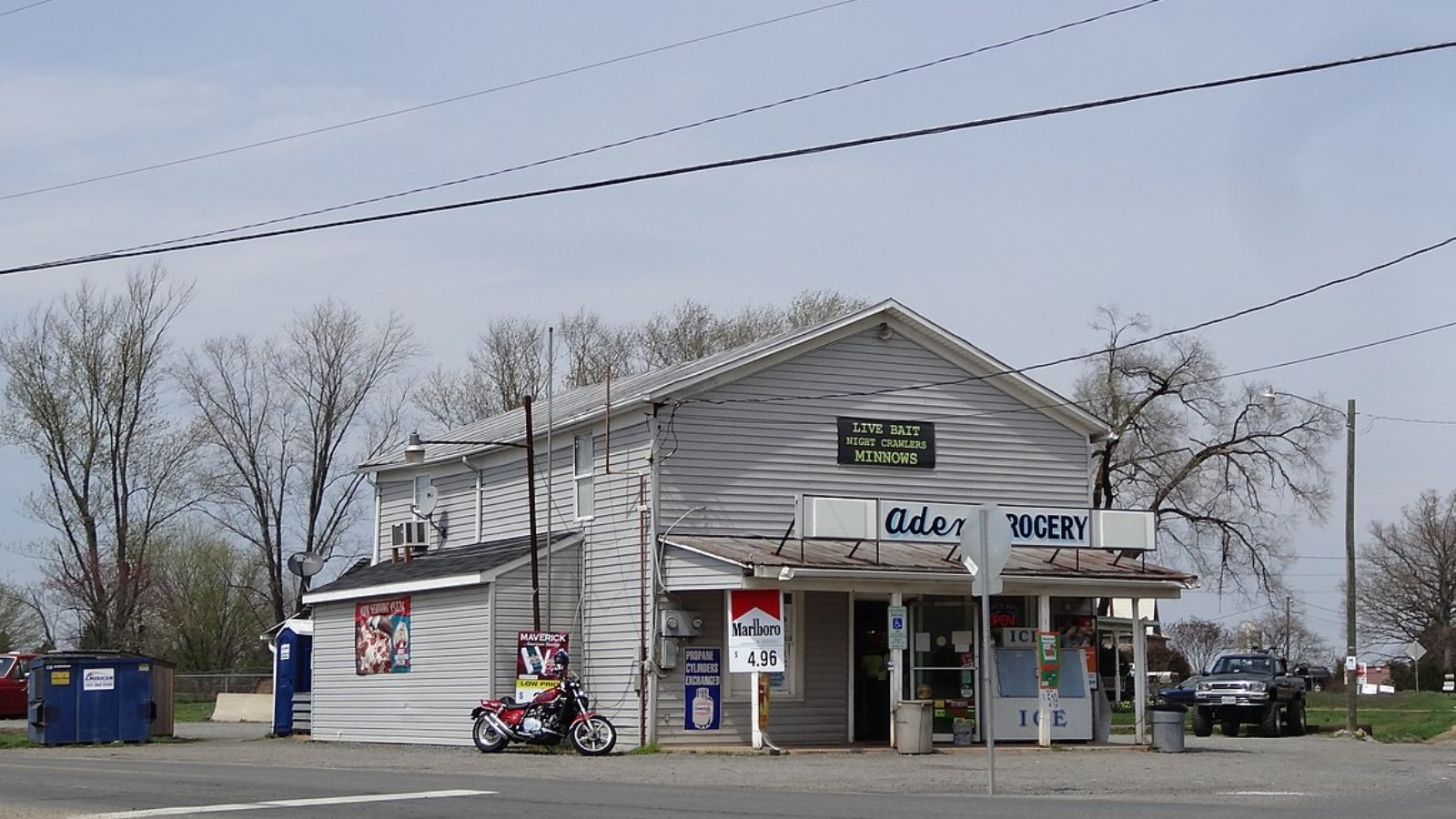
Why are people willing to pay so much to live here? What’s special about it?
Nokesville offers large lots, custom homes, and rural tranquility while remaining within commuting distance of D.C. metro jobs. Families appreciate the space for horses, gardens, and outdoor activities that urban areas can’t provide. The community maintains a small-town feel with local events, volunteer fire departments, and agricultural heritage.
Home buyers seeking privacy and land often find Nokesville appealing for its 5-10 acre parcels and newer construction. The area provides a compromise between rural living and suburban convenience, with shopping and services available in nearby Manassas and Gainesville.
How Nokesville Rose to Prominence
Nokesville’s development paralleled the westward expansion of Northern Virginia’s suburbs during the late 20th century. Originally a rural farming community in Prince William County, the area remained largely agricultural until suburban growth pressures increased land values and development interest.
The community’s prominence grew as Northern Virginia’s job market expanded and families sought larger properties outside the urban core. Unlike dense suburban developments, Nokesville attracted buyers wanting custom homes on substantial acreage, creating a niche market for rural luxury living within commuting distance of major employment centers.
3 Interesting Tidbits
- Horse Country – Many properties include stables and pastures, reflecting the area’s equestrian culture and agricultural heritage.
- Volunteer Community – The Nokesville Volunteer Fire Department has served the community since 1958, representing strong local civic engagement.
- Rural Roads – Many homes sit on private roads or large parcels, providing the privacy and space that attract buyers to the area.
28. Fort Belvoir – 65% Home Price Increase Since 2010
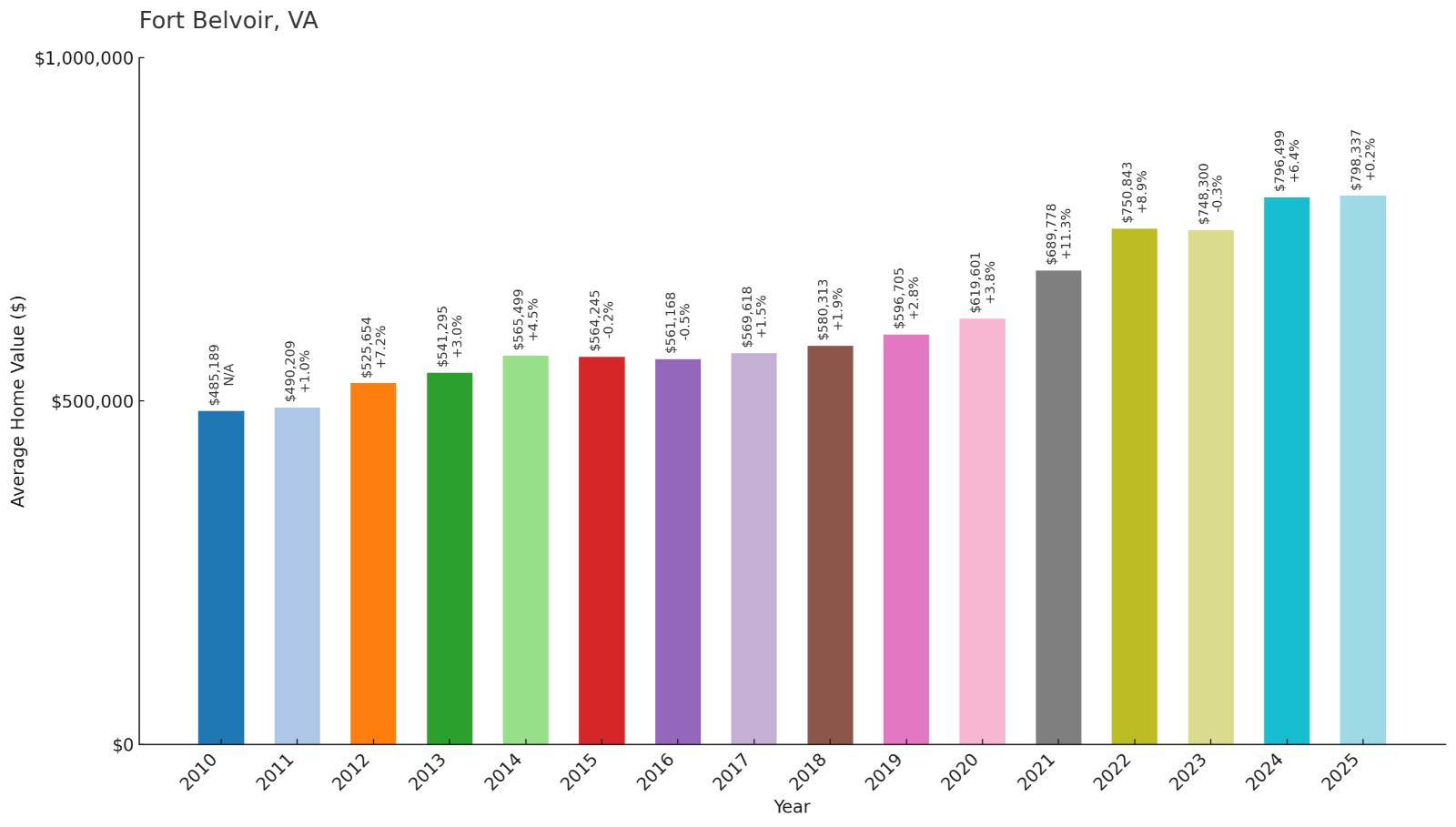
- 2010: $485,189
- 2011: $490,209
- 2012: $525,654
- 2013: $541,295
- 2014: $565,499
- 2015: $564,245
- 2016: $561,168
- 2017: $569,618
- 2018: $580,313
- 2019: $596,705
- 2020: $619,601
- 2021: $689,778
- 2022: $750,843
- 2023: $748,300
- 2024: $796,499
- 2025: $798,337
Fort Belvoir has shown steady 65% growth since 2010, starting from a higher baseline than many communities. The area experienced consistent appreciation through most years, with significant jumps during 2021-2022. Current values at $798,337 reflect the premium location near the military installation and D.C. access.
Why Fort Belvoir?
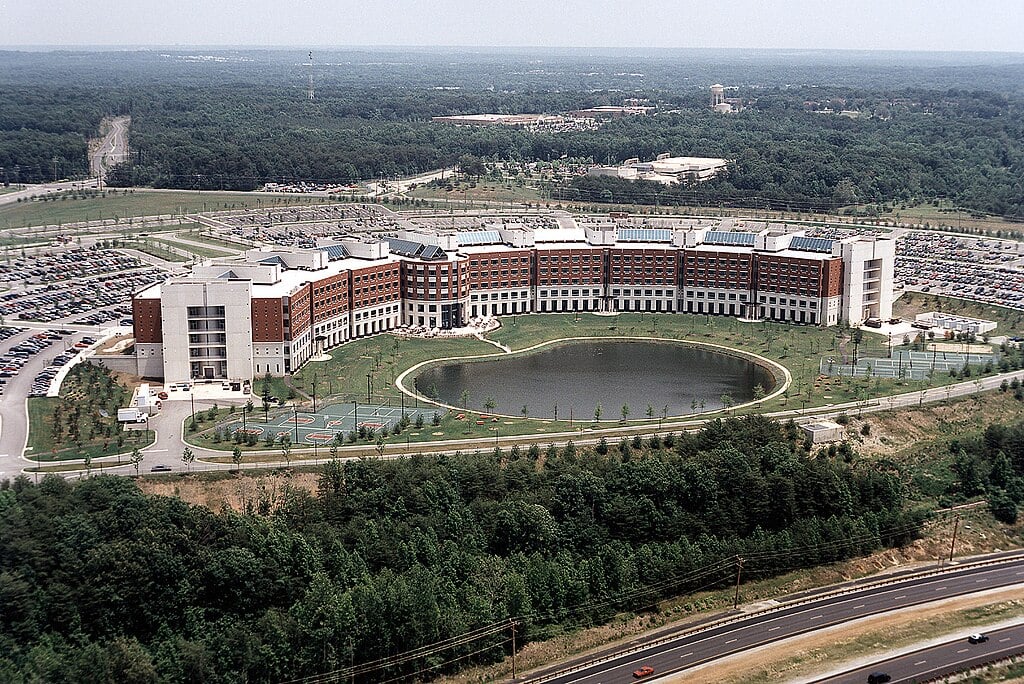
Why are people willing to pay so much to live here? What’s special about it?
Fort Belvoir attracts military families, government contractors, and federal employees seeking proximity to the base and Pentagon. The area offers newer neighborhoods, quality schools, and a strong sense of community among military and civilian residents. Security and stability are key factors for families choosing this location.
The community provides easy access to both military facilities and civilian amenities, with shopping centers, recreational facilities, and transportation links nearby. Many residents appreciate the mix of military culture and suburban convenience, creating a unique living environment.
How Fort Belvoir Rose to Prominence
Fort Belvoir’s residential prominence developed alongside the military installation’s expansion, particularly during the Base Realignment and Closure (BRAC) process in the 2000s. As the Army consolidated operations at Fort Belvoir, housing demand increased significantly in the surrounding area.
The installation’s transformation from a small engineering post to a major military hub brought thousands of new personnel and their families to the region. This growth spurred residential development and infrastructure improvements, establishing the area as a key military community in Northern Virginia.
3 Interesting Tidbits
- BRAC Impact – The 2005 Base Realignment and Closure decisions moved numerous military commands to Fort Belvoir, driving local housing demand.
- Security Focus – The area’s proximity to sensitive military facilities creates a unique security-conscious community environment.
- Mixed Community – Both military and civilian families live in the area, creating diverse neighborhoods with shared patriotic values.
27. Broad Run – 116% Home Price Increase Since 2010

- 2010: $371,021
- 2011: $397,784
- 2012: $395,663
- 2013: $425,547
- 2014: $452,200
- 2015: $456,743
- 2016: $470,468
- 2017: $490,341
- 2018: $514,387
- 2019: $528,230
- 2020: $543,032
- 2021: $654,567
- 2022: $723,278
- 2023: $735,414
- 2024: $770,646
- 2025: $802,249
Broad Run has more than doubled in value with a remarkable 116% increase since 2010. The community showed steady growth through the 2010s, then accelerated dramatically during the pandemic years. Current prices at $802,249 represent strong buyer demand for this Loudoun County location.
Why Broad Run
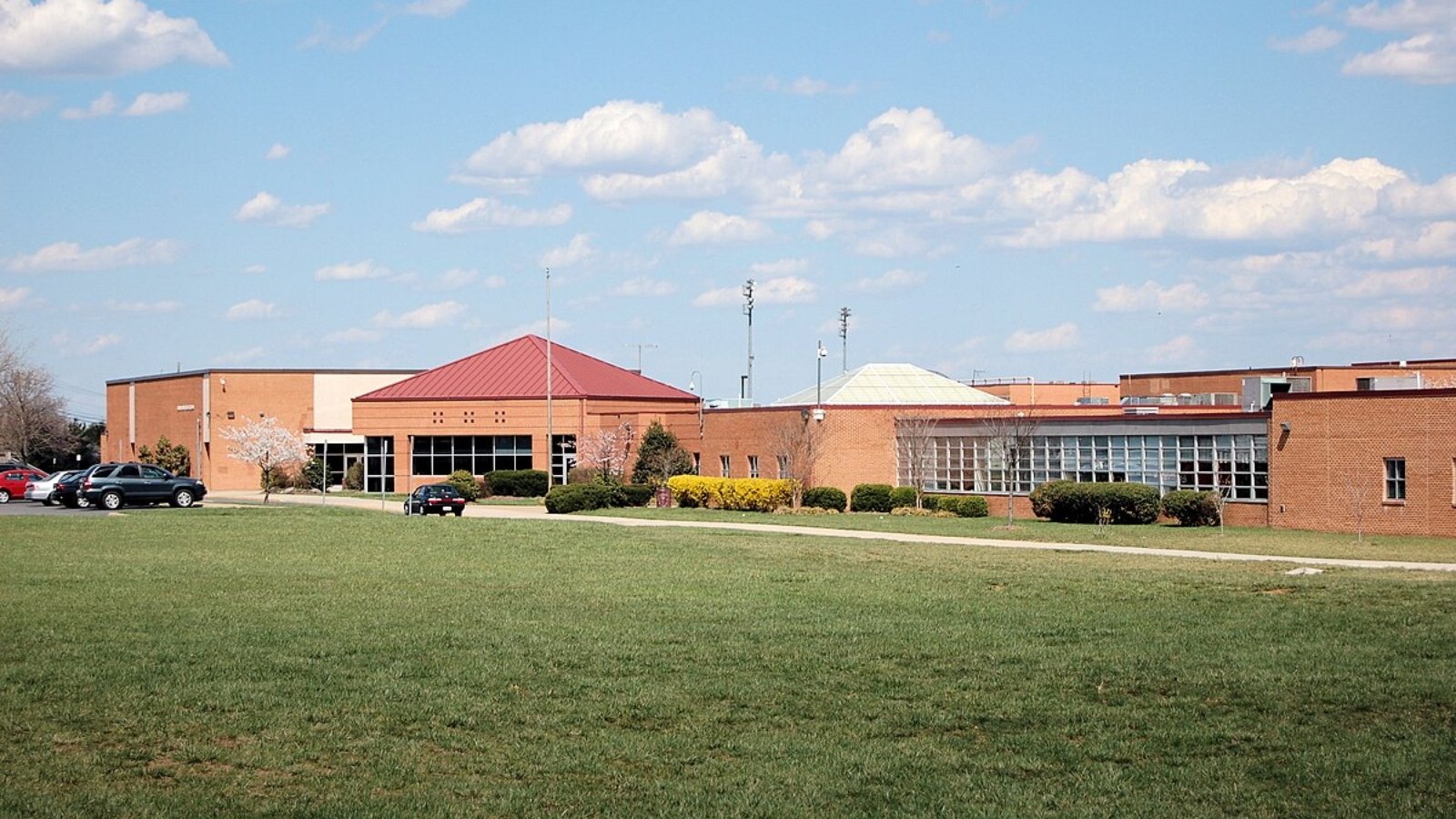
Why are people willing to pay so much to live here? What’s special about it?
Broad Run offers executive-level homes on large lots in one of Virginia’s most desirable counties. Families value the excellent schools, low crime rates, and upscale suburban atmosphere that Loudoun County provides. The area attracts high-income professionals working in technology, government, and consulting.
The community features newer construction, planned neighborhoods, and easy access to Dulles Airport and major employment centers. Residents appreciate the balance of suburban amenities and rural charm, with parks, trails, and recreational facilities throughout the area.
How Broad Run Rose to Prominence
Broad Run’s prominence emerged during Loudoun County’s transformation from rural farmland to suburban powerhouse in the 1990s and 2000s. The area’s development coincided with the technology boom in Northern Virginia, particularly the growth of data centers and tech companies in the Dulles corridor.
As Loudoun County became known for its excellent schools and family-friendly communities, Broad Run attracted affluent families seeking newer homes and larger lots. The area’s master-planned communities and proximity to both urban amenities and rural landscapes made it particularly appealing to upwardly mobile professionals.
3 Interesting Tidbits
- Tech Hub Proximity – The area benefits from its location near major technology companies and data centers in the Dulles corridor.
- Master Planning – Many neighborhoods feature carefully planned communities with amenities like trails, parks, and recreational facilities.
- School Excellence – Loudoun County’s highly-rated school system is a major draw for families considering the area.
26. Ashburn – 93% Home Price Increase Since 2010
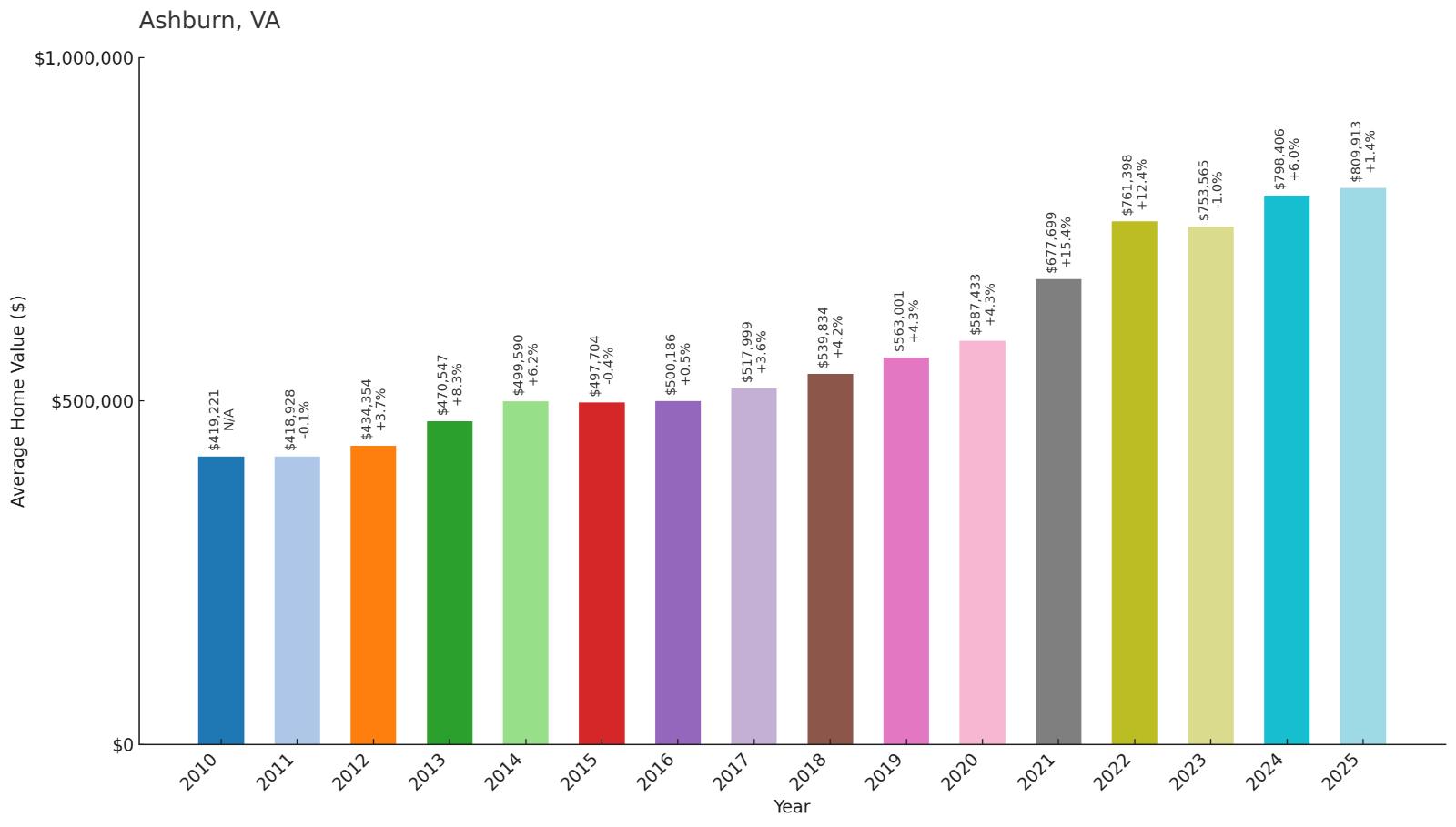
- 2010: $419,221
- 2011: $418,928
- 2012: $434,354
- 2013: $470,547
- 2014: $499,590
- 2015: $497,704
- 2016: $500,186
- 2017: $517,999
- 2018: $539,834
- 2019: $563,001
- 2020: $587,433
- 2021: $677,699
- 2022: $761,398
- 2023: $753,565
- 2024: $798,406
- 2025: $809,913
Ashburn has achieved 93% growth since 2010, with particularly strong appreciation during the pandemic years. The community showed steady progress through the 2010s before accelerating significantly after 2020. Current values at $809,913 reflect Ashburn’s status as a premier Northern Virginia suburb.
Why Ashburn?

Why are people willing to pay so much to live here? What’s special about it?
Ashburn attracts technology professionals, government workers, and entrepreneurs drawn to its modern amenities and excellent schools. The area offers newer homes, shopping centers, recreational facilities, and easy Metro access to Washington D.C. Families appreciate the planned communities and suburban convenience.
The community provides a high quality of life with parks, sports facilities, cultural venues, and dining options that rival urban areas. Ashburn’s reputation for safety, schools, and property values makes it particularly attractive to affluent families and young professionals.
How Ashburn Rose to Prominence
Ashburn’s rise paralleled the explosive growth of Northern Virginia’s technology sector during the 1990s and 2000s. Originally farmland, the area transformed into a major suburban center as telecommunications and internet companies established operations in the Dulles corridor.
The arrival of AOL’s headquarters in nearby Dulles, along with numerous data centers and tech companies, created a high-income job base that drove residential development. Ashburn became synonymous with planned communities, new construction, and the “internet capital of the world” due to its data center concentration.
3 Interesting Tidbits
- Data Center Capital – Ashburn houses more internet traffic than any other location in the world, earning the nickname “the internet capital.”
- Metro Extension – The Silver Line extension brought Metro service to Ashburn, significantly boosting property values and development.
- Corporate Campus – Major technology companies have established significant operations in and around Ashburn, creating a strong job market.
25. Chantilly – 93% Home Price Increase Since 2010
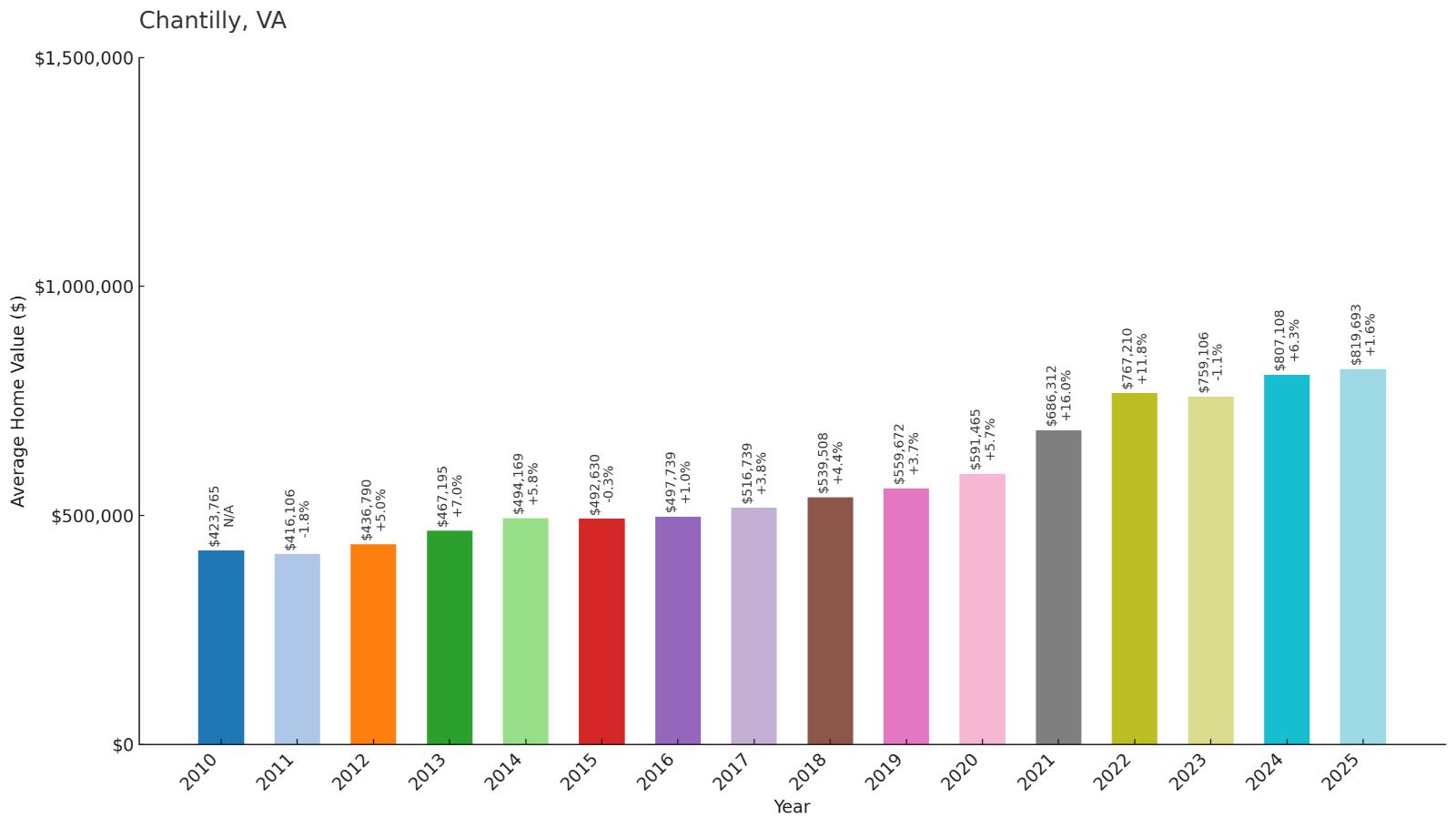
- 2010: $423,765
- 2011: $416,106
- 2012: $436,790
- 2013: $467,195
- 2014: $494,169
- 2015: $492,630
- 2016: $497,739
- 2017: $516,739
- 2018: $539,508
- 2019: $559,672
- 2020: $591,465
- 2021: $686,312
- 2022: $767,210
- 2023: $759,106
- 2024: $807,108
- 2025: $819,693
Chantilly matches Ashburn’s 93% growth rate, demonstrating consistent appreciation across 15 years. The area experienced steady gains through the 2010s, with dramatic increases during 2021-2022. Current prices at $819,693 show Chantilly’s appeal to Northern Virginia’s affluent residents.
Why Chantilly?
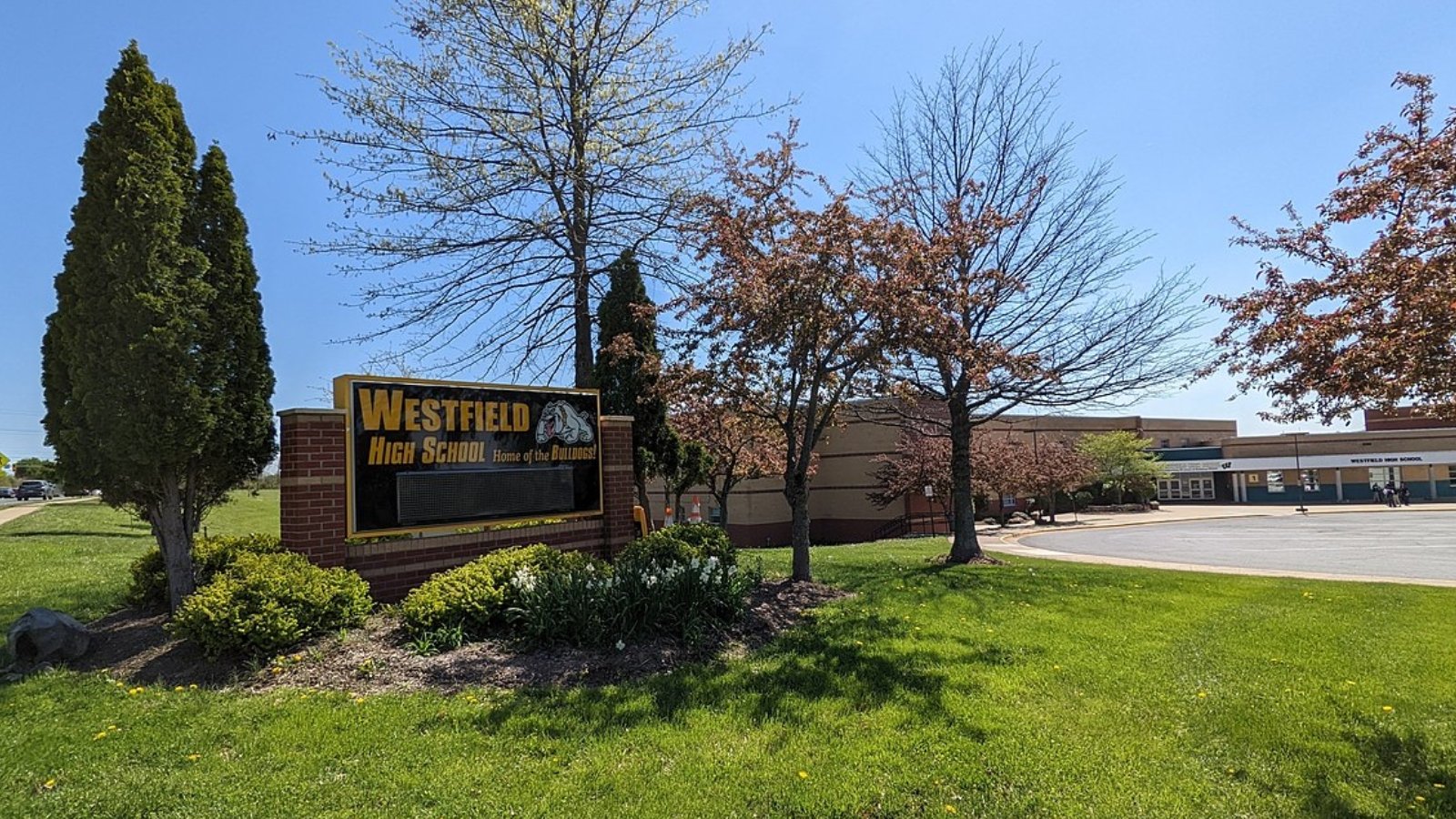
Why are people willing to pay so much to live here? What’s special about it?
Chantilly offers a perfect blend of suburban convenience and rural charm, attracting families seeking space and quality schools. The area features established neighborhoods, newer developments, and easy access to Dulles Airport and major employment centers. Government contractors and technology workers particularly value the location.
The community provides excellent recreational facilities, including parks, sports complexes, and cultural venues, while maintaining a small-town atmosphere. Residents appreciate the balance of modern amenities and historic character that defines the area.
How Chantilly Rose to Prominence
Chantilly’s prominence developed gradually as Northern Virginia transformed from rural countryside to suburban powerhouse during the late 20th century. The area’s location between Washington D.C. and Dulles Airport made it attractive for both residential development and commercial growth.
The community’s development accelerated with the growth of government contracting and technology industries in the region. Chantilly attracted families seeking newer homes with larger lots than closer-in suburbs could provide, while still maintaining reasonable commuting distances to major job centers.
3 Interesting Tidbits
- Steven F. Udvar-Hazy Center – The Smithsonian’s National Air and Space Museum annex is located in Chantilly, featuring the Space Shuttle Discovery.
- Historic Crossroads – The area was historically known as a crossroads community, which continues to define its character today.
- Corporate Headquarters – Several major corporations have established operations in Chantilly, contributing to the local economy and property values.
24. Arlington – 63% Home Price Increase Since 2010
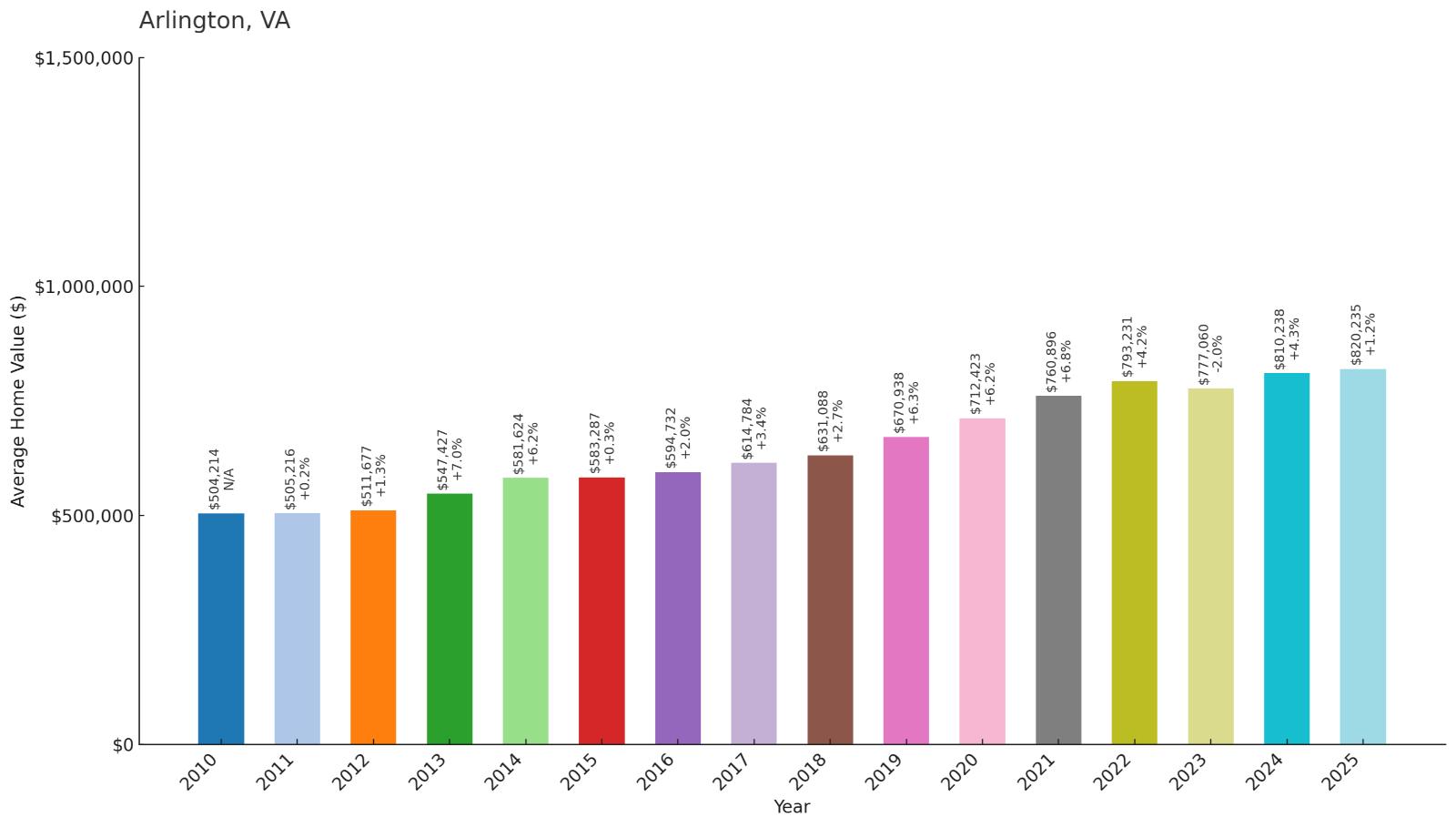
- 2010: $504,214
- 2011: $505,216
- 2012: $511,677
- 2013: $547,427
- 2014: $581,624
- 2015: $583,287
- 2016: $594,732
- 2017: $614,784
- 2018: $631,088
- 2019: $670,938
- 2020: $712,423
- 2021: $760,896
- 2022: $793,231
- 2023: $777,060
- 2024: $810,238
- 2025: $820,235
Arlington shows 63% growth despite starting from a higher baseline in 2010. The area maintained steady appreciation throughout the period, with consistent year-over-year gains. Current values at $820,235 reflect Arlington’s prime location and strong market fundamentals.
Why Arlington?
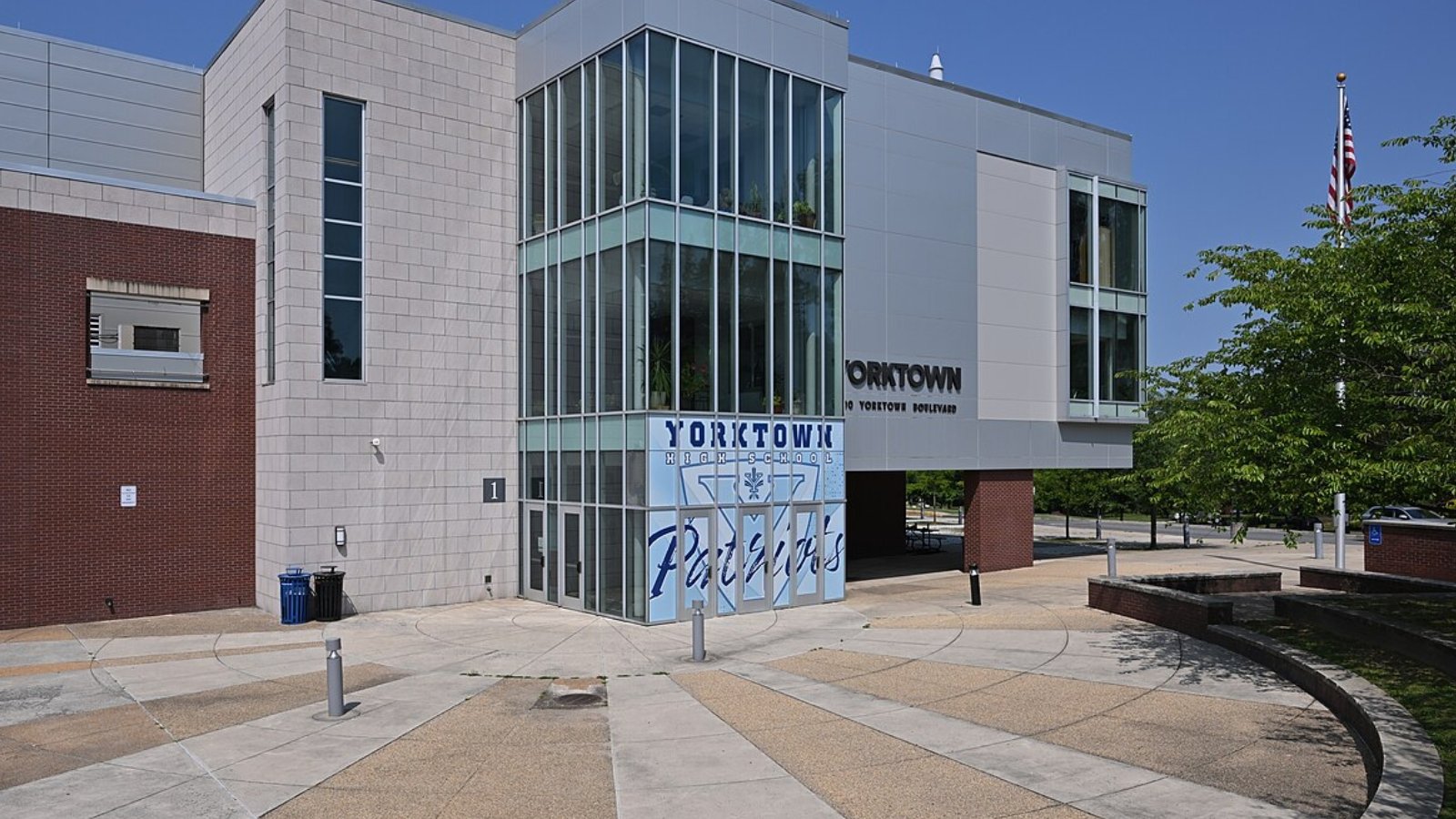
Why are people willing to pay so much to live here? What’s special about it?
Arlington offers unmatched access to Washington D.C. jobs via Metro, making it ideal for federal employees, lobbyists, and professionals. The area combines urban amenities with suburban neighborhoods, featuring excellent restaurants, shopping, parks, and cultural venues. Young professionals and established families both find Arlington appealing.
The community provides walkable neighborhoods, diverse housing options, and strong public services including schools and transportation. Arlington’s location across the Potomac from D.C. offers the benefits of metropolitan living with Virginia’s lower taxes and suburban feel.
How Arlington Rose to Prominence
Arlington’s prominence stems from its unique position as the closest Virginia suburb to Washington D.C., established when the area was retroceded from the District of Columbia in 1846. The community’s development accelerated during World War II with the construction of the Pentagon and subsequent government expansion.
The arrival of Metro rail service in the 1970s transformed Arlington into a premier commuter location, spurring high-rise development and urban-style living unique in suburban Virginia. Arlington became a model for transit-oriented development and smart growth planning.
3 Interesting Tidbits
- Pentagon Location – Arlington houses the Pentagon, making it the center of American military operations and attracting defense contractors and government workers.
- Metro Pioneer – Arlington was among the first suburban areas to embrace Metro rail, shaping its development around transit-oriented design.
- Urban Village – The county has successfully created urban-style neighborhoods while maintaining its suburban character and governance structure.
23. Haymarket – 90% Home Price Increase Since 2010

- 2010: $432,526
- 2011: $430,687
- 2012: $435,841
- 2013: $471,912
- 2014: $500,389
- 2015: $507,321
- 2016: $505,415
- 2017: $514,080
- 2018: $532,404
- 2019: $551,985
- 2020: $574,080
- 2021: $685,515
- 2022: $775,655
- 2023: $757,489
- 2024: $801,186
- 2025: $820,327
Haymarket achieved 90% growth since 2010, with steady appreciation through most years and significant jumps during the pandemic period. The area showed resilience during the 2015-2016 plateau before resuming upward momentum. Current prices at $820,327 reflect strong demand for this Prince William County community.
Why Haymarket?
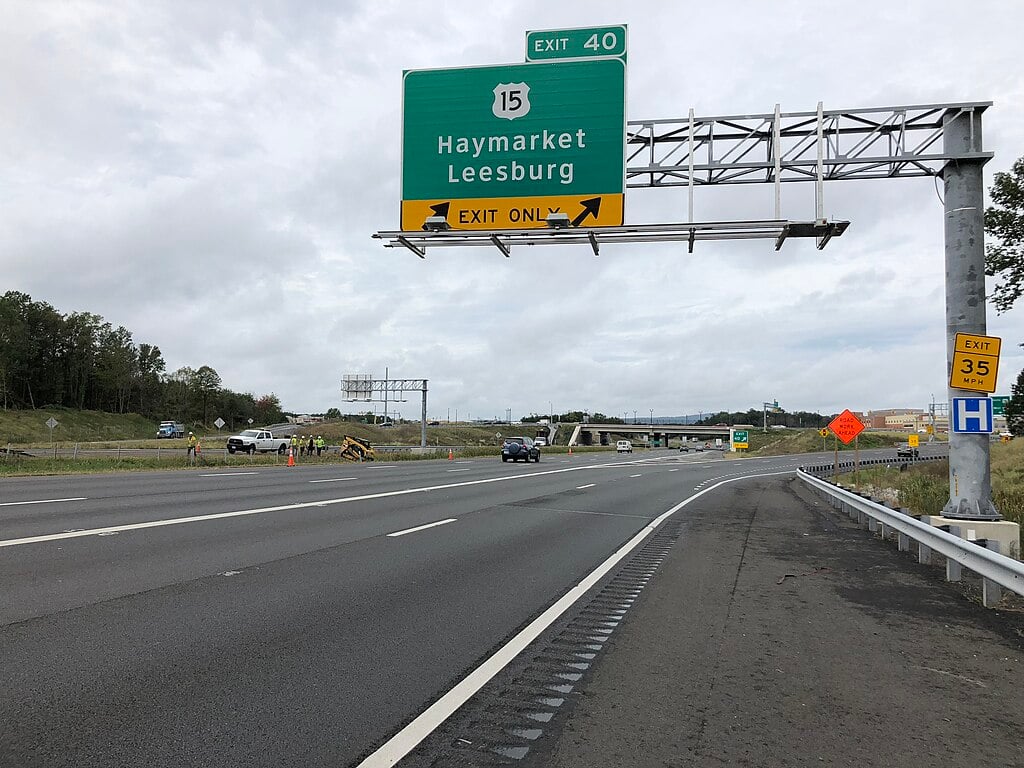
Why are people willing to pay so much to live here? What’s special about it?
Haymarket attracts families seeking newer homes, excellent schools, and a small-town atmosphere within commuting distance of Northern Virginia jobs. The area offers planned communities, recreational facilities, and a strong sense of community that appeals to young families and professionals.
The community provides modern amenities while preserving its historic character, with local festivals, farmers markets, and community events that create a welcoming environment. Residents value the balance of suburban convenience and small-town charm.
How Haymarket Rose to Prominence
Haymarket’s modern prominence grew from its transformation from a rural railroad town to a planned suburban community during the late 20th century. The area’s historic significance as a Civil War site and railroad junction provided character that developers incorporated into new residential projects.
The community’s development accelerated as Northern Virginia’s suburbs expanded westward, with Haymarket offering larger lots and newer homes than closer-in locations. The area attracted families seeking space and amenities while maintaining reasonable commuting access to major employment centers.
3 Interesting Tidbits
- Civil War History – The area saw significant Civil War activity, with historic sites and battlefields preserved throughout the community.
- Railroad Heritage – Haymarket developed around the railroad, and the historic depot remains a community focal point and symbol.
- Planned Growth – Unlike many suburban areas, Haymarket has maintained careful growth management to preserve its character and quality of life.
22. Union Hall – 109% Home Price Increase Since 2010
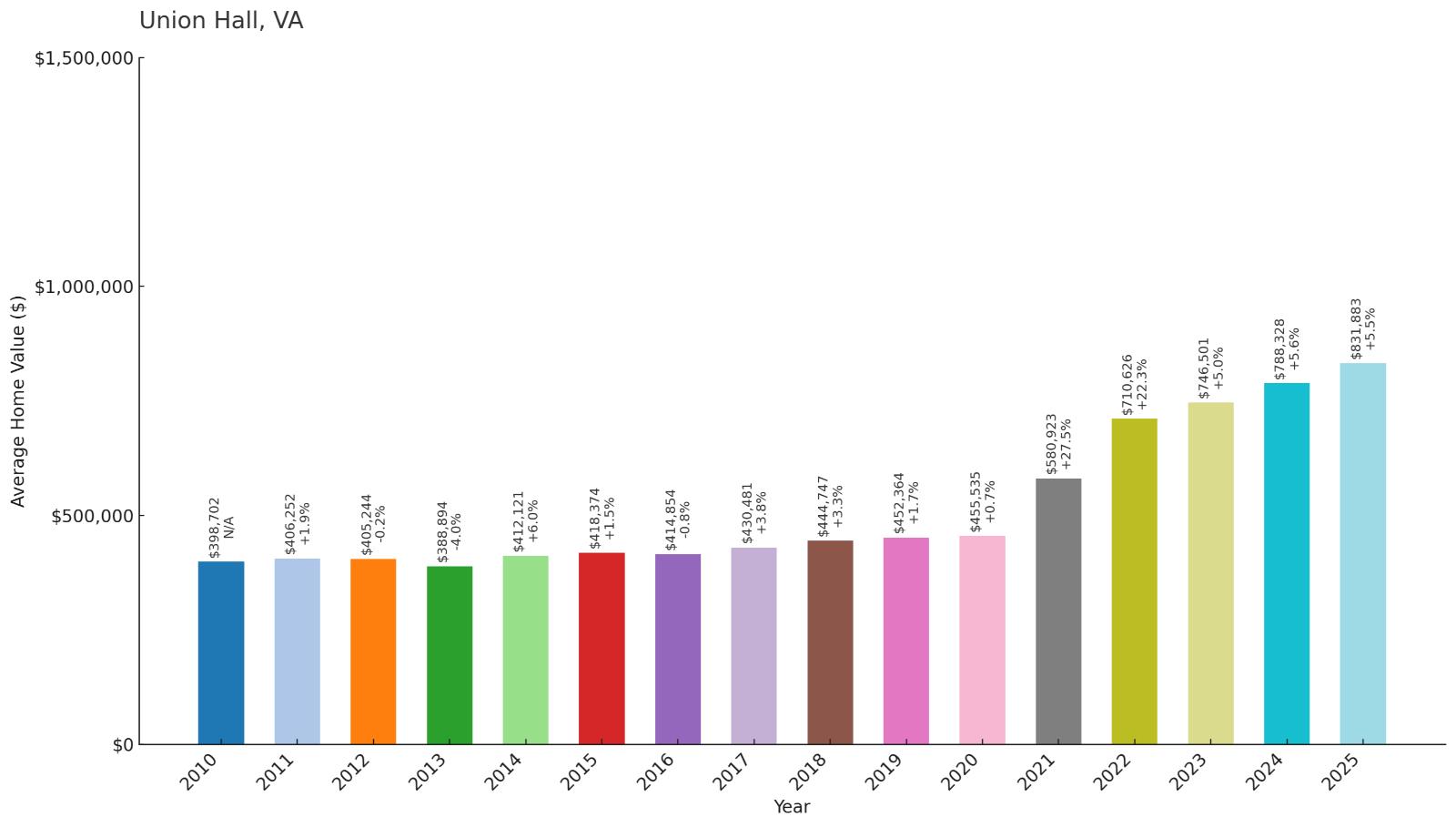
- 2010: $398,702
- 2011: $406,252
- 2012: $405,244
- 2013: $388,894
- 2014: $412,121
- 2015: $418,374
- 2016: $414,854
- 2017: $430,481
- 2018: $444,747
- 2019: $452,364
- 2020: $455,535
- 2021: $580,923
- 2022: $710,626
- 2023: $746,501
- 2024: $788,328
- 2025: $831,883
Union Hall has more than doubled in value with a remarkable 109% increase since 2010. The area showed relatively modest growth through 2020, then experienced explosive appreciation starting in 2021. Current prices at $831,883 represent dramatic market transformation in this rural Virginia community.
Why Union Hall?

Why are people willing to pay so much to live here? What’s special about it?
Union Hall offers lakefront living, rural tranquility, and recreational opportunities that attract retirees and remote workers seeking escape from urban areas. Smith Mountain Lake provides year-round recreation, while the community maintains a peaceful, small-town atmosphere. The area appeals to those prioritizing quality of life over urban convenience.
The community features waterfront properties, golf courses, and outdoor activities that create a resort-like living environment. Buyers appreciate the natural beauty, recreational amenities, and relaxed pace that distinguish Union Hall from metropolitan areas.
How Union Hall Rose to Prominence
Union Hall’s recent prominence emerged from the pandemic-driven shift toward remote work and rural living preferences. The community, centered around Smith Mountain Lake, transformed from a seasonal recreation area to a year-round residential destination as buyers sought lifestyle changes.
The area’s appeal grew as urban professionals discovered they could maintain their careers while enjoying lake living and outdoor recreation. This demographic shift brought higher incomes and property values to what was previously a modest recreational community.
3 Interesting Tidbits
- Smith Mountain Lake – The community centers around Virginia’s second-largest lake, offering 500 miles of shoreline and year-round recreation.
- Remote Work Haven – The pandemic dramatically increased interest from remote workers seeking lakefront living and rural tranquility.
- Retirement Destination – The area has become increasingly popular with retirees seeking active, recreational lifestyles away from urban areas.
21. Round Hill – 114% Home Price Increase Since 2010
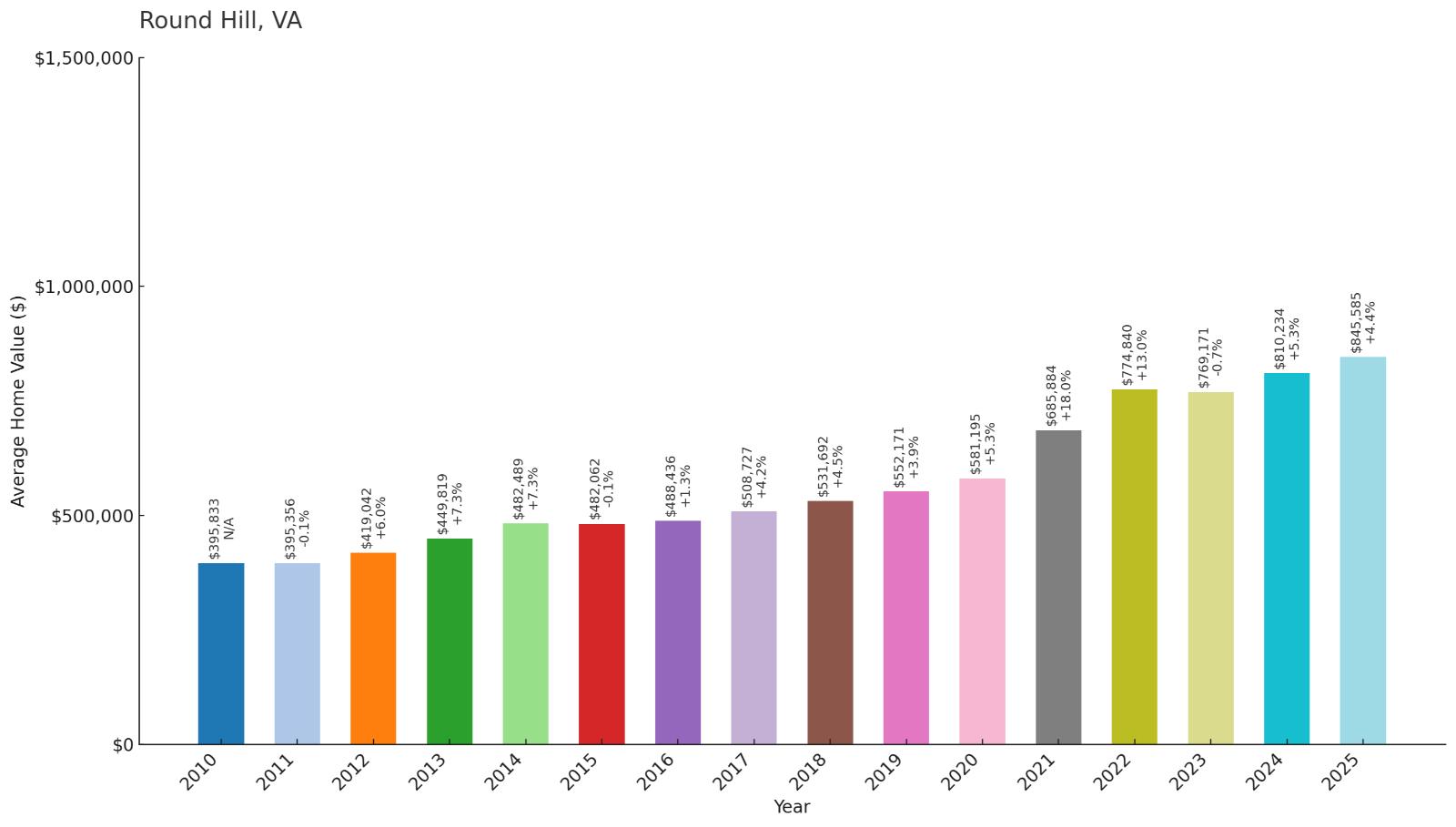
- 2010: $395,833
- 2011: $395,356
- 2012: $419,042
- 2013: $449,819
- 2014: $482,489
- 2015: $482,062
- 2016: $488,436
- 2017: $508,727
- 2018: $531,692
- 2019: $552,171
- 2020: $581,195
- 2021: $685,884
- 2022: $774,840
- 2023: $769,171
- 2024: $810,234
- 2025: $845,585
Round Hill has more than doubled with 114% growth since 2010, showing steady appreciation throughout the period. The community experienced consistent gains through the 2010s before accelerating during the pandemic years. Current values at $845,585 reflect strong demand for this Loudoun County location.
Why Round Hill?
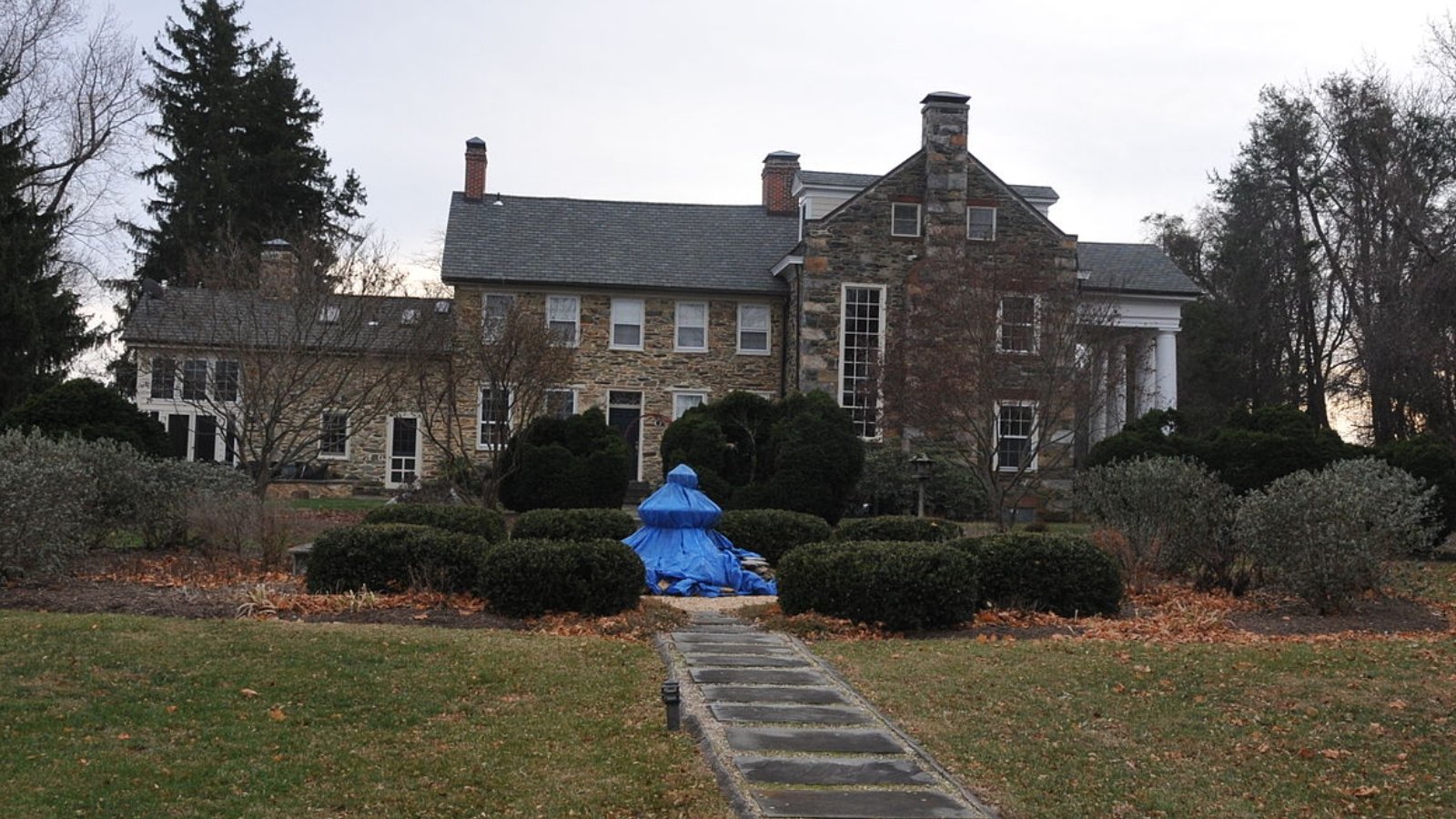
Why are people willing to pay so much to live here? What’s special about it?
Round Hill attracts buyers seeking small-town character within Loudoun County’s excellent school system and economic opportunities. The area offers historic charm, community events, and a walkable downtown while providing access to Northern Virginia’s job market. Families value the safe environment and close-knit community feel.
The town features a historic main street, local businesses, and community festivals that create a genuine small-town atmosphere. Residents appreciate being part of Loudoun County while maintaining a distinct identity separate from larger suburban developments.
How Round Hill Rose to Prominence
Round Hill’s prominence grew from its historic role as a railroad town and its recent rediscovery by families seeking authentic small-town living within commuting distance of Washington D.C. The town incorporated in 1912 and maintained its character through careful growth management and historic preservation.
The community’s appeal increased as buyers sought alternatives to large suburban developments, preferring Round Hill’s walkable downtown, local businesses, and community events. The town’s location in western Loudoun County provides rural charm while maintaining access to Northern Virginia’s economic opportunities.
3 Interesting Tidbits
- Historic Railroad Town – Round Hill developed around the Washington & Old Dominion Railroad, with the historic depot still serving as a community landmark.
- Wine Country Access – The town provides easy access to Loudoun County’s numerous wineries and agricultural tourism attractions.
- Community Events – Annual festivals and events like the Round Hill Arts Festival help maintain the town’s close-knit community character.
20. Leesburg – 103% Home Price Increase Since 2010
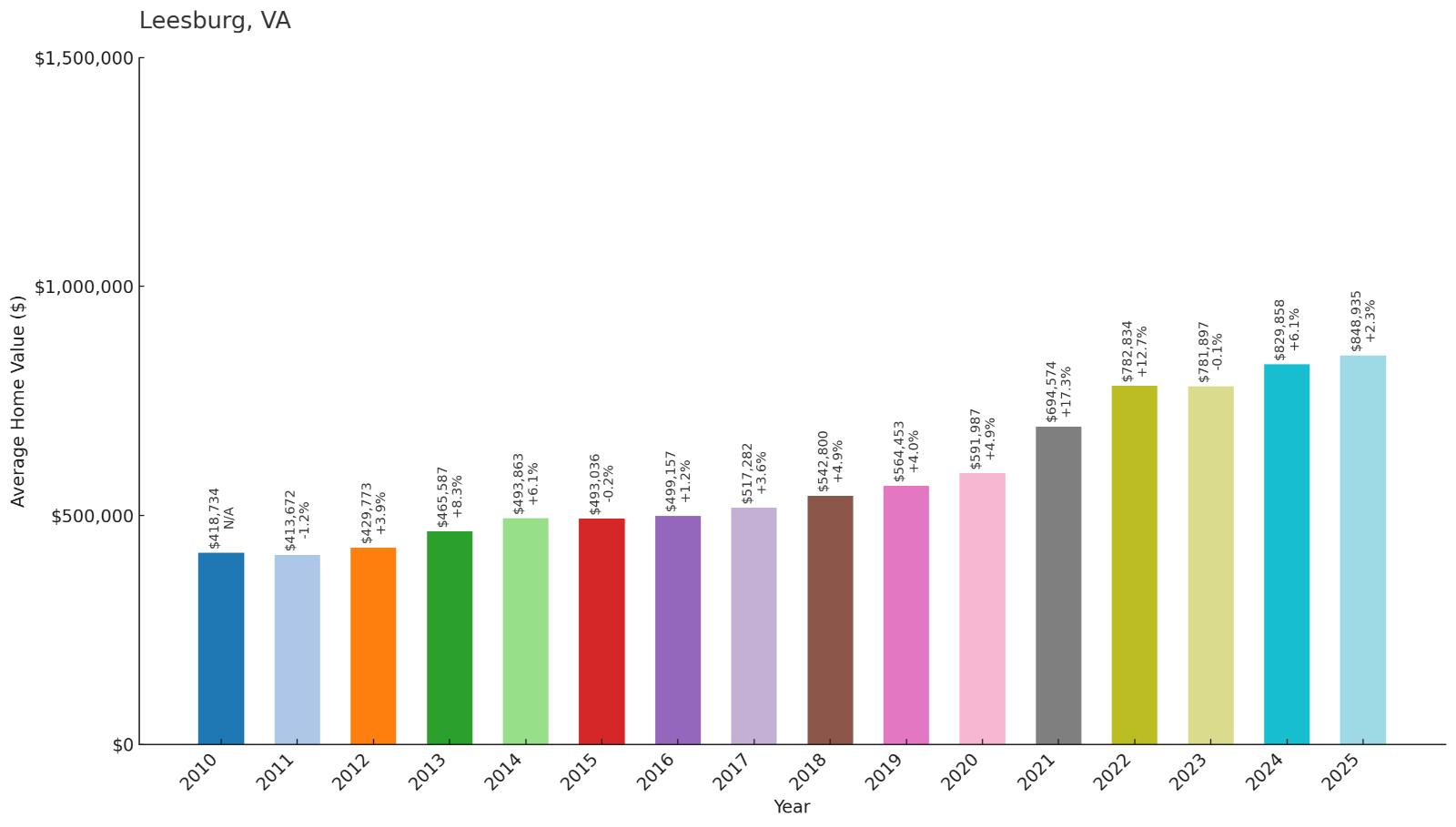
- 2010: $418,734
- 2011: $413,672
- 2012: $429,773
- 2013: $465,587
- 2014: $493,863
- 2015: $493,036
- 2016: $499,157
- 2017: $517,282
- 2018: $542,800
- 2019: $564,453
- 2020: $591,987
- 2021: $694,574
- 2022: $782,834
- 2023: $781,897
- 2024: $829,858
- 2025: $848,935
Leesburg has more than doubled with 103% growth since 2010, showing steady progression through most years. The area maintained consistent appreciation through the 2010s before experiencing significant acceleration during 2021-2022. Current prices at $848,935 reflect Leesburg’s status as Loudoun County’s commercial and cultural center.
Why Leesburg?
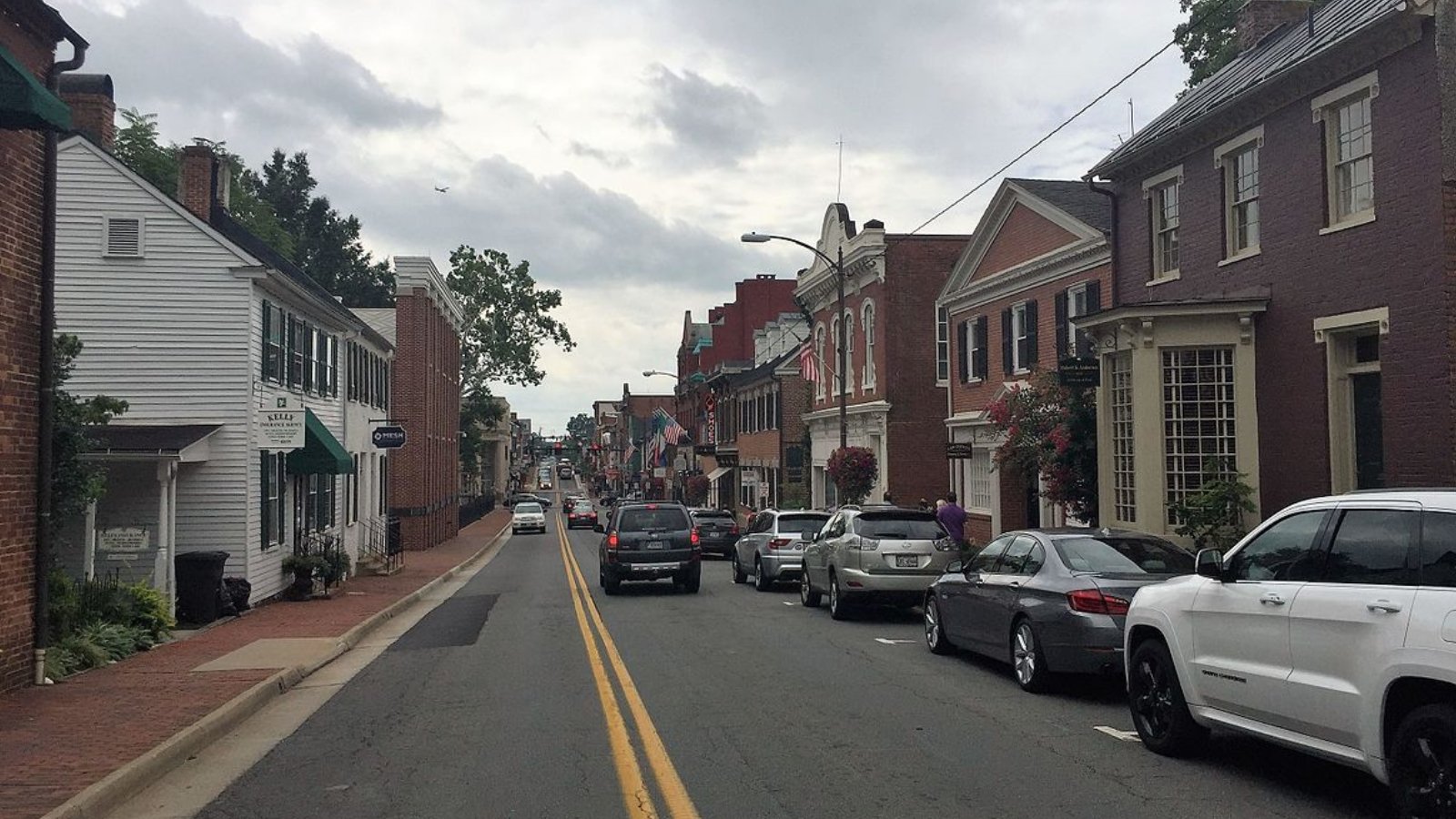
Why are people willing to pay so much to live here? What’s special about it?
Leesburg combines historic charm with modern amenities, attracting families who want both character and convenience. The town offers a vibrant downtown, excellent schools, and numerous recreational opportunities while maintaining easy access to Washington D.C. jobs. Government workers and business professionals particularly value the location and lifestyle.
The community features historic architecture, local restaurants, shopping outlets, and cultural venues that create an appealing urban-suburban blend. Residents appreciate the town’s identity and amenities while benefiting from Loudoun County’s excellent services and schools.
How Leesburg Rose to Prominence
Leesburg’s prominence stems from its role as Loudoun County’s seat and its successful preservation of historic character while embracing modern growth. Founded in 1758, the town served as a regional commercial center and maintained its importance through various economic transitions.
The community’s modern appeal grew as Northern Virginia developed, with Leesburg successfully balancing historic preservation with new development. The town became a model for smart growth, maintaining its downtown core while adding shopping, dining, and residential options that attract both families and businesses.
3 Interesting Tidbits
- Historic Preservation – Leesburg’s historic downtown district features numerous 18th and 19th-century buildings that have been carefully preserved and adapted for modern use.
- Outlet Shopping – Leesburg Premium Outlets draws visitors from across the region, contributing to the local economy and retail scene.
- Government Center – As Loudoun County’s seat, Leesburg houses county government offices and courts, providing stability and employment.
19. Hume – 97% Home Price Increase Since 2010
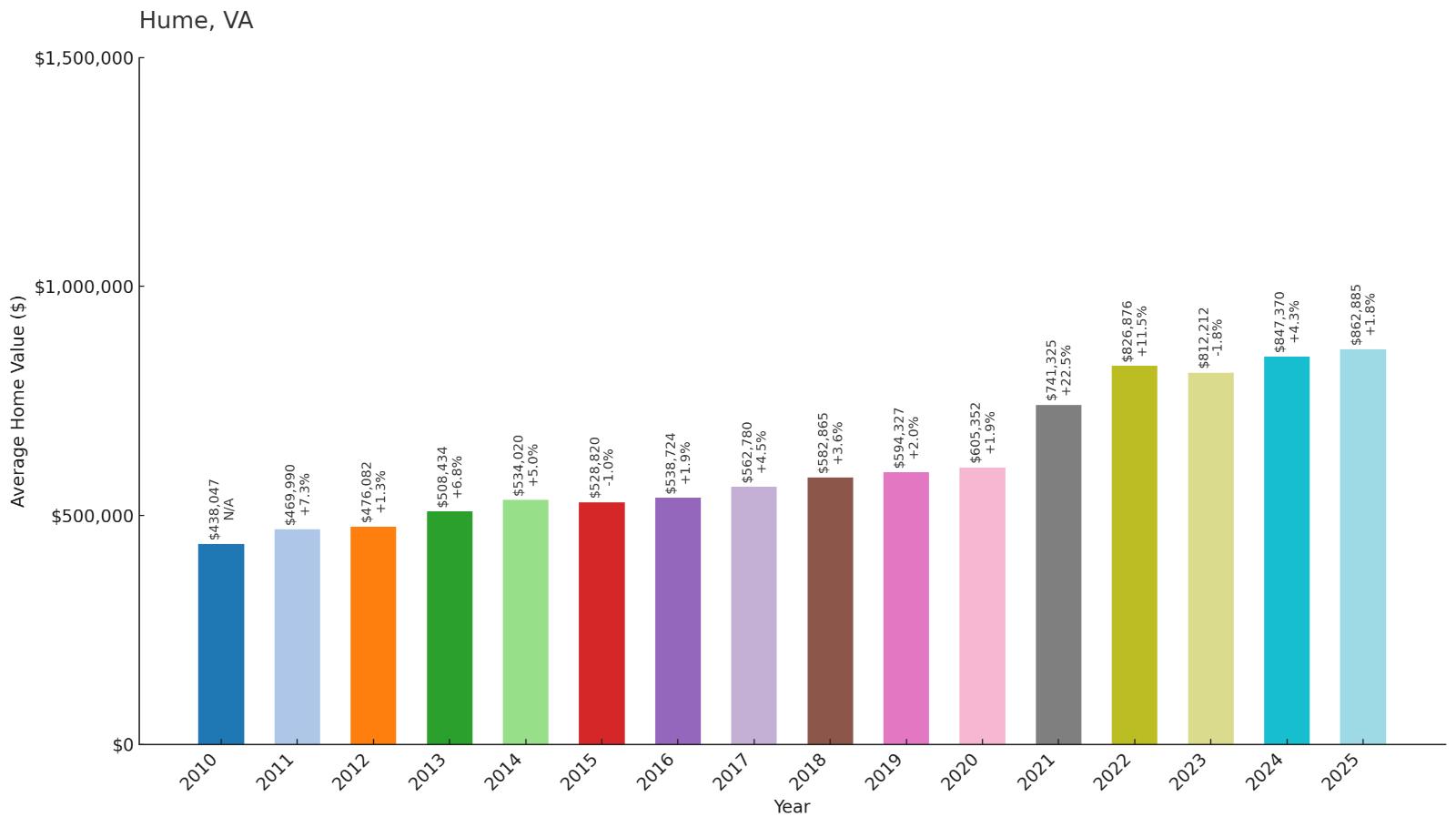
- 2010: $438,047
- 2011: $469,990
- 2012: $476,082
- 2013: $508,434
- 2014: $534,020
- 2015: $528,820
- 2016: $538,724
- 2017: $562,780
- 2018: $582,865
- 2019: $594,327
- 2020: $605,352
- 2021: $741,325
- 2022: $826,876
- 2023: $812,212
- 2024: $847,370
- 2025: $862,885
Hume has nearly doubled with 97% growth since 2010, starting from a higher baseline than many communities. The area showed steady appreciation through 2020, then experienced dramatic acceleration during the pandemic years. Current values at $862,885 reflect strong demand for this Fauquier County location.
Why Hume?
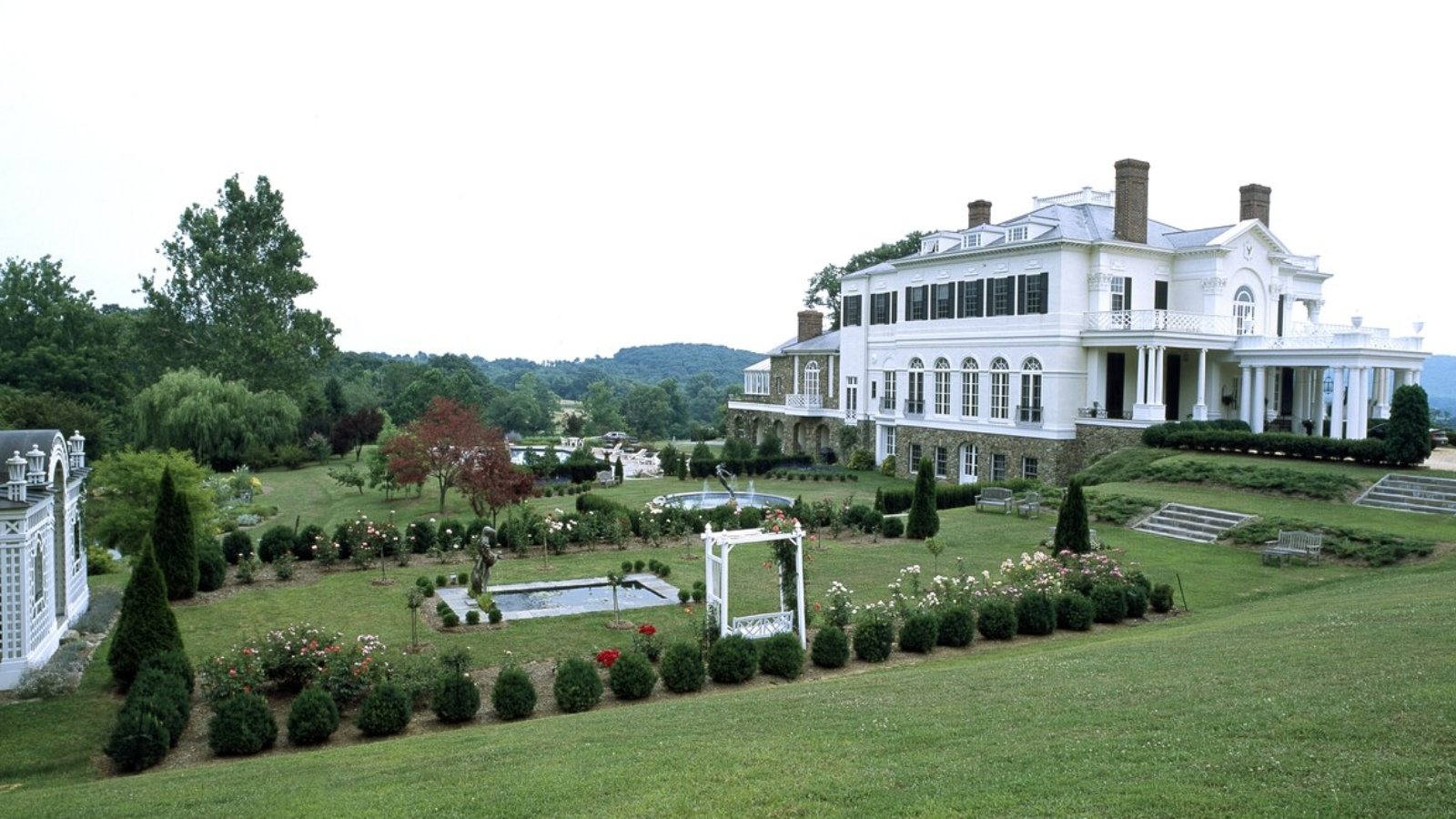
Why are people willing to pay so much to live here? What’s special about it?
Hume offers rural tranquility, large estates, and proximity to Virginia’s horse country while remaining within commuting distance of Northern Virginia jobs. The area attracts affluent buyers seeking privacy, land, and a slower pace of life. Equestrian enthusiasts particularly value the area’s horse-friendly culture and facilities.
The community features custom homes on substantial acreage, providing the space and privacy that urban and suburban areas cannot offer. Residents appreciate the natural beauty, outdoor recreation opportunities, and agricultural heritage that define the region.
How Hume Rose to Prominence
Hume’s prominence developed as affluent Northern Virginia residents sought rural estates and horse properties within reasonable commuting distance of urban jobs. The area’s location in Fauquier County provided the space and agricultural character that attracted buyers seeking lifestyle changes.
The community’s appeal grew with Virginia’s horse country reputation, drawing equestrian enthusiasts and rural living advocates. Hume became synonymous with luxury rural living, offering custom homes, horse facilities, and natural beauty for those who could afford the premium.
3 Interesting Tidbits
- Horse Country – The area is part of Virginia’s renowned horse country, with numerous stables, training facilities, and equestrian events.
- Rural Luxury – Hume represents the pinnacle of rural luxury living in Northern Virginia, with custom estates and extensive acreage.
- Agricultural Heritage – The community maintains its agricultural character while accommodating affluent residents seeking rural lifestyles.
18. Keswick – 59% Home Price Increase Since 2010
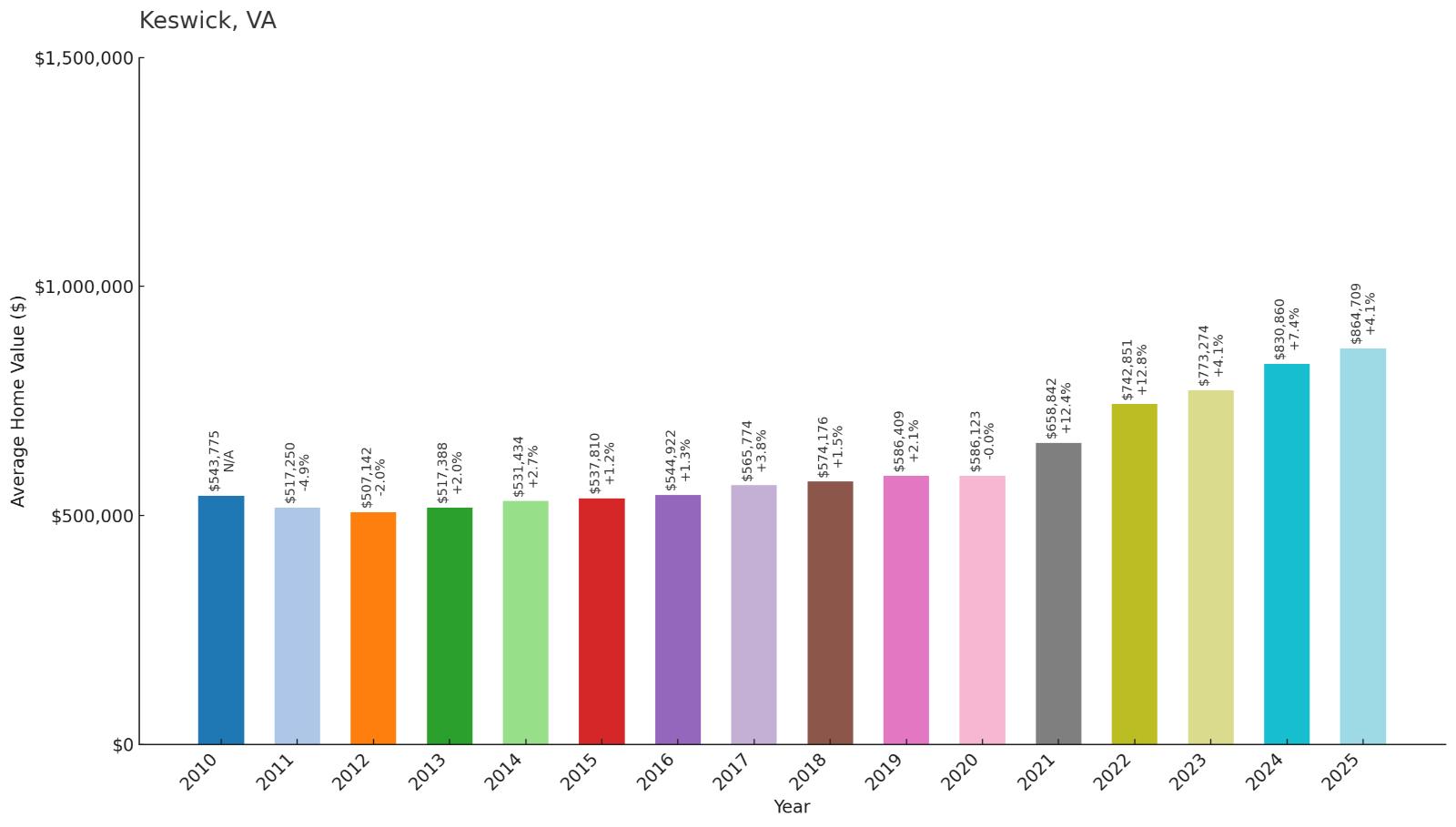
- 2010: $543,775
- 2011: $517,250
- 2012: $507,142
- 2013: $517,388
- 2014: $531,434
- 2015: $537,810
- 2016: $544,922
- 2017: $565,774
- 2018: $574,176
- 2019: $586,409
- 2020: $586,123
- 2021: $658,842
- 2022: $742,851
- 2023: $773,274
- 2024: $830,860
- 2025: $864,709
Keswick achieved 59% growth despite starting from the highest baseline in 2010. The area experienced early volatility before finding stability in the mid-2010s, then accelerated during recent years. Current values at $864,709 reflect this Central Virginia community’s elite status and historical significance.
Why Keswick?
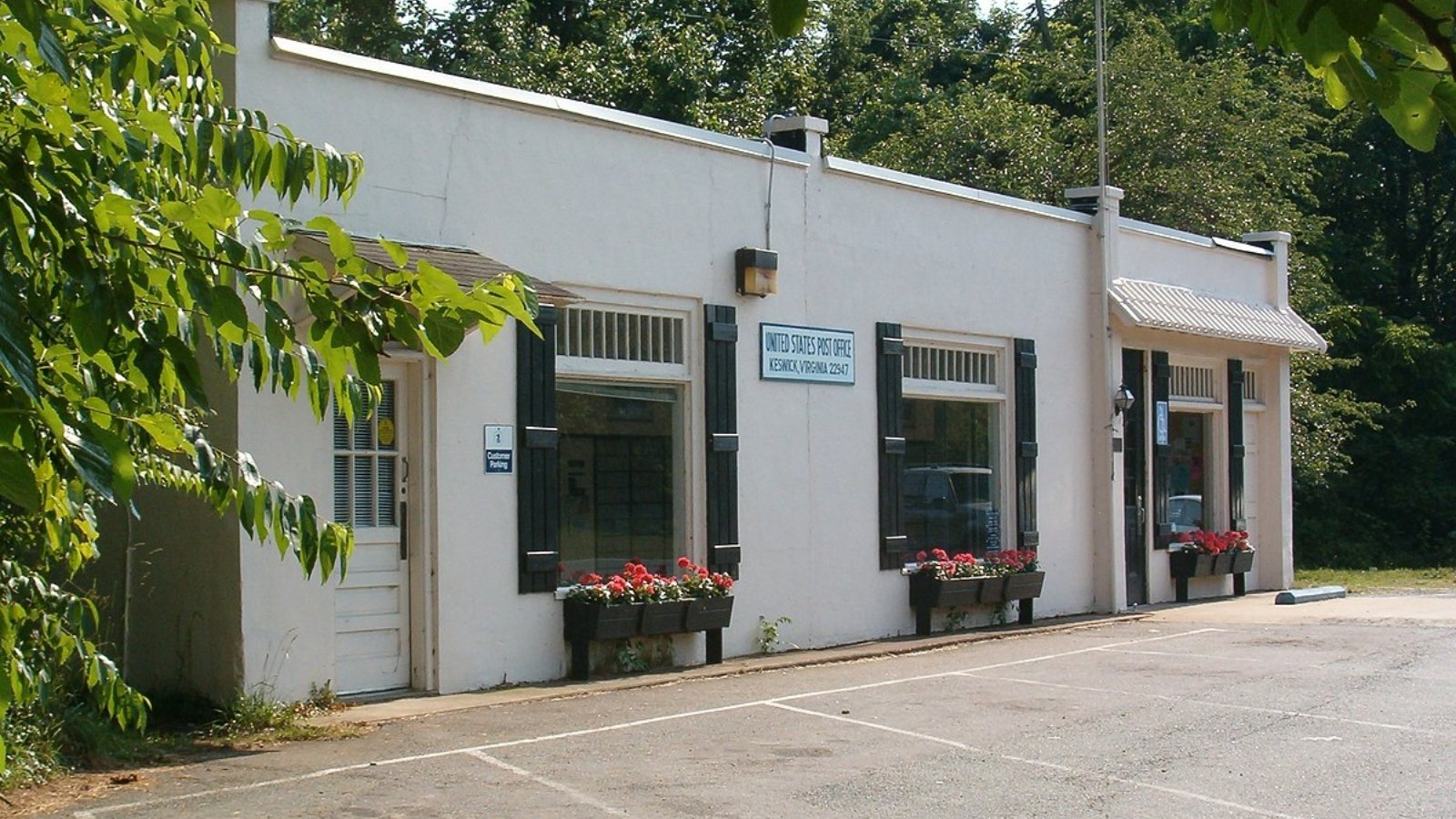
Why are people willing to pay so much to live here? What’s special about it?
Keswick attracts affluent buyers seeking historic charm, natural beauty, and proximity to Charlottesville’s cultural amenities. The area offers estate properties, horse farms, and luxury homes in a setting that combines Virginia’s colonial heritage with modern sophistication. Retirees and professionals particularly value the quality of life and cultural opportunities.
The community provides access to world-class amenities including Keswick Hall resort, championship golf courses, and equestrian facilities. Residents appreciate the blend of luxury living and historic preservation that defines this Central Virginia enclave.
How Keswick Rose to Prominence
Keswick’s prominence grew from its historic significance and transformation into a luxury residential and resort community near Charlottesville. The area’s colonial heritage and natural beauty attracted developers who created high-end residential communities while preserving the region’s character.
The community’s appeal increased with the development of Keswick Hall and other luxury amenities, establishing the area as a destination for affluent retirees and professionals seeking a sophisticated rural lifestyle. The proximity to the University of Virginia and Charlottesville’s cultural scene further enhanced its desirability.
3 Interesting Tidbits
- Keswick Hall – The luxury resort and golf club serves as a centerpiece for the community, offering world-class amenities and events.
- Historic Significance – The area features numerous historic properties and sites related to Virginia’s colonial and early American history.
- University Proximity – Keswick’s location near the University of Virginia provides access to cultural events, sports, and educational opportunities.
17. Hamilton – 117% Home Price Increase Since 2010
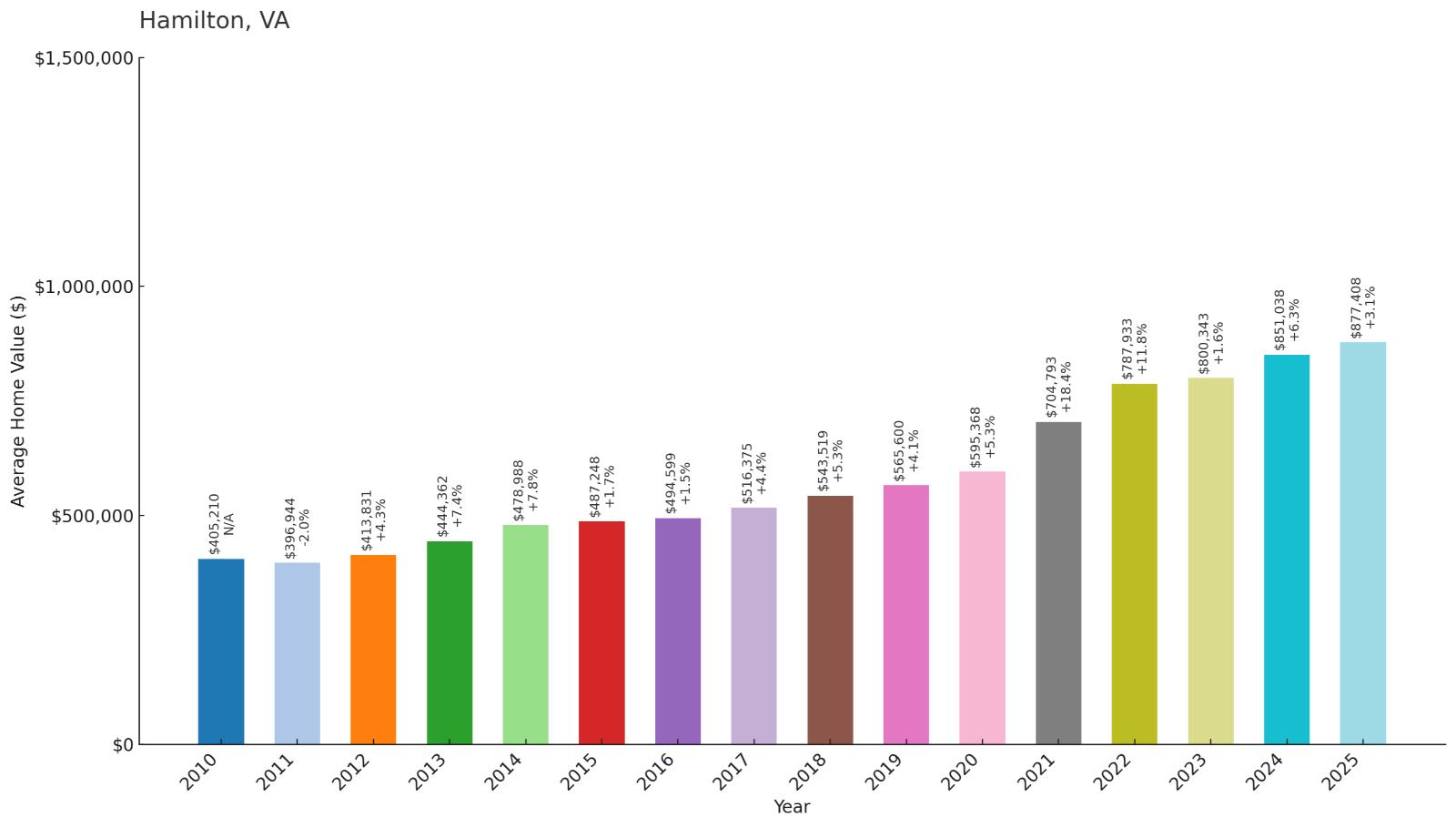
- 2010: $405,210
- 2011: $396,944
- 2012: $413,831
- 2013: $444,362
- 2014: $478,988
- 2015: $487,248
- 2016: $494,599
- 2017: $516,375
- 2018: $543,519
- 2019: $565,600
- 2020: $595,368
- 2021: $704,793
- 2022: $787,933
- 2023: $800,343
- 2024: $851,038
- 2025: $877,408
Hamilton has more than doubled with 117% growth since 2010, showing consistent appreciation throughout the period. The community maintained steady progress through the 2010s before experiencing significant acceleration during the pandemic years. Current prices at $877,408 reflect strong demand for this Loudoun County town.
Why Hamilton?
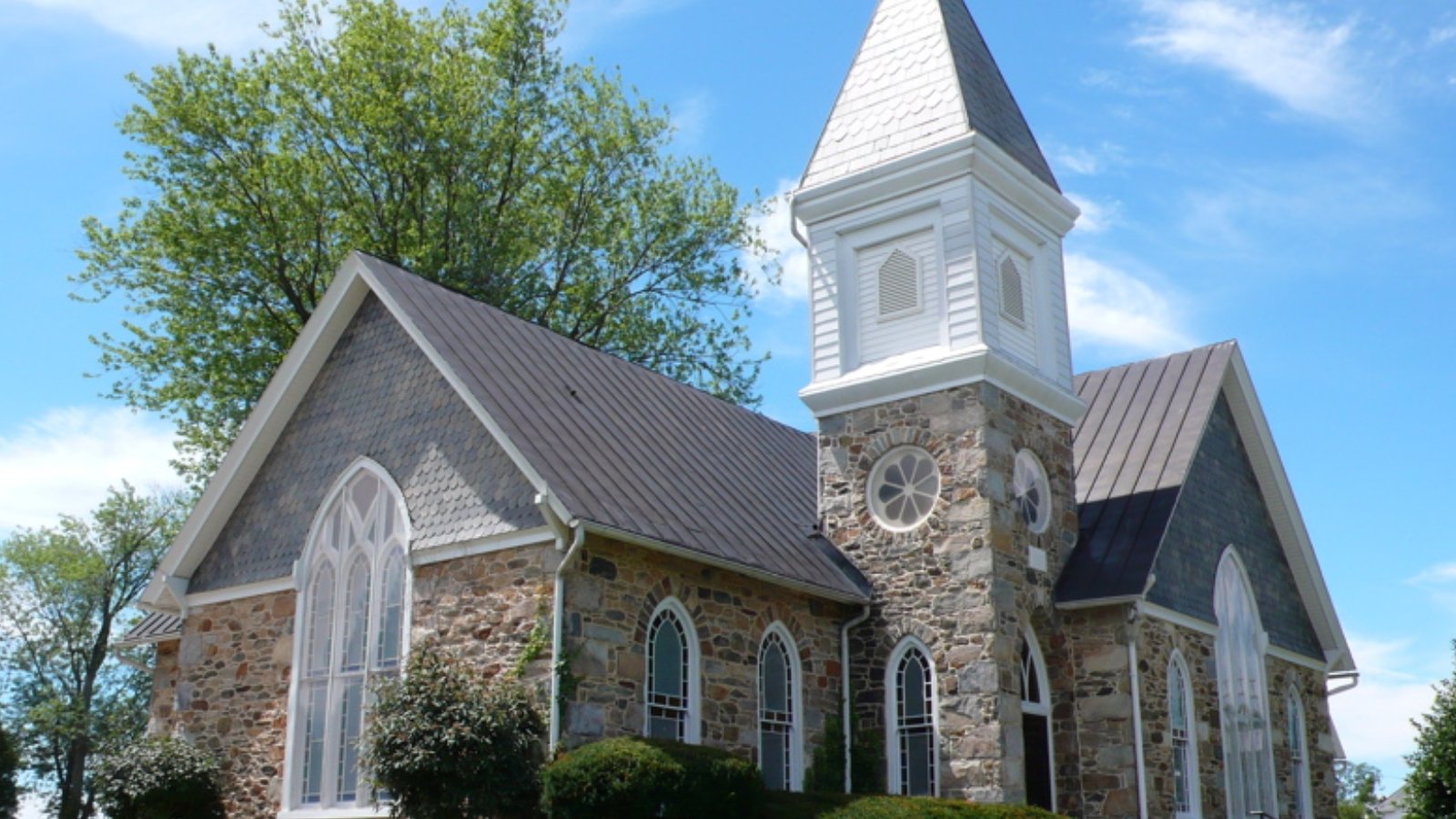
Why are people willing to pay so much to live here? What’s special about it?
Hamilton offers historic small-town charm combined with proximity to Northern Virginia’s economic opportunities and excellent schools. The area attracts families seeking authentic community character, local businesses, and a slower pace of life while maintaining access to modern amenities. The town’s preservation of its historic character appeals to buyers seeking unique living environments.
The community features a walkable historic district, local shops and restaurants, and community events that create genuine small-town atmosphere. Residents value the balance of rural beauty and suburban convenience that Hamilton provides.
How Hamilton Rose to Prominence
Hamilton’s prominence grew from its successful preservation of historic character while adapting to modern residential needs. The town incorporated in 1875 and maintained its identity as a small railroad community through careful growth management and historic preservation efforts.
The community’s appeal increased as buyers sought alternatives to large suburban developments, preferring Hamilton’s authentic character and walkable downtown. The town’s location in western Loudoun County provides rural charm while maintaining reasonable access to Northern Virginia’s job market.
3 Interesting Tidbits
- Historic Main Street – Hamilton’s main street features numerous 19th-century buildings that house local businesses and restaurants.
- Railroad Heritage – The town developed around the railroad and maintains its connection to this transportation history.
- Community Preservation – Hamilton has successfully balanced growth with historic preservation, maintaining its small-town character while accommodating new residents.
16. Purcellville – 114% Home Price Increase Since 2010
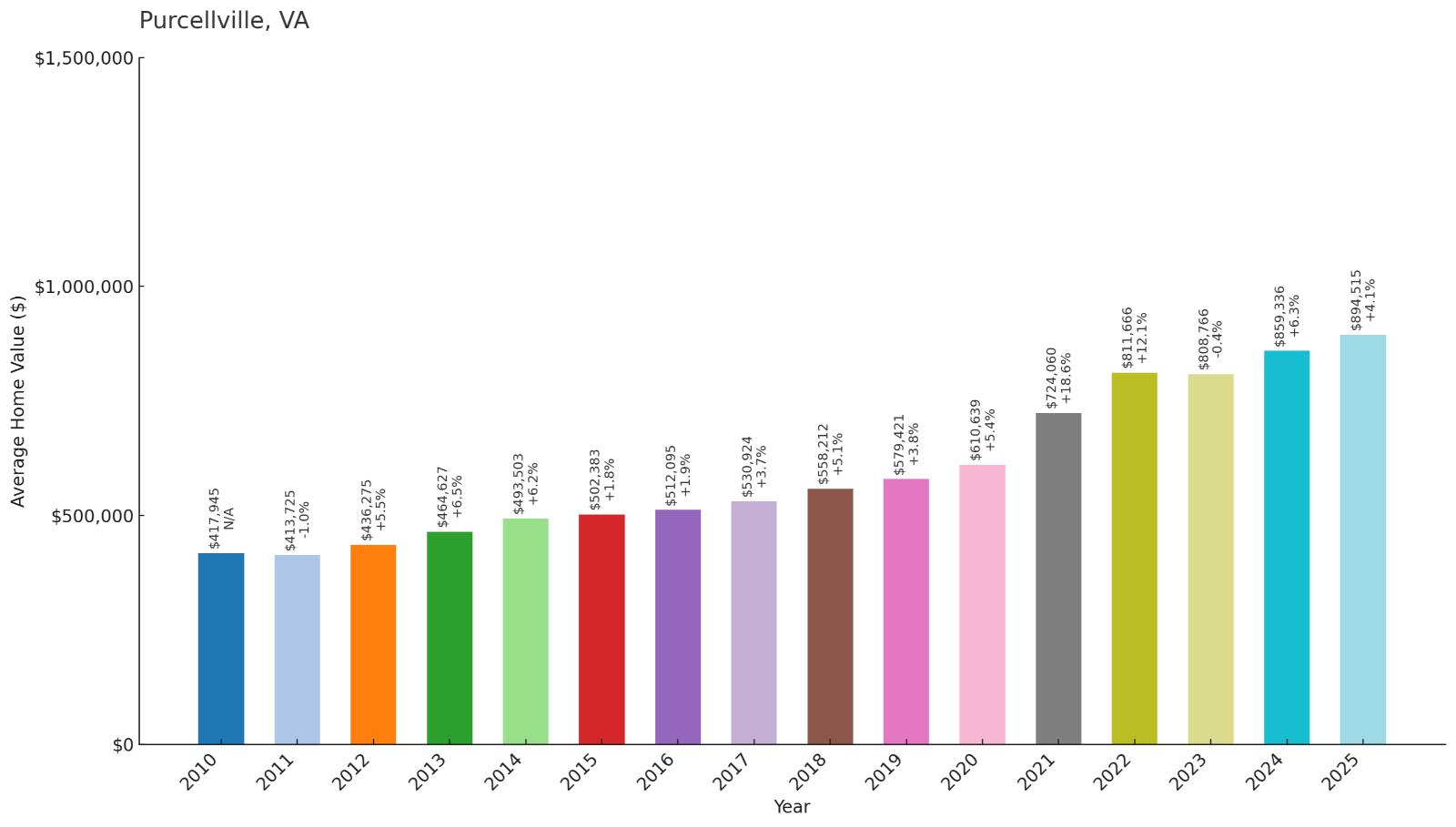
- 2010: $417,945
- 2011: $413,725
- 2012: $436,275
- 2013: $464,627
- 2014: $493,503
- 2015: $502,383
- 2016: $512,095
- 2017: $530,924
- 2018: $558,212
- 2019: $579,421
- 2020: $610,639
- 2021: $724,060
- 2022: $811,666
- 2023: $808,766
- 2024: $859,336
- 2025: $894,515
Purcellville has more than doubled with 114% growth since 2010, showing steady appreciation throughout the period. The community experienced consistent gains through the 2010s before accelerating significantly during the pandemic years. Current values at $894,515 reflect strong demand for this western Loudoun County town.
Why Purcellville?
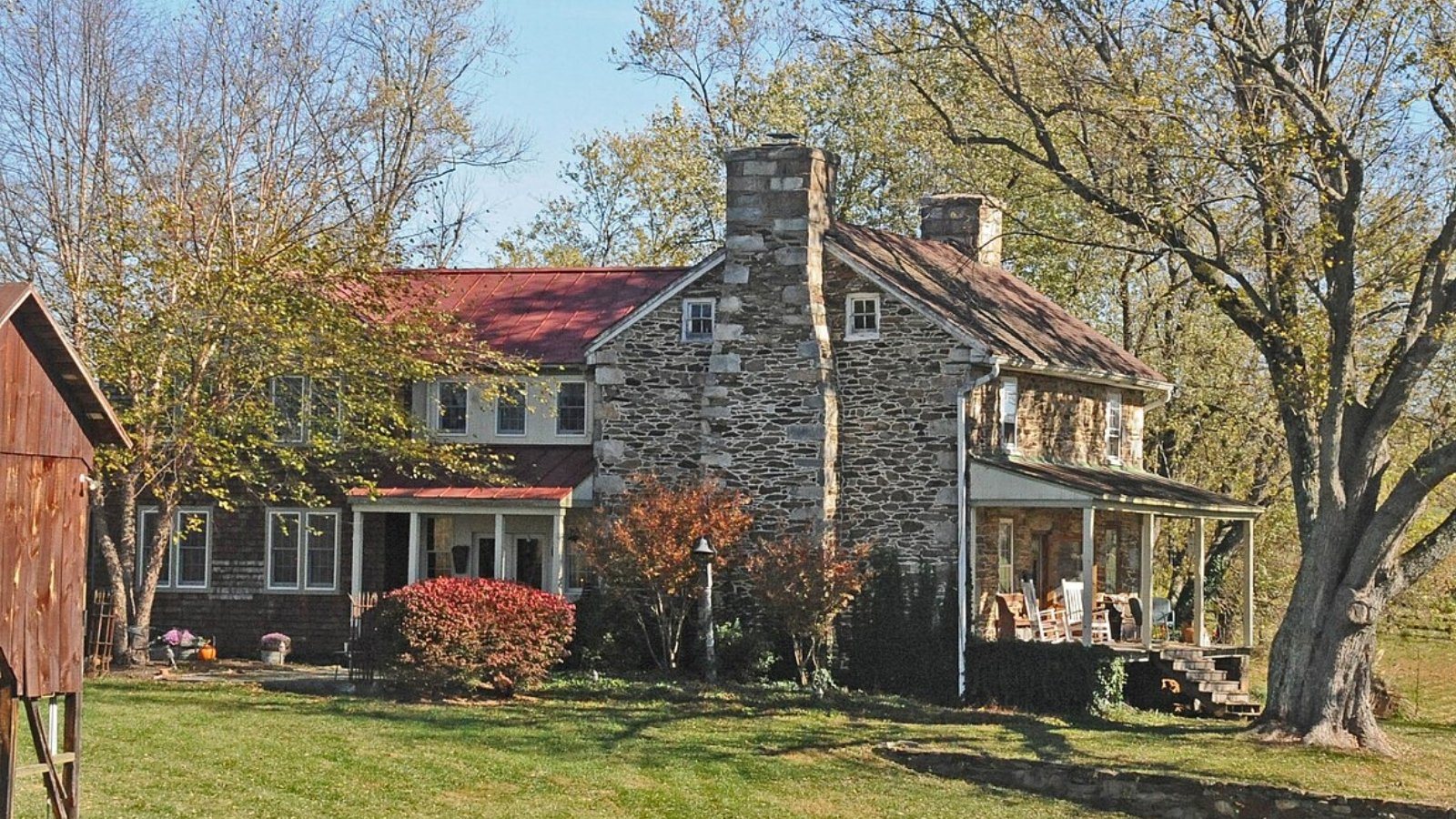
Why are people willing to pay so much to live here? What’s special about it?
Purcellville attracts buyers seeking small-town charm, outdoor recreation, and proximity to Virginia’s wine country while remaining within Loudoun County’s excellent school system. The area offers historic character, local businesses, and community events that create authentic small-town living. Families value the safe environment and close-knit community feel.
The town features a vibrant downtown, farmers markets, festivals, and access to outdoor activities including hiking and cycling trails. Residents appreciate the balance of rural beauty and modern amenities that Purcellville provides.
How Purcellville Rose to Prominence
Purcellville’s prominence grew from its role as a historic railroad town and its successful transformation into a desirable residential community. The town incorporated in 1908 and maintained its character through careful growth management and preservation of its historic downtown.
The community’s appeal increased as families sought authentic small-town living within commuting distance of Northern Virginia jobs. Purcellville’s location in western Loudoun County provides access to wine country and outdoor recreation while maintaining the benefits of the county’s excellent schools and services.
3 Interesting Tidbits
- Wine Country Gateway – Purcellville serves as a gateway to Loudoun County’s numerous wineries and agricultural tourism attractions.
- W&OD Trail – The Washington & Old Dominion Trail terminus provides direct access to this popular recreational corridor.
- Community Events – Annual festivals and farmers markets help maintain the town’s strong community character and local business support.
15. Paeonian Springs – 13% Home Price Increase Since 2022

- 2010: N/A
- 2011: N/A
- 2012: N/A
- 2013: N/A
- 2014: N/A
- 2015: N/A
- 2016: N/A
- 2017: N/A
- 2018: N/A
- 2019: N/A
- 2020: N/A
- 2021: N/A
- 2022: $807,568
- 2023: $834,394
- 2024: $883,628
- 2025: $912,985
Paeonian Springs shows 13% growth since data became available in 2022, starting from a high baseline of over $800,000. The limited data period shows steady appreciation from 2022 to 2025. Current values at $912,985 place this small Loudoun County community among Virginia’s most expensive areas.
Why Paeonian Springs?
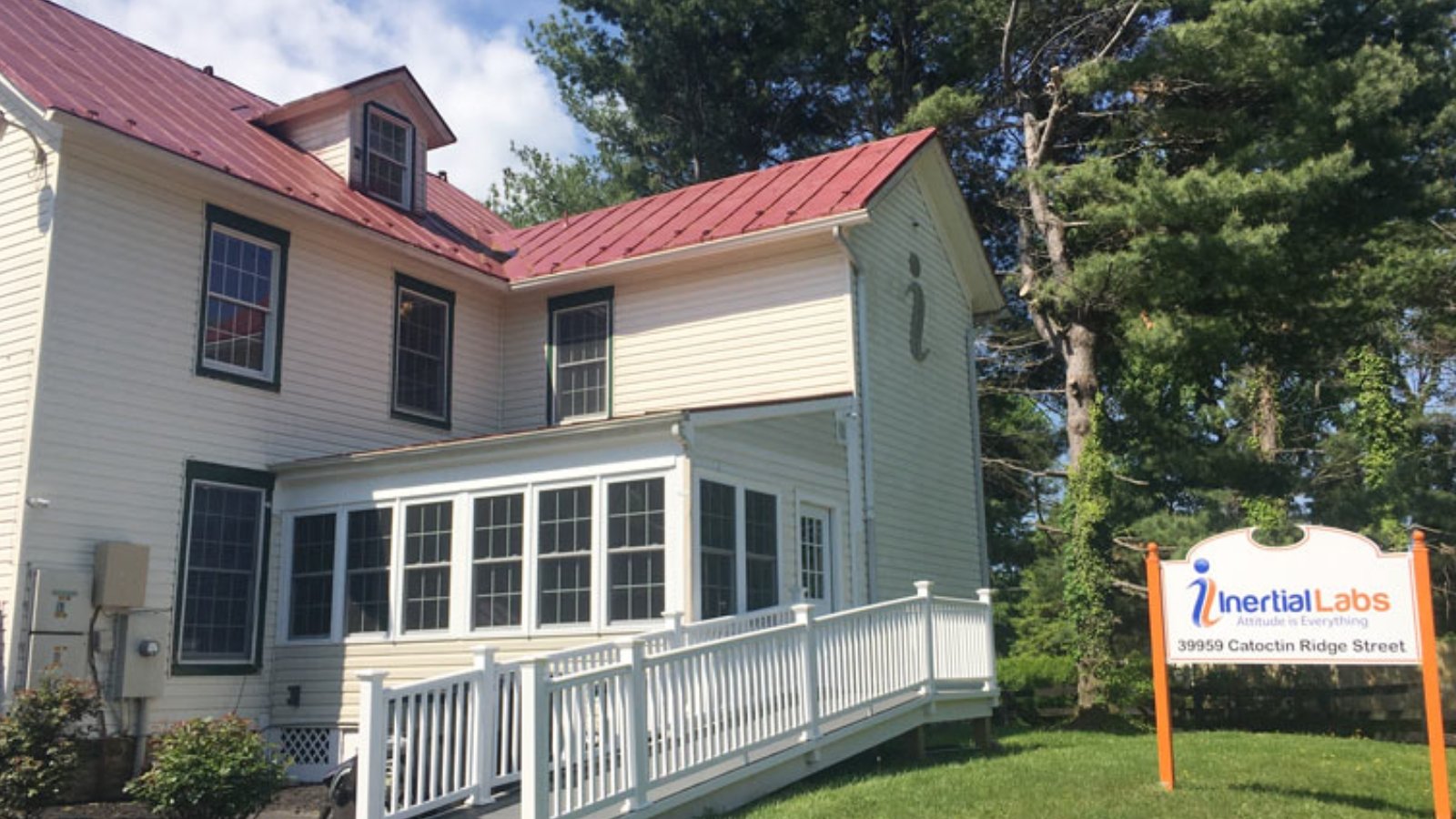
Why are people willing to pay so much to live here? What’s special about it?
Paeonian Springs offers rural tranquility, large estates, and natural beauty within Loudoun County’s excellent school system and services. The area attracts affluent buyers seeking privacy, space, and a slower pace of life while maintaining access to Northern Virginia’s economic opportunities. The community’s small size and rural character create an exclusive environment.
The area features custom homes on substantial acreage, providing the privacy and natural settings that urban and suburban areas cannot offer. Residents appreciate the peaceful environment and outdoor recreation opportunities while benefiting from Loudoun County’s services and amenities.
How Paeonian Springs Rose to Prominence
Paeonian Springs’ prominence developed as affluent Northern Virginia residents sought rural estate properties within commuting distance of urban jobs. The area’s location in western Loudoun County provided the space and agricultural character that attracted buyers seeking lifestyle changes.
The community’s appeal grew with the trend toward remote work and rural living preferences, particularly during the pandemic period. Paeonian Springs became synonymous with luxury rural living, offering custom estates and natural beauty for those seeking premium country lifestyles.
3 Interesting Tidbits
- Historic Springs – The community takes its name from natural springs that historically attracted visitors and early settlement.
- Rural Luxury – The area represents premium rural living with custom estates and extensive acreage appealing to affluent buyers.
- Limited Development – The community’s small size and rural zoning help maintain its exclusive character and natural beauty.
14. Delaplane – 84% Home Price Increase Since 2010

- 2010: $506,512
- 2011: $550,650
- 2012: $546,249
- 2013: $588,369
- 2014: $615,747
- 2015: $613,901
- 2016: $625,109
- 2017: $645,530
- 2018: $653,401
- 2019: $664,074
- 2020: $667,586
- 2021: $816,069
- 2022: $901,550
- 2023: $875,180
- 2024: $910,051
- 2025: $931,142
Delaplane achieved 84% growth since 2010, starting from a higher baseline than most communities. The area showed steady appreciation through 2020, then experienced dramatic acceleration during the pandemic years. Current values at $931,142 reflect strong demand for this Fauquier County location in Virginia’s horse country.
Why Delaplane?
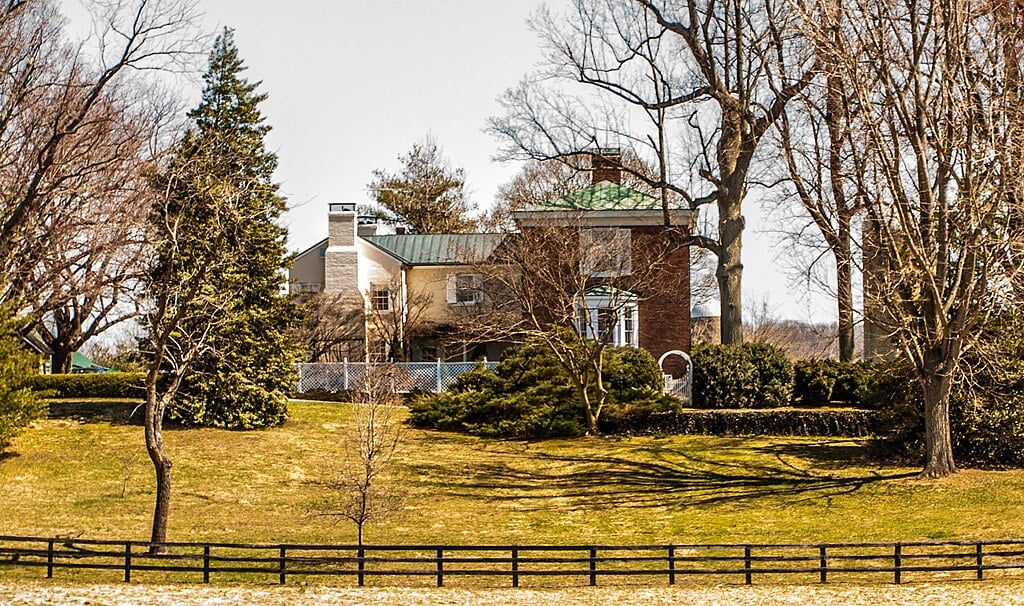
Why are people willing to pay so much to live here? What’s special about it?
Delaplane offers prestigious horse country living, historic estates, and natural beauty that attract affluent buyers seeking rural luxury. The area provides equestrian facilities, vineyard access, and spacious properties while maintaining reasonable proximity to Northern Virginia jobs. Buyers value the prestige and lifestyle that Virginia’s hunt country provides.
The community features custom estates, horse farms, and wineries that create an exclusive rural environment. Residents appreciate the agricultural heritage, outdoor recreation opportunities, and sophisticated rural culture that define this prestigious area.
How Delaplane Rose to Prominence
Delaplane’s prominence grew from its location in Virginia’s renowned hunt country and its transformation into a luxury residential area for affluent horse enthusiasts. The area’s historic significance and natural beauty attracted wealthy landowners who established estates and horse operations.
The community’s appeal increased with Virginia’s reputation as premier horse country, drawing equestrian enthusiasts and luxury rural living advocates. Delaplane became synonymous with prestigious country living, offering estates, hunt clubs, and agricultural amenities for those seeking exclusive rural lifestyles.
3 Interesting Tidbits
- Hunt Country Heritage – Delaplane is part of Virginia’s famous hunt country, with numerous fox hunting clubs and equestrian traditions.
- Vineyard Access – The area provides access to numerous award-winning wineries and vineyards throughout Virginia’s wine country.
- Historic Estates – Many properties feature historic manor houses and estates dating back to Virginia’s colonial and antebellum periods.
13. The Plains – 107% Home Price Increase Since 2010
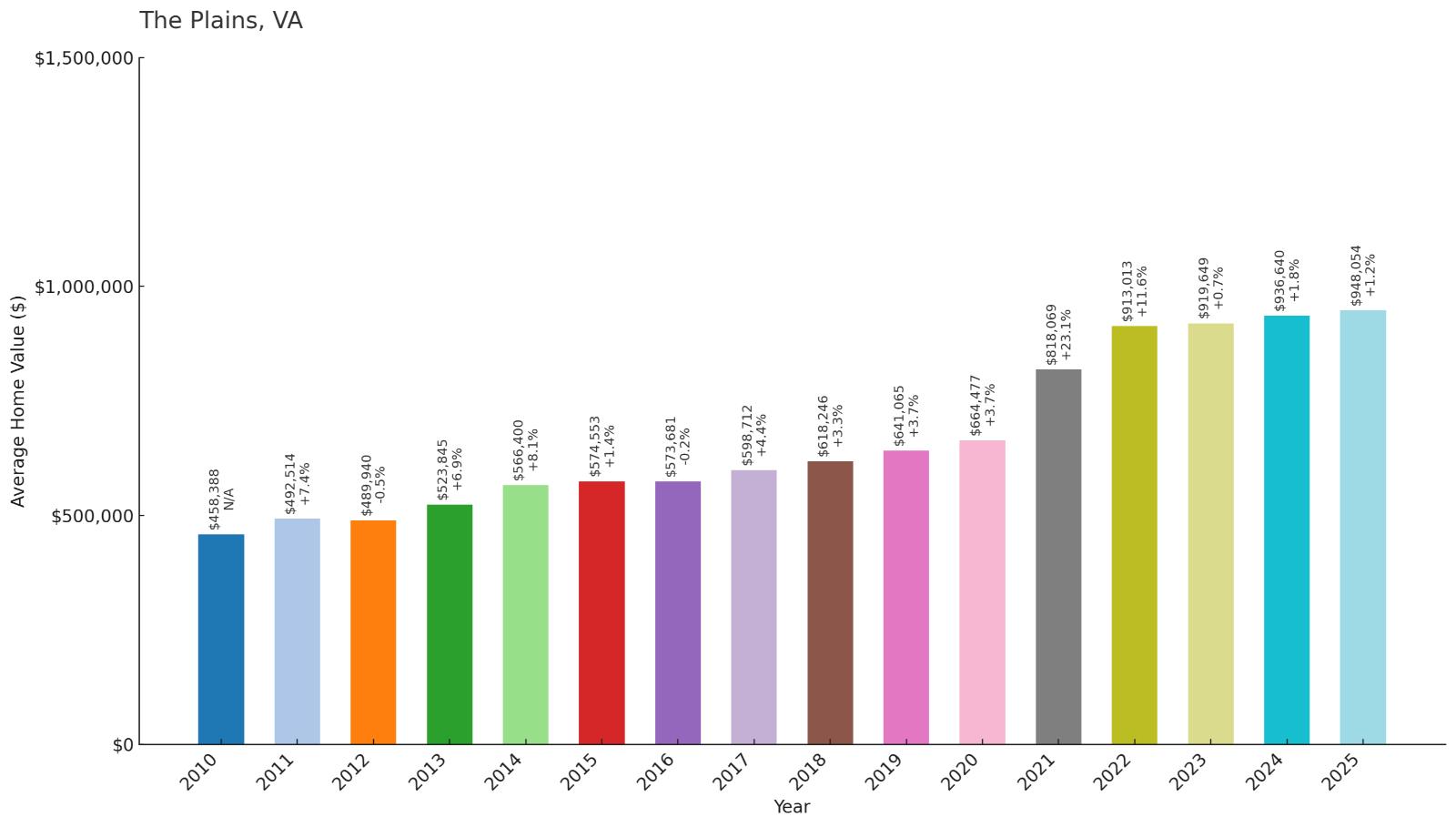
- 2010: $458,388
- 2011: $492,514
- 2012: $489,940
- 2013: $523,845
- 2014: $566,400
- 2015: $574,553
- 2016: $573,681
- 2017: $598,712
- 2018: $618,246
- 2019: $641,065
- 2020: $664,477
- 2021: $818,069
- 2022: $913,013
- 2023: $919,649
- 2024: $936,640
- 2025: $948,054
The Plains has more than doubled with 107% growth since 2010, showing steady appreciation throughout the period. The community maintained consistent gains through the 2010s before experiencing significant acceleration during the pandemic years. Current values at $948,054 reflect strong demand for this Fauquier County horse country location.
Why The Plains?

Why are people willing to pay so much to live here? What’s special about it?
The Plains attracts affluent buyers seeking authentic horse country living, historic character, and prestigious rural estates. The area offers equestrian facilities, hunt clubs, and agricultural amenities while maintaining small-town charm and community traditions. Wealthy horse enthusiasts and rural luxury seekers particularly value the location and lifestyle.
The community features historic properties, horse farms, and custom estates that create an exclusive rural environment. Residents appreciate the equestrian culture, natural beauty, and sophisticated country living that define this prestigious Virginia location.
How The Plains Rose to Prominence
The Plains’ prominence grew from its central role in Virginia’s hunt country and its development as a luxury equestrian community. The town’s historic significance and strategic location made it a natural center for horse-related activities and wealthy landowners seeking rural estates.
The community’s appeal increased with Virginia’s reputation as premier horse country, attracting affluent buyers seeking authentic equestrian lifestyles. The Plains became synonymous with prestigious country living, offering hunt clubs, horse farms, and agricultural traditions for those seeking exclusive rural experiences.
3 Interesting Tidbits
- Equestrian Center – The Plains serves as a hub for Virginia’s horse industry, with numerous training facilities, hunt clubs, and equestrian events.
- Historic Character – The town maintains its historic charm with preserved buildings and traditional rural architecture throughout the area.
- Hunt Clubs – Multiple prestigious hunt clubs operate from The Plains, maintaining Virginia’s fox hunting traditions and equestrian culture.
12. Fort Hunt – 61% Home Price Increase Since 2010
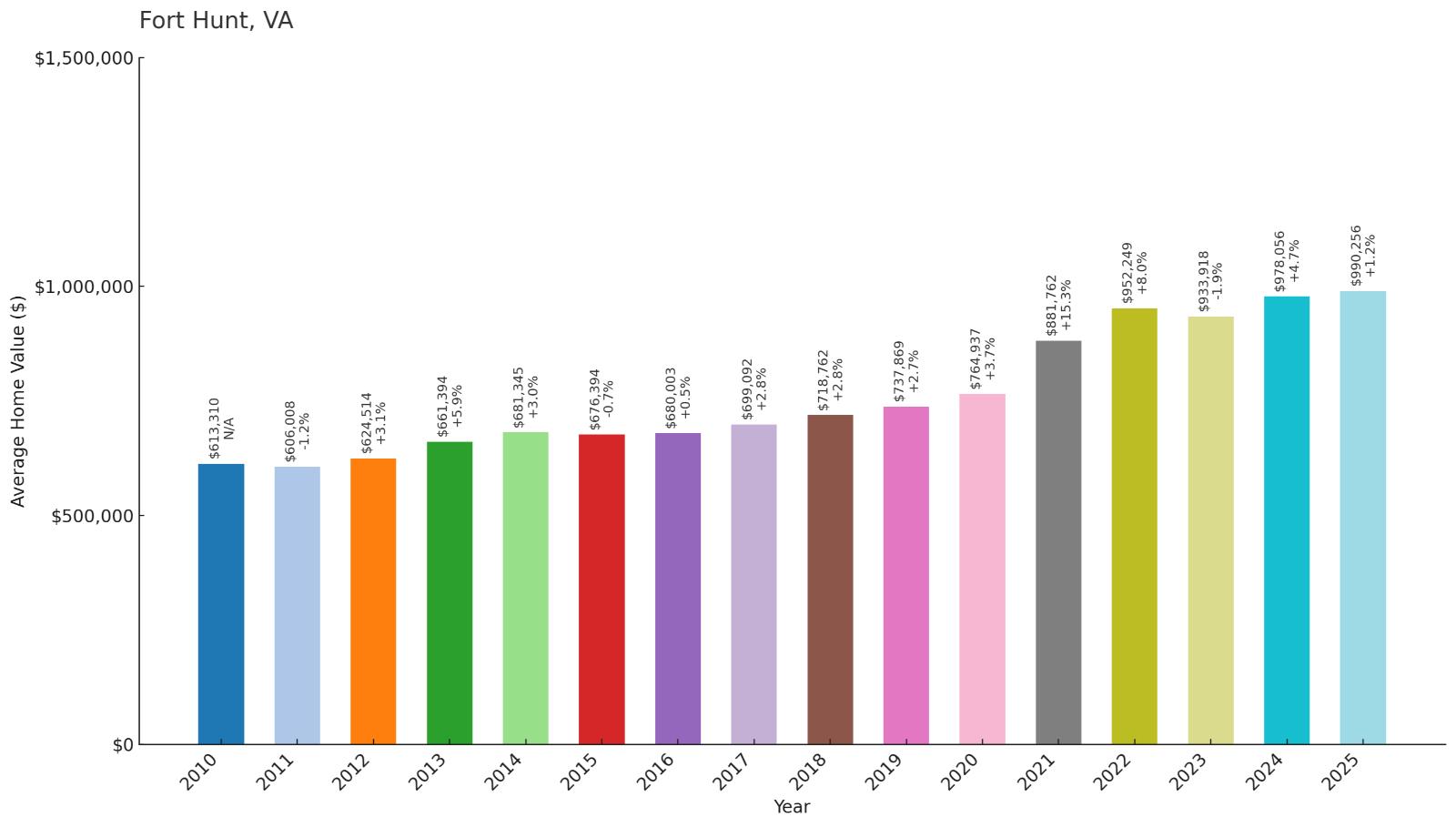
- 2010: $613,310
- 2011: $606,008
- 2012: $624,514
- 2013: $661,394
- 2014: $681,345
- 2015: $676,394
- 2016: $680,003
- 2017: $699,092
- 2018: $718,762
- 2019: $737,869
- 2020: $764,937
- 2021: $881,762
- 2022: $952,249
- 2023: $933,918
- 2024: $978,056
- 2025: $990,256
Fort Hunt achieved 61% growth since 2010, starting from the highest baseline at over $600,000. The area showed steady appreciation through most years, with significant acceleration during the pandemic period. Current values at $990,256 reflect this Fairfax County community’s premium location and established prestige.
Why Fort Hunt?

Why are people willing to pay so much to live here? What’s special about it?
Fort Hunt offers prestigious suburban living with proximity to Washington D.C., excellent schools, and established neighborhoods. The area attracts high-income professionals, government officials, and business leaders seeking refined suburban amenities and social status. Families value the safety, schools, and community reputation that Fort Hunt provides.
The community features large homes on substantial lots, mature landscaping, and proximity to the Potomac River. Residents appreciate the established character, convenient location, and social prestige that make Fort Hunt one of Northern Virginia’s most desirable addresses.
How Fort Hunt Rose to Prominence
Fort Hunt’s prominence developed from its location on the Potomac River and its role as an early suburban development for Washington D.C.’s elite. The area’s natural beauty and strategic location attracted wealthy residents who established the community’s upscale character.
The community’s appeal grew with Northern Virginia’s economic expansion, as Fort Hunt became synonymous with prestigious suburban living. The area attracted high-level government officials, business executives, and professionals seeking refined neighborhoods with historical significance and natural amenities.
3 Interesting Tidbits
- Potomac River Access – The community’s location along the Potomac River provides waterfront properties and scenic river access for residents.
- Historic Significance – Fort Hunt Park preserves the area’s military history and provides recreational amenities for the community.
- Elite Suburb – The area has long been considered one of Northern Virginia’s most prestigious suburban communities, attracting prominent residents.
11. Clifton – 72% Home Price Increase Since 2010

- 2010: $586,037
- 2011: $574,924
- 2012: $603,184
- 2013: $641,727
- 2014: $664,679
- 2015: $655,798
- 2016: $657,793
- 2017: $671,739
- 2018: $696,223
- 2019: $715,748
- 2020: $741,128
- 2021: $860,229
- 2022: $951,433
- 2023: $930,560
- 2024: $992,575
- 2025: $1,010,228
Clifton achieved 72% growth since 2010, starting from a substantial baseline of nearly $600,000. The area showed steady appreciation through most years, with significant acceleration during the pandemic period. Current values at $1,010,228 mark Clifton’s entry into the million-dollar club among Virginia’s most expensive communities.
Why Clifton?
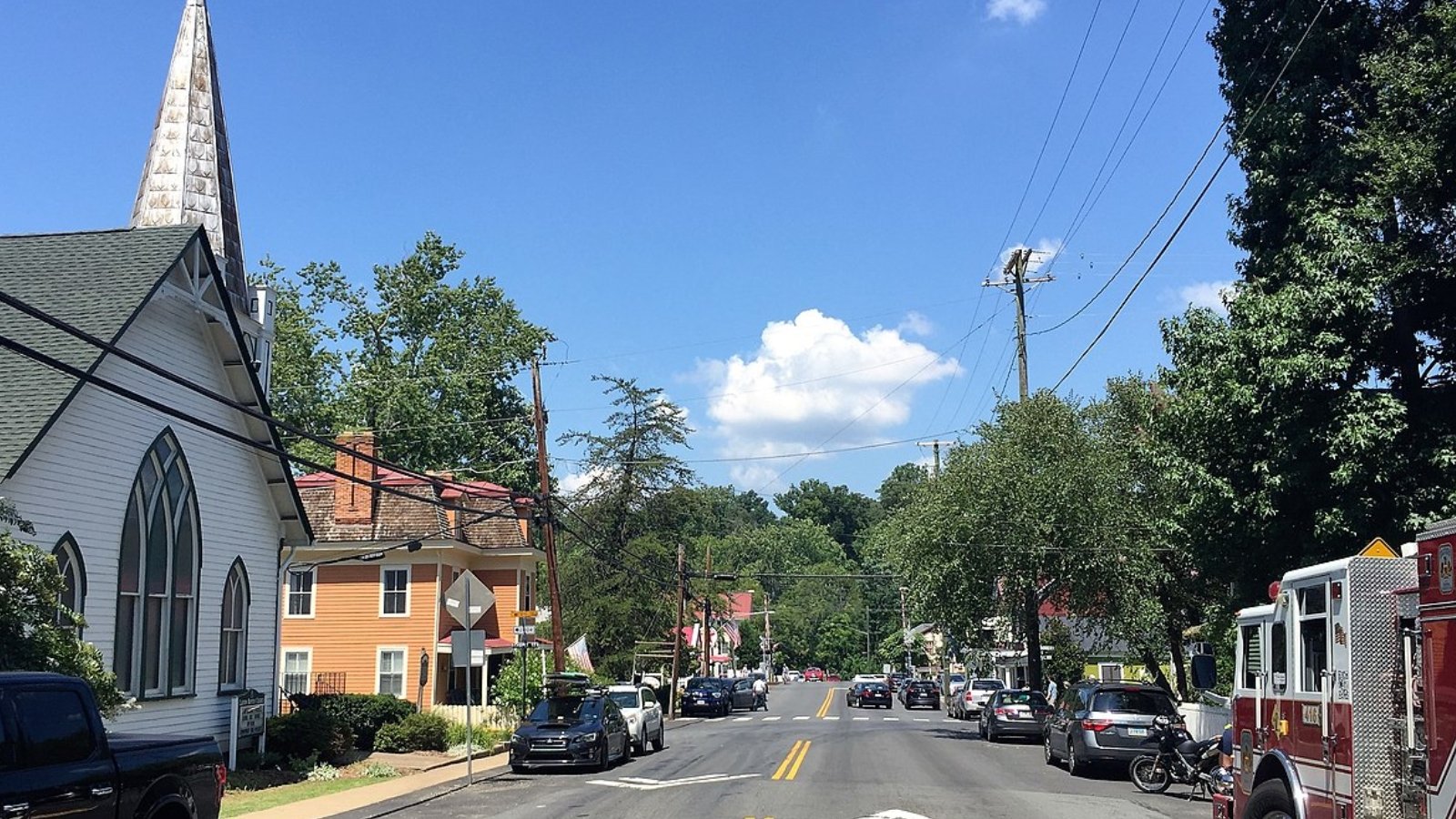
Why are people willing to pay so much to live here? What’s special about it?
Clifton offers historic small-town charm combined with proximity to Northern Virginia’s economic opportunities and excellent schools. The area attracts affluent families seeking authentic character, local businesses, and a close-knit community feel while maintaining access to modern amenities. The town’s preservation of its Victorian-era architecture appeals to buyers seeking unique environments.
The community features a historic main street, antique shops, local restaurants, and community events that create genuine small-town atmosphere. Residents value the balance of historic preservation and modern convenience that Clifton provides within Fairfax County.
How Clifton Rose to Prominence
Clifton’s prominence grew from its successful preservation of 19th-century character while adapting to modern residential needs. The town developed around the railroad in the 1860s and maintained its Victorian charm through careful historic preservation and community planning efforts.
The community’s appeal increased as affluent buyers sought alternatives to generic suburban developments, preferring Clifton’s authentic historic character and walkable downtown. The town’s location in Fairfax County provides excellent services while maintaining a distinct small-town identity.
3 Interesting Tidbits
- Victorian Architecture – Clifton features numerous well-preserved Victorian-era homes and buildings that give the town its distinctive character.
- Antique Destination – The town’s historic main street houses several antique shops and boutiques that attract visitors from across the region.
- Community Preservation – Clifton has successfully maintained its small-town character despite being surrounded by Northern Virginia’s suburban development.
10. Catharpin – 96% Home Price Increase Since 2010
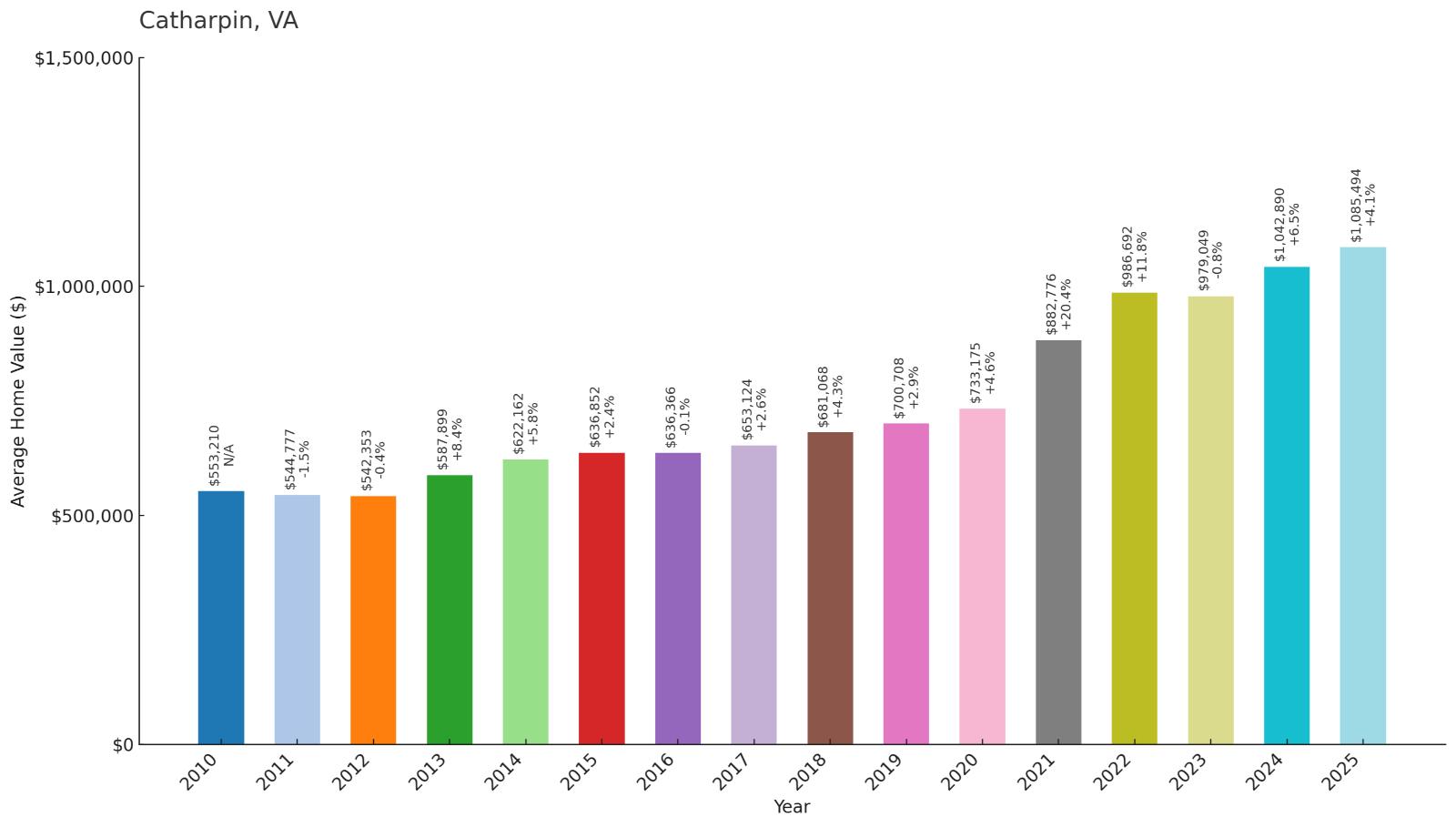
- 2010: $553,210
- 2011: $544,777
- 2012: $542,353
- 2013: $587,899
- 2014: $622,162
- 2015: $636,852
- 2016: $636,366
- 2017: $653,124
- 2018: $681,068
- 2019: $700,708
- 2020: $733,175
- 2021: $882,776
- 2022: $986,692
- 2023: $979,049
- 2024: $1,042,890
- 2025: $1,085,494
Catharpin has nearly doubled with 96% growth since 2010, showing steady appreciation through most years before accelerating during the pandemic period. The community maintained consistent gains through the 2010s before experiencing significant jumps after 2020. Current values at $1,085,494 reflect strong demand for this Prince William County location.
Why Catharpin?
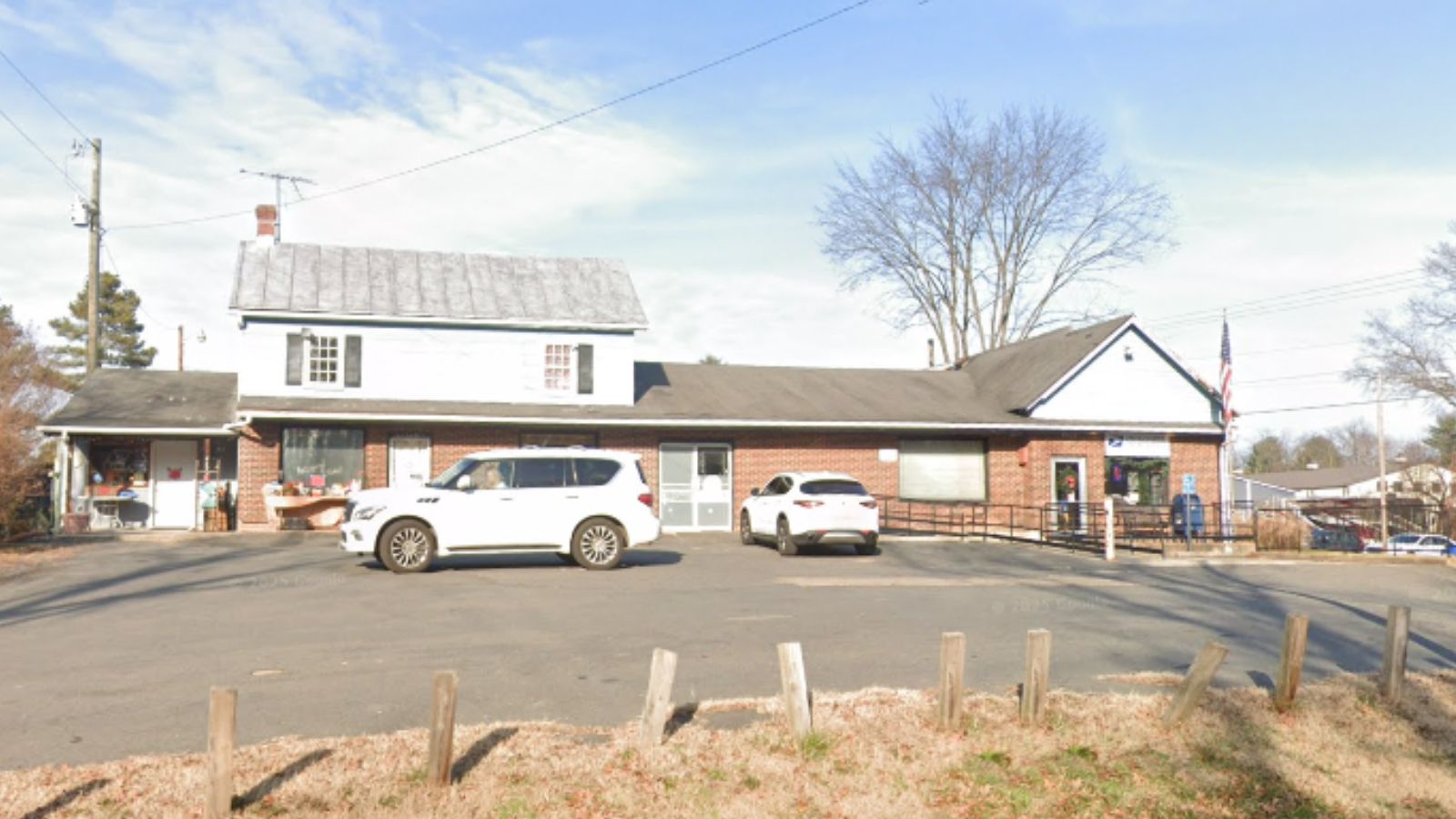
Why are people willing to pay so much to live here? What’s special about it?
Catharpin attracts affluent buyers seeking rural tranquility, large estates, and historic significance while remaining within commuting distance of Northern Virginia jobs. The area offers custom homes on substantial acreage, providing space and privacy that suburban developments cannot match. History enthusiasts appreciate the area’s Civil War significance and preserved battlefields.
The community features luxury homes, horse properties, and natural beauty that create an exclusive rural environment. Residents value the peaceful setting, outdoor recreation opportunities, and historical character that define this prestigious area.
How Catharpin Rose to Prominence
Catharpin’s prominence grew from its historical significance and transformation into a luxury residential area for affluent Northern Virginia residents. The area’s Civil War history and rural character attracted buyers seeking prestigious country living with historical importance.
The community’s appeal increased as wealthy residents sought estate properties within reasonable commuting distance of urban jobs. Catharpin became synonymous with luxury rural living, offering custom estates and historical significance for those seeking premium country lifestyles.
3 Interesting Tidbits
- Civil War History – Catharpin was the site of significant Civil War activity, with preserved battlefields and historical sites throughout the area.
- Rural Luxury – The area represents premium rural living with custom estates and extensive acreage appealing to affluent buyers.
- Historic Preservation – The community balances modern luxury living with preservation of its significant historical heritage.
9. Aldie – 117% Home Price Increase Since 2010

- 2010: $501,088
- 2011: $497,161
- 2012: $518,762
- 2013: $561,582
- 2014: $594,302
- 2015: $598,454
- 2016: $604,215
- 2017: $626,006
- 2018: $648,199
- 2019: $675,579
- 2020: $712,776
- 2021: $862,657
- 2022: $999,093
- 2023: $972,351
- 2024: $1,048,689
- 2025: $1,089,707
Aldie has more than doubled with 117% growth since 2010, showing steady appreciation through the 2010s before accelerating dramatically during the pandemic years. The community maintained consistent gains before experiencing significant jumps after 2020. Current values at $1,089,707 reflect strong demand for this Loudoun County location.
Why Aldie?
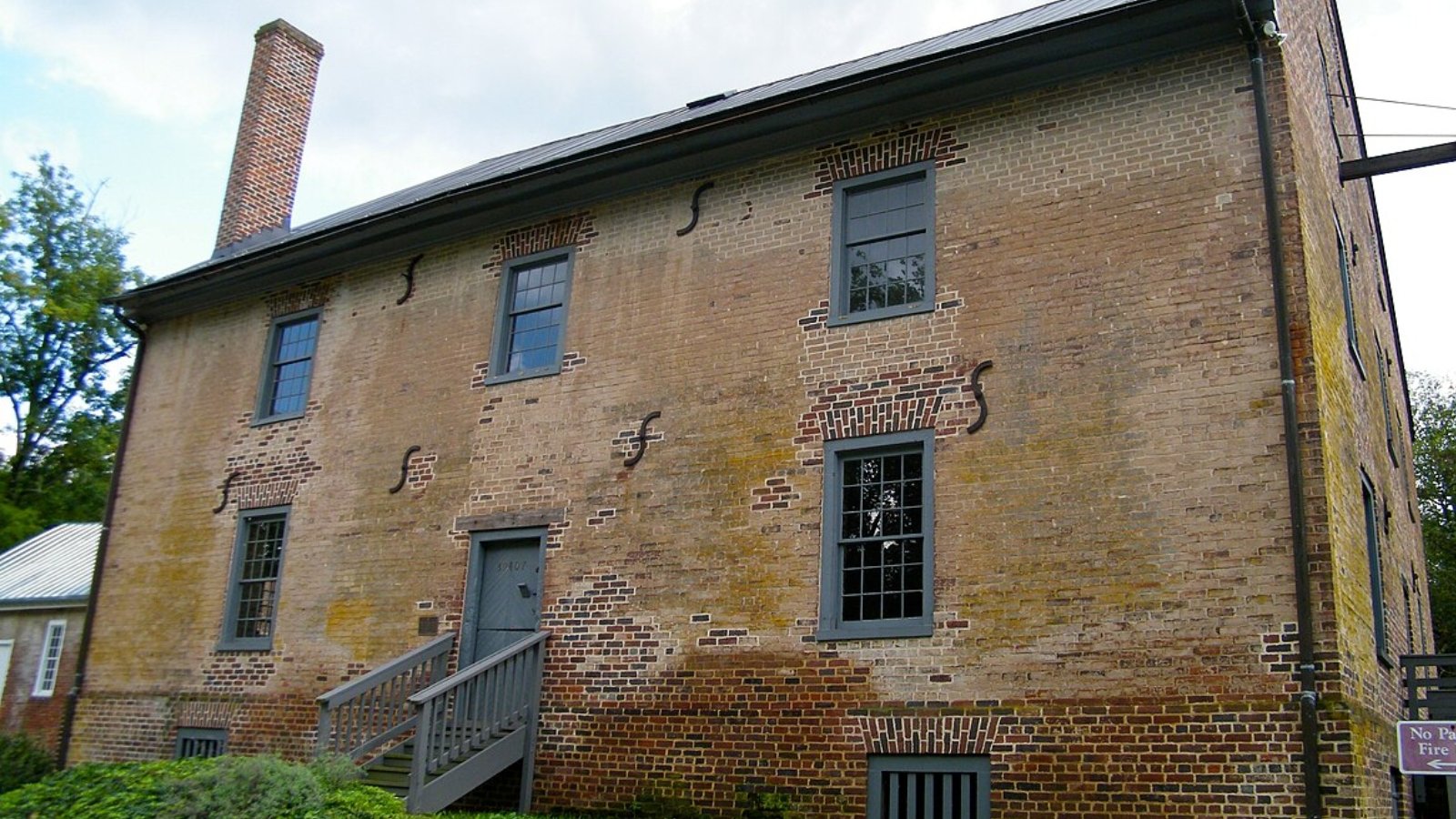
Why are people willing to pay so much to live here? What’s special about it?
Aldie attracts affluent buyers seeking rural luxury, historic charm, and proximity to Northern Virginia’s economic opportunities. The area offers custom estates, equestrian facilities, and small-town character while maintaining access to excellent schools and modern amenities. Families value the space, privacy, and quality of life that Aldie provides.
The community features historic properties, horse farms, and luxury developments that create an exclusive environment. Residents appreciate the balance of rural beauty and suburban convenience, with easy access to shopping, dining, and recreational facilities.
How Aldie Rose to Prominence
Aldie’s prominence grew from its historic significance and transformation into a luxury residential community within Loudoun County. The area’s location along historic routes and its agricultural heritage attracted developers who created high-end communities while preserving local character.
The community’s appeal increased as affluent families sought alternatives to dense suburban developments, preferring Aldie’s rural charm and spacious properties. The area became synonymous with upscale country living, offering luxury amenities and natural beauty for discerning buyers.
3 Interesting Tidbits
- Historic Mill – The Aldie Mill, dating to the early 1800s, serves as a historic landmark and symbol of the community’s agricultural heritage.
- Equestrian Culture – The area maintains a strong horse-friendly culture with numerous stables, riding trails, and equestrian events.
- Wine Country Access – Aldie provides easy access to Loudoun County’s extensive wine country and agricultural tourism attractions.
8. Oakton – 68% Home Price Increase Since 2010
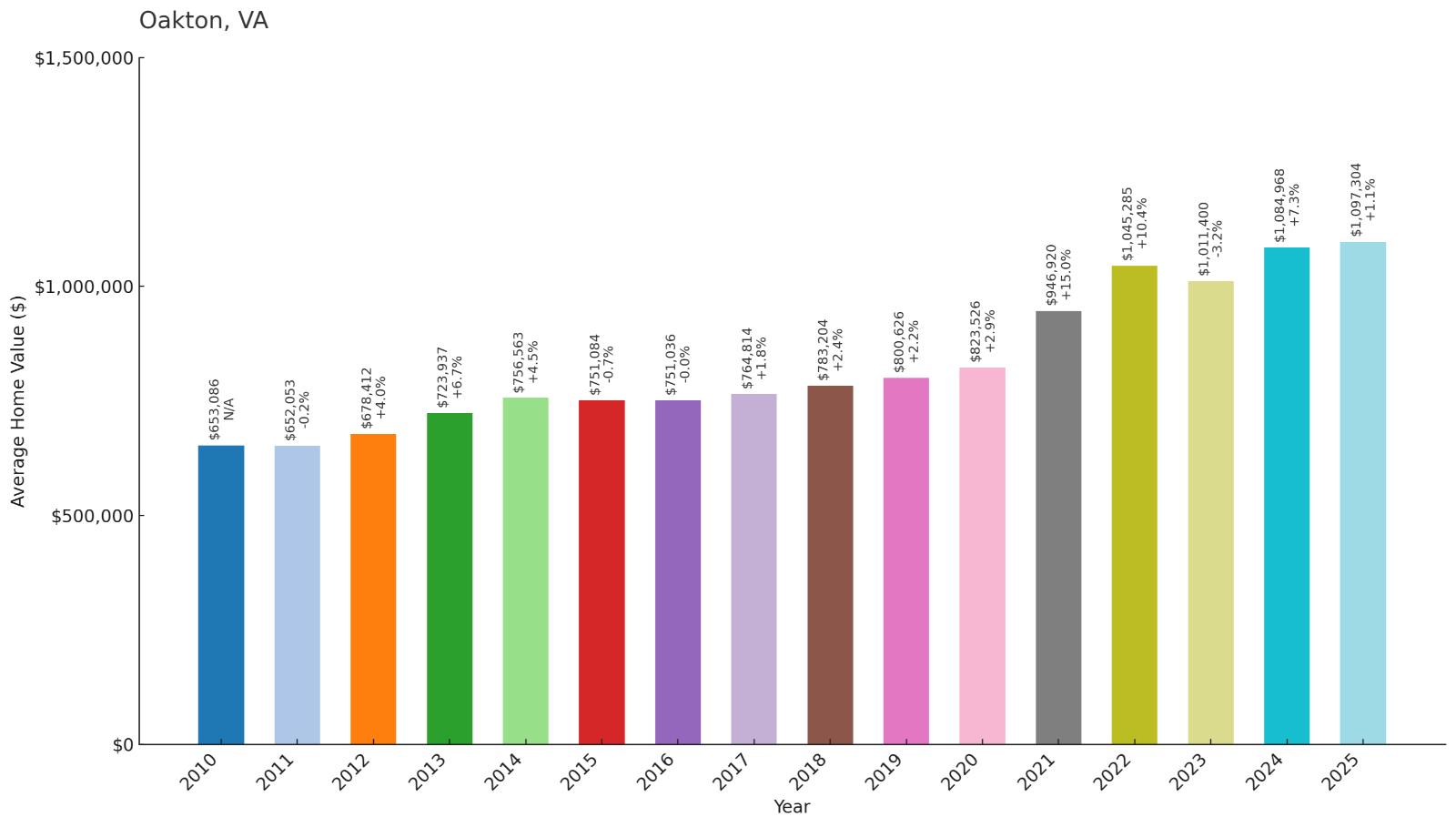
- 2010: $653,086
- 2011: $652,053
- 2012: $678,412
- 2013: $723,937
- 2014: $756,563
- 2015: $751,084
- 2016: $751,036
- 2017: $764,814
- 2018: $783,204
- 2019: $800,626
- 2020: $823,526
- 2021: $946,920
- 2022: $1,045,285
- 2023: $1,011,400
- 2024: $1,084,968
- 2025: $1,097,304
Oakton achieved 68% growth since 2010, starting from a high baseline of over $650,000. The area showed steady appreciation through most years, with significant acceleration during the pandemic period. Current values at $1,097,304 reflect this Fairfax County community’s established prestige and desirable location.
Why Oakton?

Why are people willing to pay so much to live here? What’s special about it?
Oakton attracts affluent families seeking excellent schools, established neighborhoods, and proximity to Washington D.C. jobs. The area offers large homes on substantial lots, mature landscaping, and a suburban environment that balances privacy with convenience. Government executives and business professionals particularly value the location and community reputation.
The community features upscale neighborhoods, quality amenities, and easy access to shopping, dining, and recreational facilities. Residents appreciate the established character, excellent schools, and convenient location that make Oakton a premier Northern Virginia suburb.
How Oakton Rose to Prominence
Oakton’s prominence developed as an early suburban community for Washington D.C.’s professional class, with development accelerating during the post-World War II suburban expansion. The area’s location and natural features attracted developers who created upscale neighborhoods for affluent families.
The community’s appeal grew with Northern Virginia’s economic expansion, as Oakton became known for excellent schools and established neighborhoods. The area attracted high-income professionals seeking refined suburban living with convenient access to urban employment centers.
3 Interesting Tidbits
- School Excellence – Oakton High School is consistently ranked among Virginia’s top public schools, attracting families focused on education.
- Established Community – The area features mature neighborhoods with large trees and established landscaping that create an upscale suburban atmosphere.
- Convenient Location – Oakton provides easy access to major highways, Metro rail, and employment centers throughout Northern Virginia.
7. Middleburg – 106% Home Price Increase Since 2010
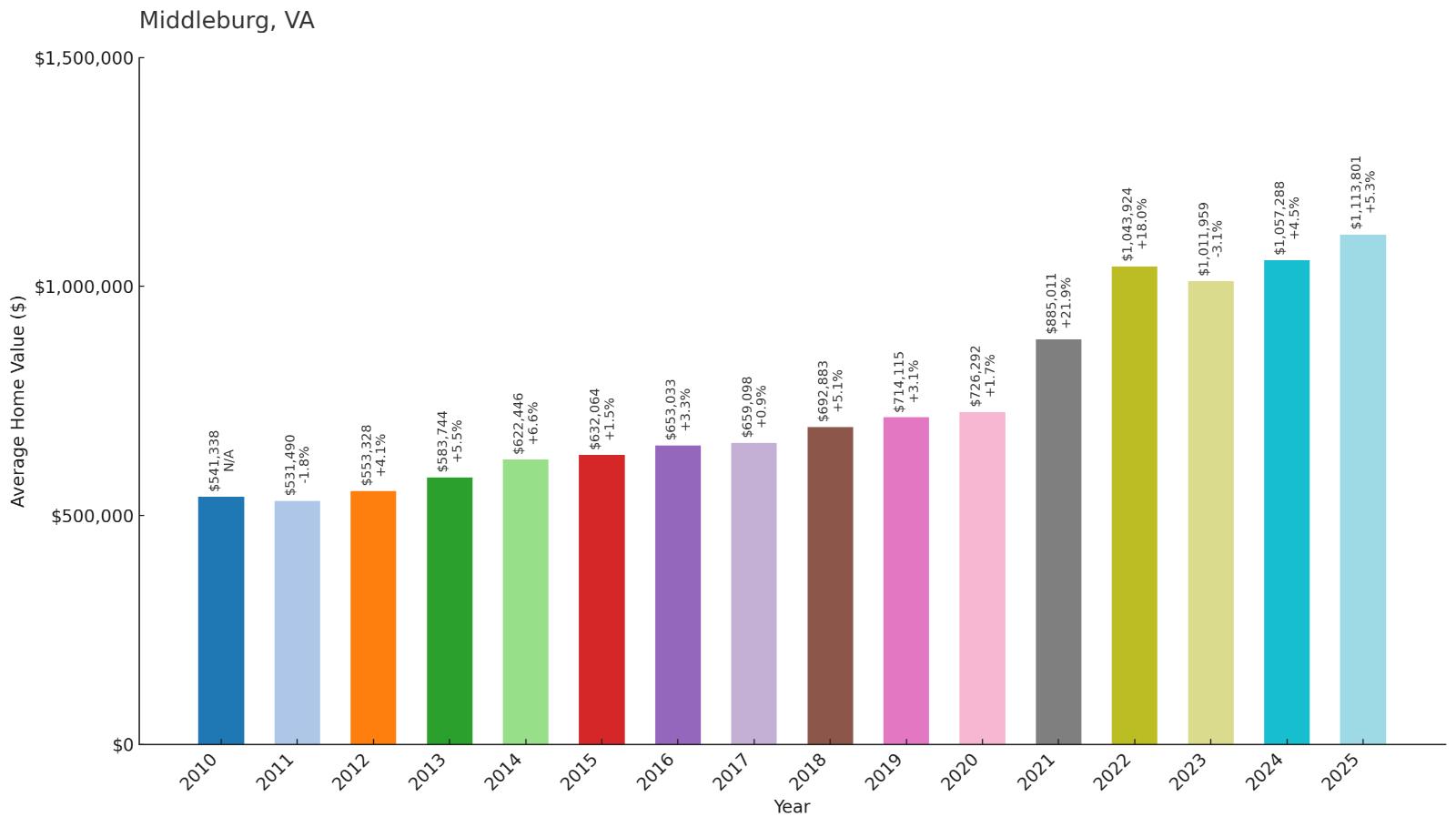
- 2010: $541,338
- 2011: $531,490
- 2012: $553,328
- 2013: $583,744
- 2014: $622,446
- 2015: $632,064
- 2016: $653,033
- 2017: $659,098
- 2018: $692,883
- 2019: $714,115
- 2020: $726,292
- 2021: $885,011
- 2022: $1,043,924
- 2023: $1,011,959
- 2024: $1,057,288
- 2025: $1,113,801
Middleburg has more than doubled with 106% growth since 2010, showing steady appreciation through the 2010s before accelerating during the pandemic years. The community maintained consistent gains before experiencing significant jumps after 2020. Current values at $1,113,801 reflect strong demand for this prestigious Loudoun County horse country town.
Why Middleburg?
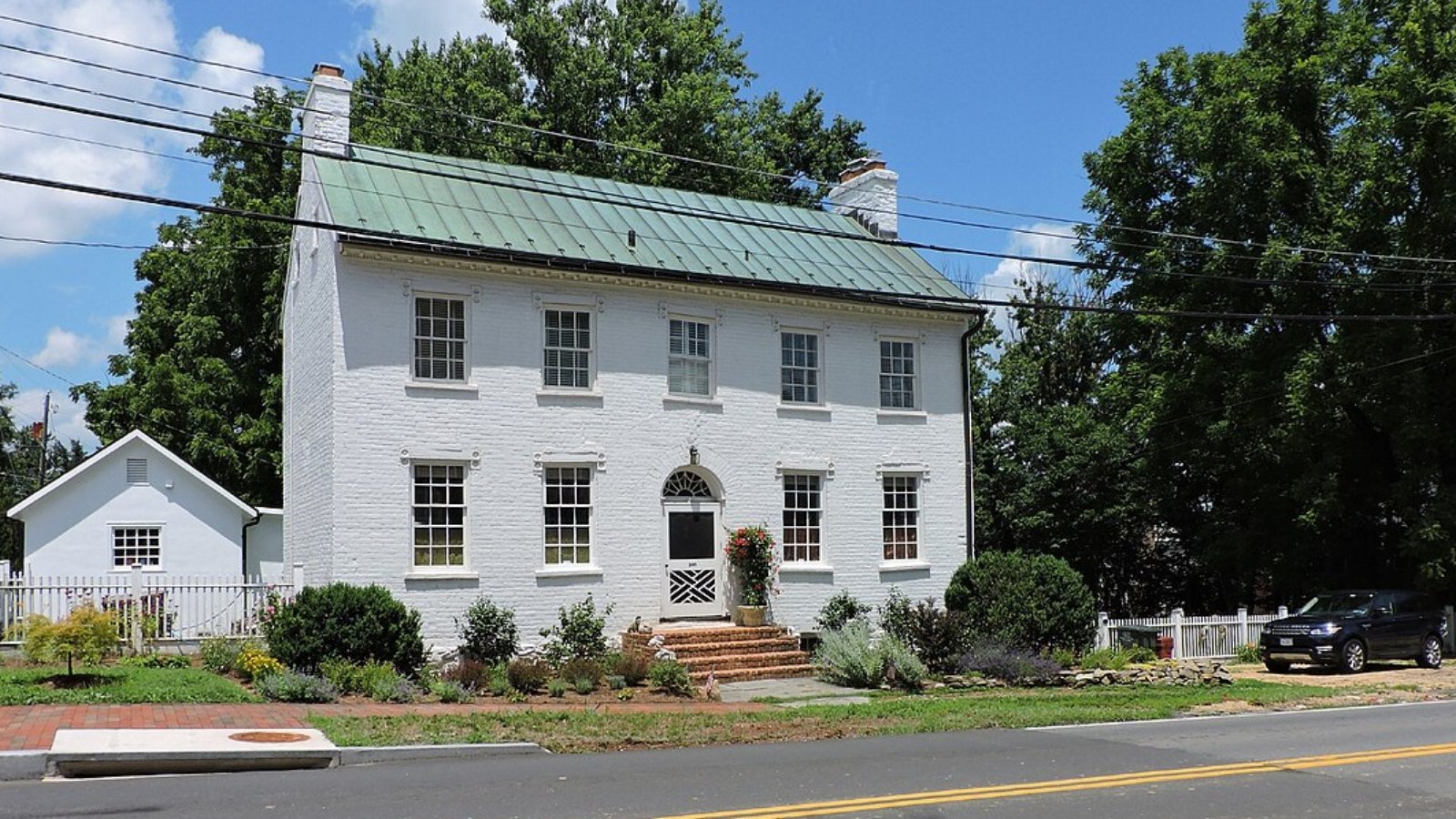
Why are people willing to pay so much to live here? What’s special about it?
Middleburg attracts affluent buyers seeking authentic horse country living, historic charm, and sophisticated rural culture. The area offers equestrian facilities, hunt clubs, boutique shopping, and fine dining while maintaining small-town character and community traditions. Wealthy horse enthusiasts and luxury rural living advocates particularly value the prestige and lifestyle.
The community features historic properties, horse farms, luxury estates, and a charming downtown that create an exclusive environment. Residents appreciate the equestrian culture, natural beauty, and sophisticated country atmosphere that define this prestigious Virginia location.
How Middleburg Rose to Prominence
Middleburg’s prominence grew from its central role in Virginia’s hunt country and its development as the social and commercial center of the region’s equestrian community. The town’s historic significance and strategic location made it a natural hub for horse-related activities and wealthy landowners.
The community’s appeal increased with Virginia’s reputation as premier horse country, attracting affluent buyers seeking authentic equestrian lifestyles and sophisticated rural living. Middleburg became synonymous with prestigious country living, offering hunt clubs, boutique shopping, and agricultural traditions for the wealthy elite.
3 Interesting Tidbits
- Hunt Country Capital – Middleburg serves as the unofficial capital of Virginia’s hunt country, hosting numerous equestrian events and hunt clubs.
- Boutique Shopping – The town’s historic main street features upscale boutiques, art galleries, and specialty shops catering to affluent residents and visitors.
- Salamander Resort – The luxury resort and spa adds to Middleburg’s appeal as a destination for wealthy residents and tourists seeking refined country experiences.
6. Vienna – 82% Home Price Increase Since 2010
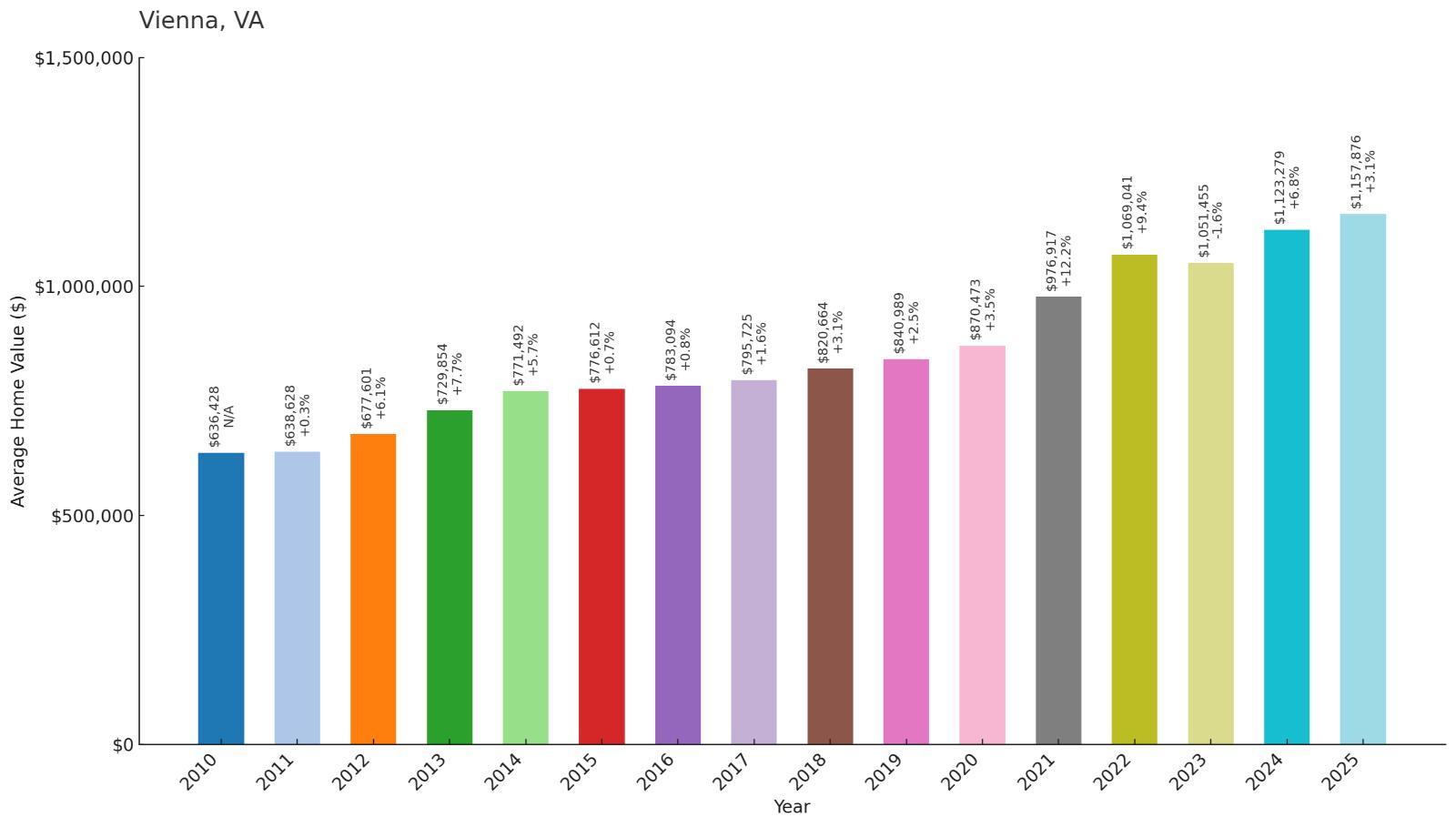
- 2010: $636,428
- 2011: $638,628
- 2012: $677,601
- 2013: $729,854
- 2014: $771,492
- 2015: $776,612
- 2016: $783,094
- 2017: $795,725
- 2018: $820,664
- 2019: $840,989
- 2020: $870,473
- 2021: $976,917
- 2022: $1,069,041
- 2023: $1,051,455
- 2024: $1,123,279
- 2025: $1,157,876
Vienna achieved 82% growth since 2010, starting from a substantial baseline of over $636,000. The area showed steady appreciation throughout the period, with consistent year-over-year gains and significant acceleration during the pandemic. Current values at $1,157,876 reflect Vienna’s status as one of Northern Virginia’s premier suburban communities.
Why Vienna?
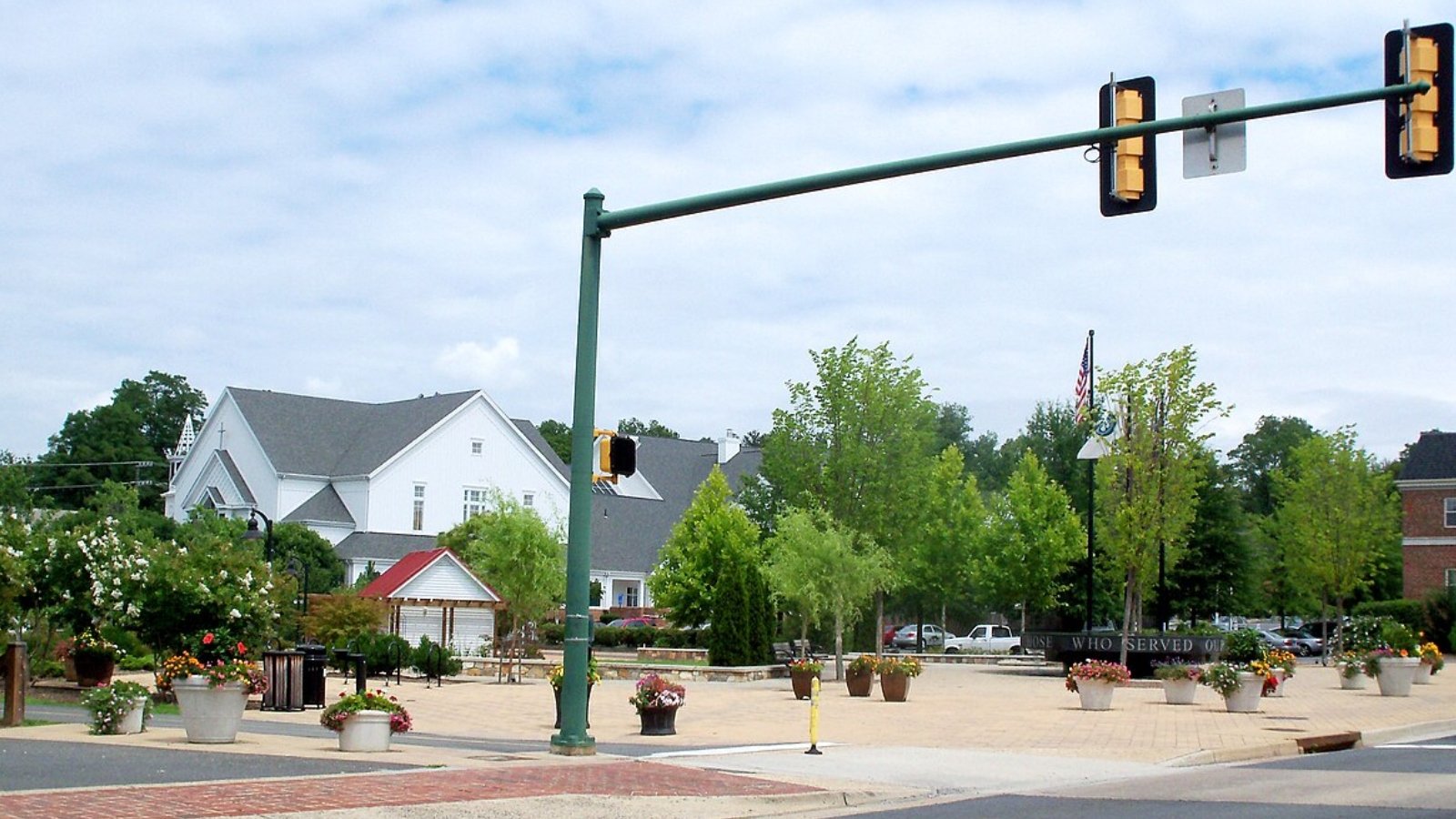
Why are people willing to pay so much to live here? What’s special about it?
Vienna attracts affluent families seeking excellent schools, established neighborhoods, and proximity to Washington D.C. jobs via Metro rail. The area offers a perfect blend of suburban amenities and small-town charm, with a vibrant downtown, community events, and tree-lined neighborhoods. Government officials and business executives particularly value the location and quality of life.
The community features upscale homes, mature landscaping, excellent shopping and dining, and strong civic engagement. Residents appreciate the balance of suburban convenience and community character that makes Vienna one of the most desirable places to live in Northern Virginia.
How Vienna Rose to Prominence
Vienna’s prominence developed from its strategic location and successful balance of suburban growth with small-town character. The town incorporated in 1890 and grew steadily as Washington D.C.’s suburban development expanded westward, particularly after World War II.
The arrival of Metro rail service in the 1980s significantly enhanced Vienna’s appeal, providing direct access to downtown D.C. while maintaining the town’s distinct identity. Vienna became a model for suburban communities that successfully preserve character while embracing modern amenities and transportation.
3 Interesting Tidbits
- Metro Terminus – Vienna hosts the western terminus of the Orange Line, making it a prime location for commuters to Washington D.C.
- Community Events – The town hosts numerous festivals and events, including the popular Vienna Halloween Parade and summer concerts that strengthen community bonds.
- Historic Downtown – Vienna’s charming downtown features local businesses, restaurants, and community gathering spaces that maintain the town’s small-town atmosphere.
5. Upperville – 68% Home Price Increase Since 2010

- 2010: $693,849
- 2011: $734,717
- 2012: $733,898
- 2013: $782,825
- 2014: $837,997
- 2015: $781,563
- 2016: $777,763
- 2017: $791,012
- 2018: $808,499
- 2019: $826,235
- 2020: $838,130
- 2021: $1,015,381
- 2022: $1,154,147
- 2023: $1,117,032
- 2024: $1,159,152
- 2025: $1,165,852
Upperville achieved 68% growth since 2010, starting from the highest baseline at nearly $700,000. The area showed steady appreciation through most years, with some volatility in the mid-2010s before significant acceleration during the pandemic period. Current values at $1,165,852 reflect this Fauquier County community’s elite status in Virginia’s horse country.
Why Upperville?
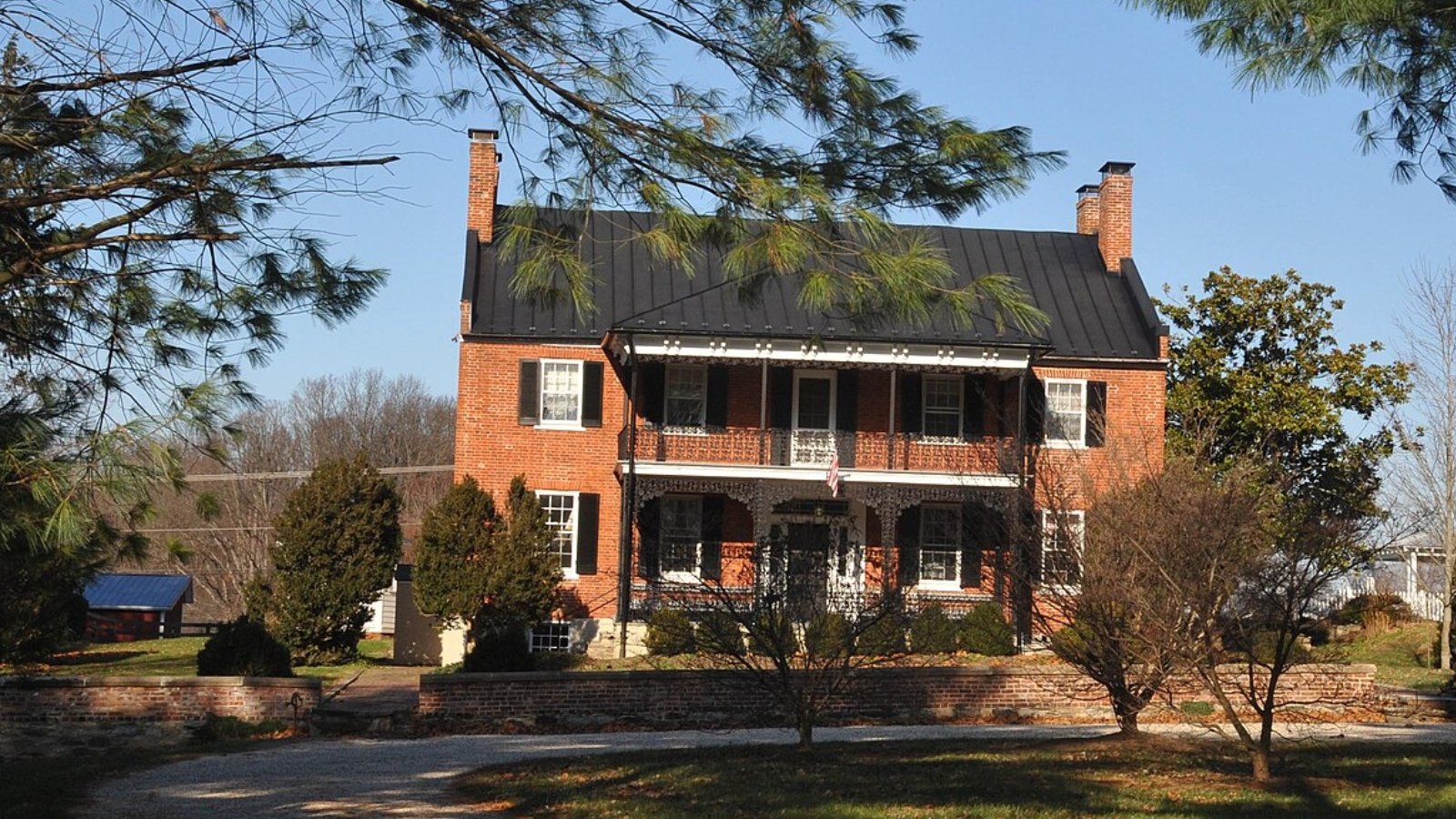
Why are people willing to pay so much to live here? What’s special about it?
Upperville attracts the most affluent buyers seeking the pinnacle of Virginia horse country living, historic prestige, and exclusive rural estates. The area offers world-class equestrian facilities, hunt clubs, and agricultural amenities while maintaining the highest standards of luxury rural living. Wealthy horse enthusiasts and elite rural living advocates particularly value the exclusivity and tradition.
The community features historic estates, championship horse farms, and luxury properties that create the most exclusive rural environment in Virginia. Residents appreciate the equestrian traditions, natural beauty, and sophisticated country culture that define this prestigious location.
How Upperville Rose to Prominence
Upperville’s prominence grew from its position as the heart of Virginia’s most prestigious horse country and its development as the social center of the region’s elite equestrian community. The area’s historic significance and natural beauty attracted the wealthiest landowners and horse enthusiasts.
The community’s appeal increased with Virginia’s reputation as the premier location for fox hunting and horse breeding in America. Upperville became synonymous with the highest levels of equestrian sport and rural luxury, attracting international buyers seeking authentic American horse country experiences.
3 Interesting Tidbits
- Upperville Horse Show – The annual horse show, held since 1853, is one of America’s oldest and most prestigious equestrian events.
- Hunt Country Elite – Upperville represents the pinnacle of Virginia’s hunt country, attracting the wealthiest horse enthusiasts and rural estate owners.
- Historic Estates – The area features numerous historic estates and manor houses that have been home to American elite families for generations.
4. Dunn Loring – 90% Home Price Increase Since 2010
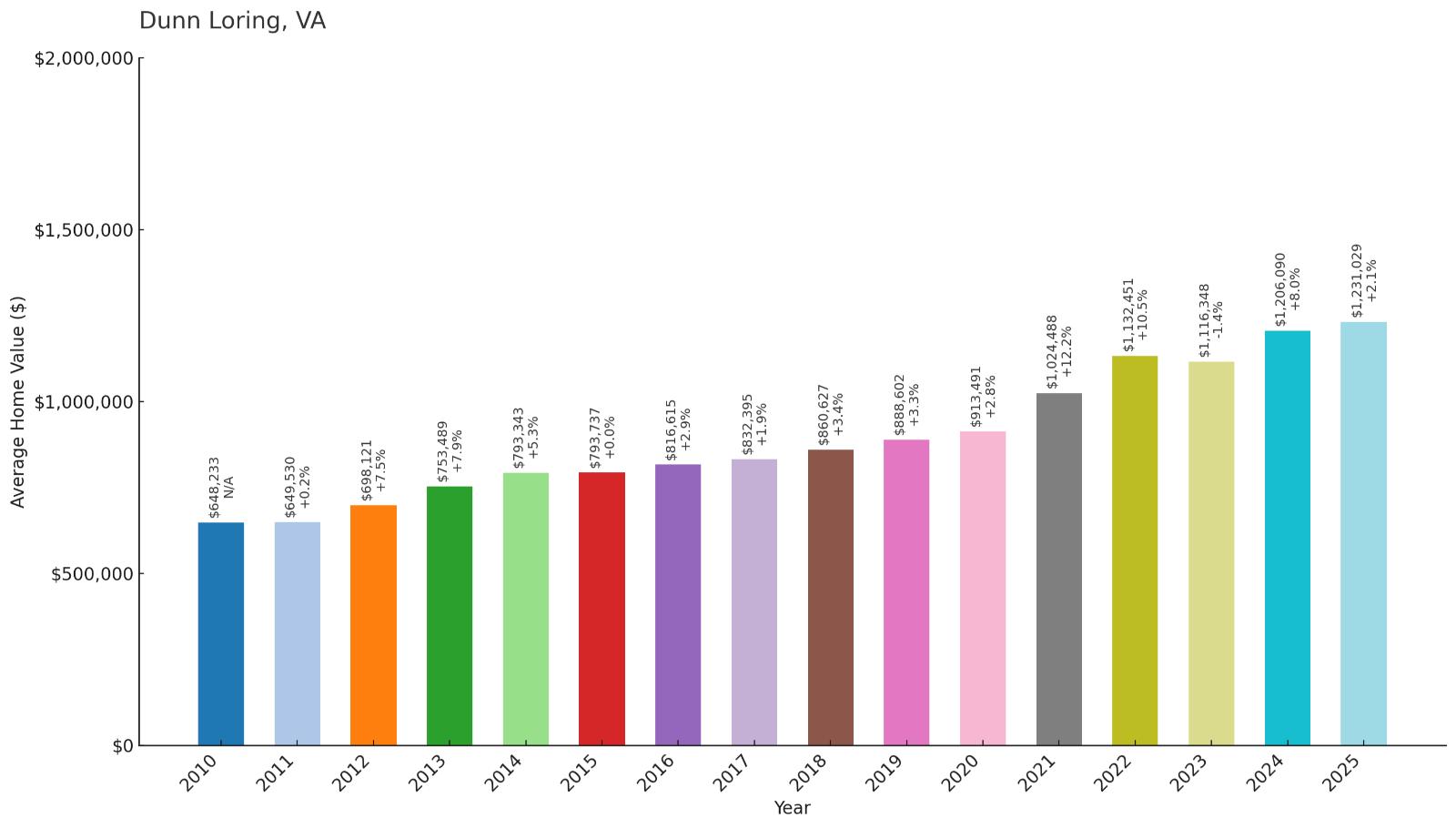
- 2010: $648,233
- 2011: $649,530
- 2012: $698,121
- 2013: $753,489
- 2014: $793,343
- 2015: $793,737
- 2016: $816,615
- 2017: $832,395
- 2018: $860,627
- 2019: $888,602
- 2020: $913,491
- 2021: $1,024,488
- 2022: $1,132,451
- 2023: $1,116,348
- 2024: $1,206,090
- 2025: $1,231,029
Dunn Loring achieved 90% growth since 2010, starting from a high baseline of nearly $650,000. The area showed steady appreciation throughout the period, with consistent gains and significant acceleration during the pandemic years. Current values at $1,231,029 reflect this Fairfax County community’s premium location and exclusive character.
Why Dunn Loring?
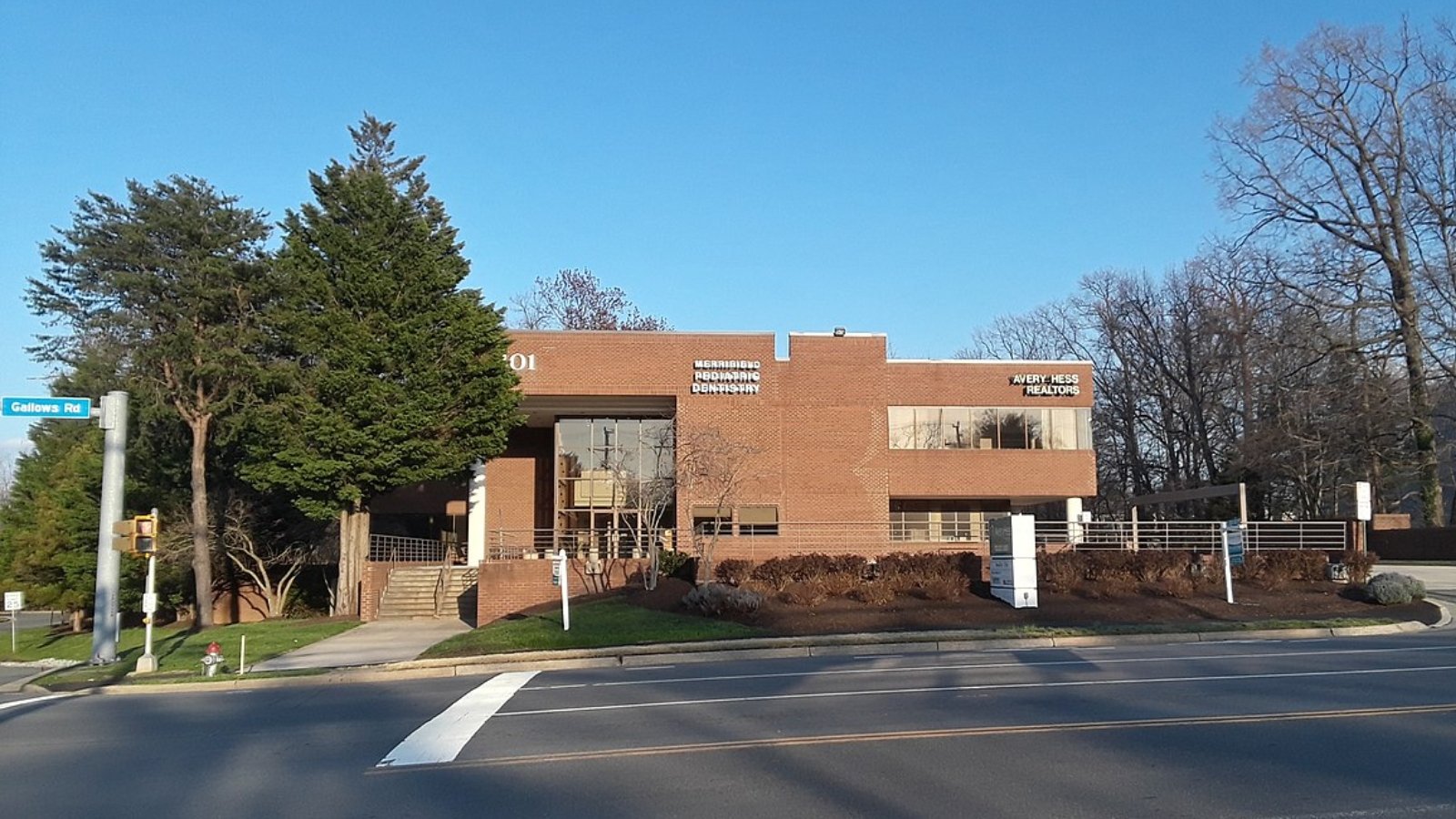
Why are people willing to pay so much to live here? What’s special about it?
Dunn Loring attracts affluent professionals seeking luxury suburban living with excellent Metro access to Washington D.C. The area offers upscale neighborhoods, mature trees, and proximity to Tysons Corner’s shopping and business district. Government executives and business leaders particularly value the convenient location and established prestige.
The community features luxury homes, excellent schools, and easy access to both urban amenities and suburban tranquility. Residents appreciate the balance of convenience and exclusivity that makes Dunn Loring one of Northern Virginia’s most sought-after addresses.
How Dunn Loring Rose to Prominence
Dunn Loring rose to prominence through its strategic location between Vienna and Falls Church, providing easy access to both Metro rail and major employment centers. The area developed as an exclusive enclave for affluent families seeking luxury suburban living with urban convenience.
The community’s appeal grew with the development of Tysons Corner and the expansion of Northern Virginia’s economy. Dunn Loring became synonymous with upscale suburban living, attracting high-income professionals who valued both the location and the community’s established character.
3 Interesting Tidbits
- Metro Access – The nearby East Falls Church Metro station provides excellent connectivity to downtown Washington D.C. and other Northern Virginia locations.
- Tysons Proximity – The area’s closeness to Tysons Corner offers residents access to major shopping, dining, and business opportunities.
- Luxury Enclave – Dunn Loring represents one of Northern Virginia’s most exclusive suburban communities, with custom homes and established neighborhoods.
3. Waterford – 109% Home Price Increase Since 2010

- 2010: $622,410
- 2011: $592,980
- 2012: $616,583
- 2013: $651,906
- 2014: $695,135
- 2015: $707,933
- 2016: $708,450
- 2017: $713,031
- 2018: $742,999
- 2019: $771,544
- 2020: $801,484
- 2021: $981,084
- 2022: $1,143,416
- 2023: $1,151,259
- 2024: $1,230,373
- 2025: $1,298,209
Waterford has more than doubled with 109% growth since 2010, showing steady appreciation through the 2010s before accelerating dramatically during the pandemic years. The community maintained consistent gains before experiencing significant jumps after 2020. Current values at $1,298,209 reflect strong demand for this historic Loudoun County village.
Why Waterford?
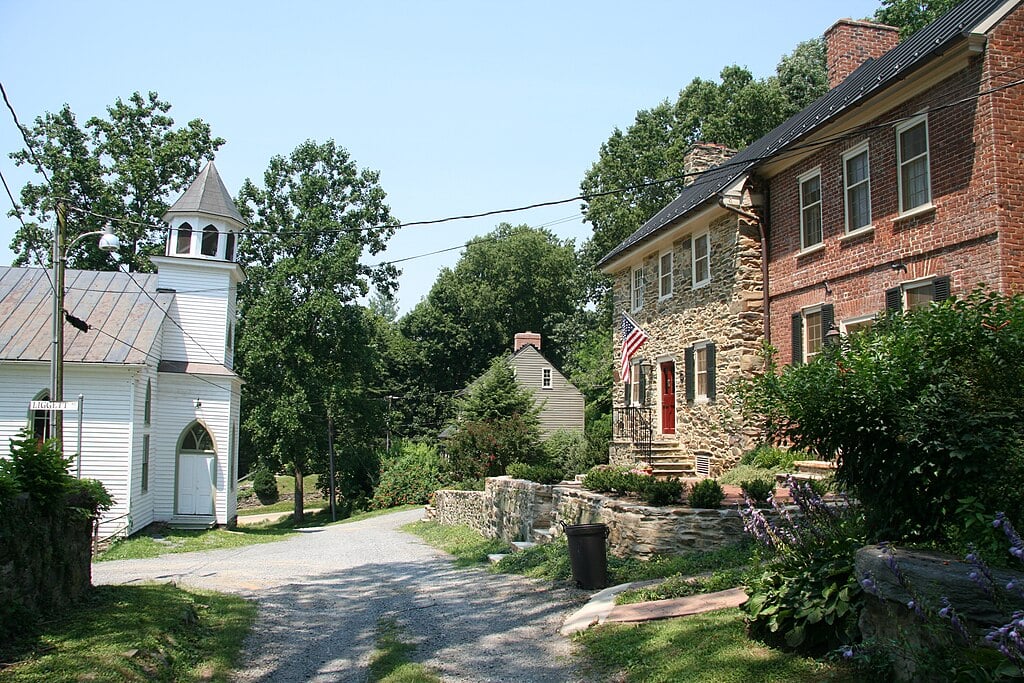
Why are people willing to pay so much to live here? What’s special about it?
Waterford attracts buyers seeking historic preservation, architectural authenticity, and small-town charm within Loudoun County’s excellent services. The area offers a National Historic Landmark village with 18th and 19th-century architecture, community events, and agricultural surroundings. History enthusiasts and preservation advocates particularly value the authentic character and cultural significance.
The community features historic homes, traditional architecture, and cultural events that create a unique living environment unlike anywhere else in Northern Virginia. Residents appreciate living in a preserved historic village while maintaining access to modern amenities and excellent schools.
How Waterford Rose to Prominence
Waterford’s prominence grew from its successful preservation as a National Historic Landmark and its transformation into an exclusive residential community. The village’s 18th-century origins and careful preservation efforts attracted buyers seeking authentic historic living experiences.
The community’s appeal increased as affluent buyers sought unique properties with historical significance and architectural authenticity. Waterford became synonymous with historic preservation and exclusive living, offering a rare opportunity to own property in a completely preserved colonial village.
3 Interesting Tidbits
- National Historic Landmark – Waterford is designated as a National Historic Landmark, ensuring the preservation of its 18th and 19th-century character.
- Annual Fair – The Waterford Fair, held annually since 1943, celebrates the village’s history and crafts traditions, attracting thousands of visitors.
- Architectural Authenticity – The village features numerous original colonial and Federal-period buildings that provide residents with authentic historic living experiences.
2. McLean – 78% Home Price Increase Since 2010
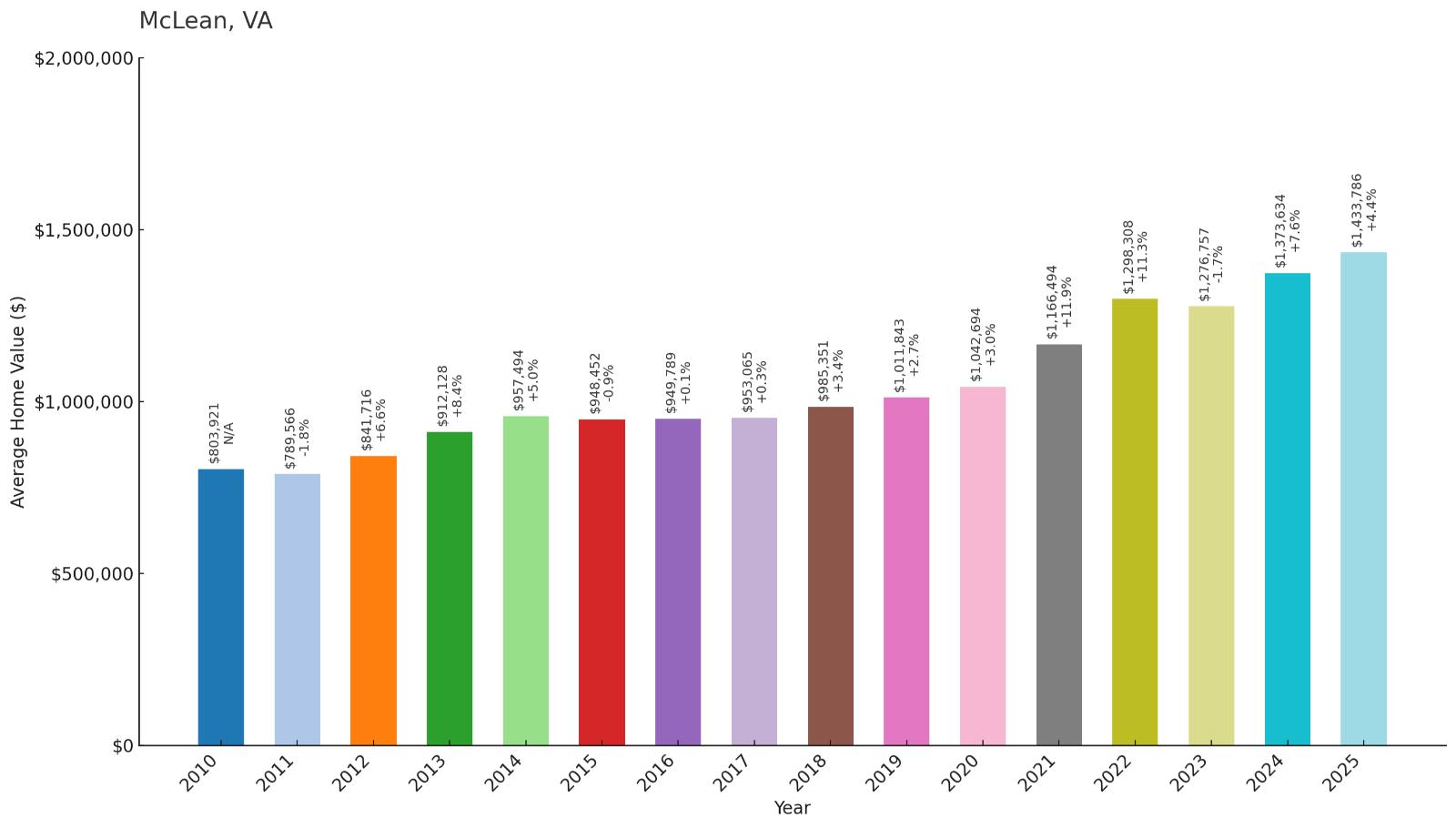
- 2010: $803,921
- 2011: $789,566
- 2012: $841,716
- 2013: $912,128
- 2014: $957,494
- 2015: $948,452
- 2016: $949,789
- 2017: $953,065
- 2018: $985,351
- 2019: $1,011,843
- 2020: $1,042,694
- 2021: $1,166,494
- 2022: $1,298,308
- 2023: $1,276,757
- 2024: $1,373,634
- 2025: $1,433,786
McLean achieved 78% growth since 2010, starting from the highest baseline at over $800,000. The area showed steady appreciation throughout the period, with consistent gains and significant acceleration during recent years. Current values at $1,433,786 reflect McLean’s status as one of America’s most prestigious suburban communities.
Why McLean?
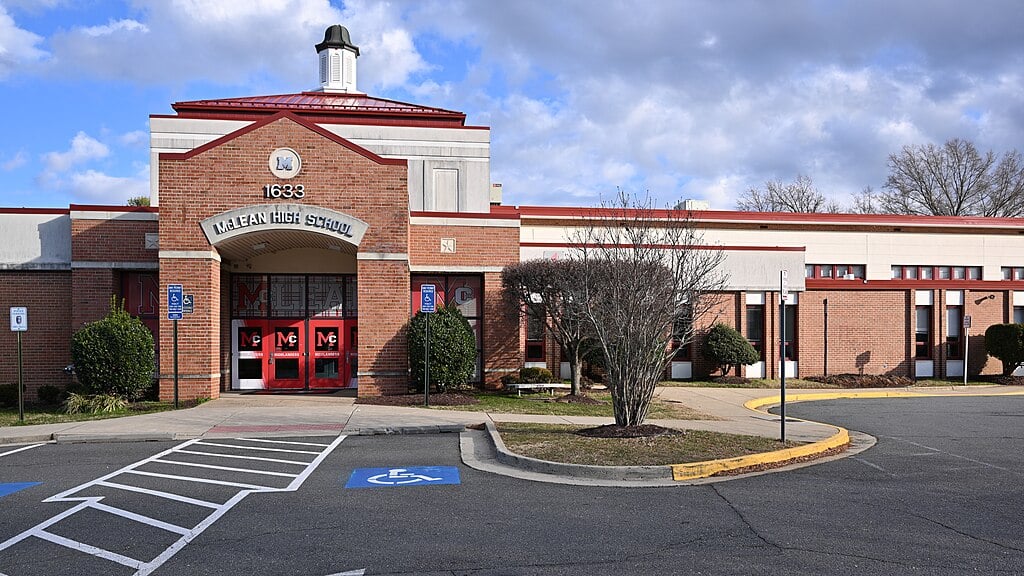
Why are people willing to pay so much to live here? What’s special about it?
McLean attracts the nation’s political and business elite seeking the pinnacle of suburban luxury with proximity to Washington D.C. power centers. The area offers mansion-sized homes, excellent schools, and an established community of high-achievers including government officials, business executives, and international diplomats. The location provides prestige, convenience, and access to the highest levels of American society.
The community features luxury estates, world-class amenities, and a social environment that connects residents to national and international networks. McLean represents the ultimate in American suburban achievement, offering both material luxury and social capital for the nation’s elite.
How McLean Rose to Prominence
McLean’s prominence developed from its strategic location near Washington D.C. and CIA headquarters, attracting government officials, diplomats, and business leaders who needed convenient access to national power centers. The area’s natural beauty and large lots made it ideal for luxury residential development.
The community’s appeal grew as it became home to presidents, senators, Supreme Court justices, and Fortune 500 executives. McLean established itself as America’s premier political suburb, where proximity to power and luxury living converge to create one of the nation’s most exclusive residential areas.
3 Interesting Tidbits
- CIA Headquarters – McLean houses the CIA’s Langley headquarters, making it a center of national security operations and attracting intelligence community professionals.
- Political Elite – The community has been home to numerous presidents, senators, Supreme Court justices, and other high-ranking government officials.
- Luxury Shopping – Tysons Galleria and Tysons Corner Center provide world-class shopping and dining options just minutes from McLean neighborhoods.
1. Great Falls – 74% Home Price Increase Since 2010
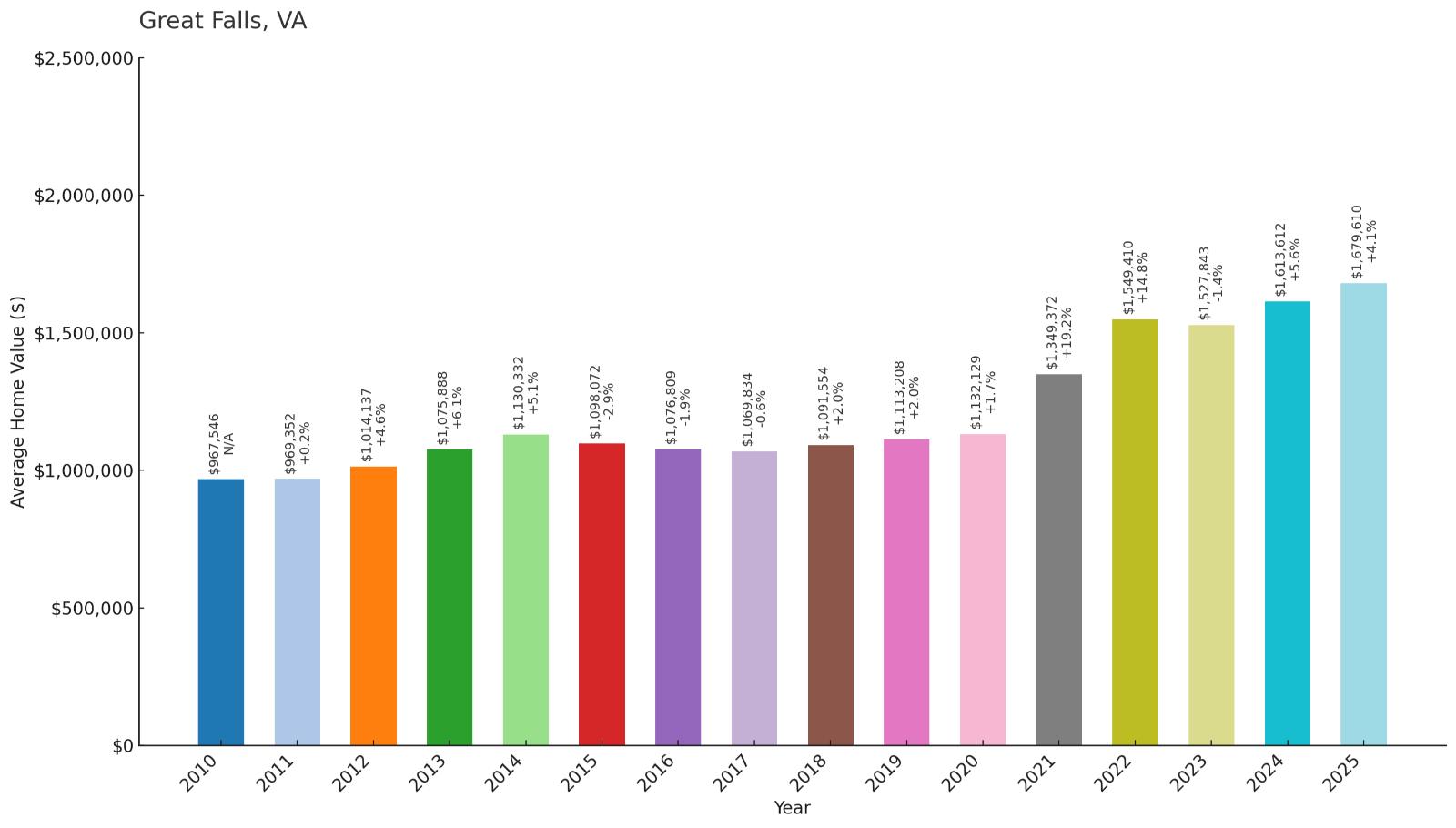
- 2010: $967,546
- 2011: $969,352
- 2012: $1,014,137
- 2013: $1,075,888
- 2014: $1,130,332
- 2015: $1,098,072
- 2016: $1,076,809
- 2017: $1,069,834
- 2018: $1,091,554
- 2019: $1,113,208
- 2020: $1,132,129
- 2021: $1,349,372
- 2022: $1,549,410
- 2023: $1,527,843
- 2024: $1,613,612
- 2025: $1,679,610
Great Falls achieved 74% growth since 2010, starting from the highest baseline at nearly $970,000. The area showed steady appreciation through most years, with some volatility in the mid-2010s before dramatic acceleration during the pandemic period. Current values at $1,679,610 make Great Falls Virginia’s most expensive community by a significant margin.
Why Great Falls?

Why are people willing to pay so much to live here? What’s special about it?
Great Falls attracts America’s wealthiest individuals seeking the ultimate in luxury suburban living with natural beauty and privacy. The area offers mansion-sized estates on multi-acre lots, world-class amenities, and proximity to the Potomac River’s natural recreation areas. Tech executives, political leaders, and international business figures particularly value the exclusivity and prestige.
The community features custom luxury homes, extensive private grounds, and access to Great Falls Park’s natural beauty while maintaining convenient access to Washington D.C. Great Falls represents the pinnacle of American suburban achievement, combining natural splendor with unlimited luxury for the nation’s elite.
How Great Falls Rose to Prominence
Great Falls’ prominence developed from its unique combination of natural beauty, large estates, and proximity to Washington D.C. power centers. The area’s location along the Potomac River and its substantial lot sizes attracted the wealthiest families seeking privacy and luxury within commuting distance of the capital.
The community’s appeal grew as it became synonymous with ultimate luxury living, attracting tech billionaires, political dynasties, and international elite who could afford multi-million dollar estates. Great Falls established itself as Virginia’s most exclusive community, where natural beauty and unlimited wealth create an unparalleled living environment.
3 Interesting Tidbits
- Tech Billionaire Haven – Great Falls has become home to numerous technology executives and entrepreneurs, including several billionaire residents.
- Potomac River Access – The community’s location along the Potomac River provides residents with access to Great Falls Park and extensive natural recreation opportunities.
- Ultimate Luxury – Great Falls represents the absolute pinnacle of Virginia real estate, with some of the largest and most expensive homes in the state.






